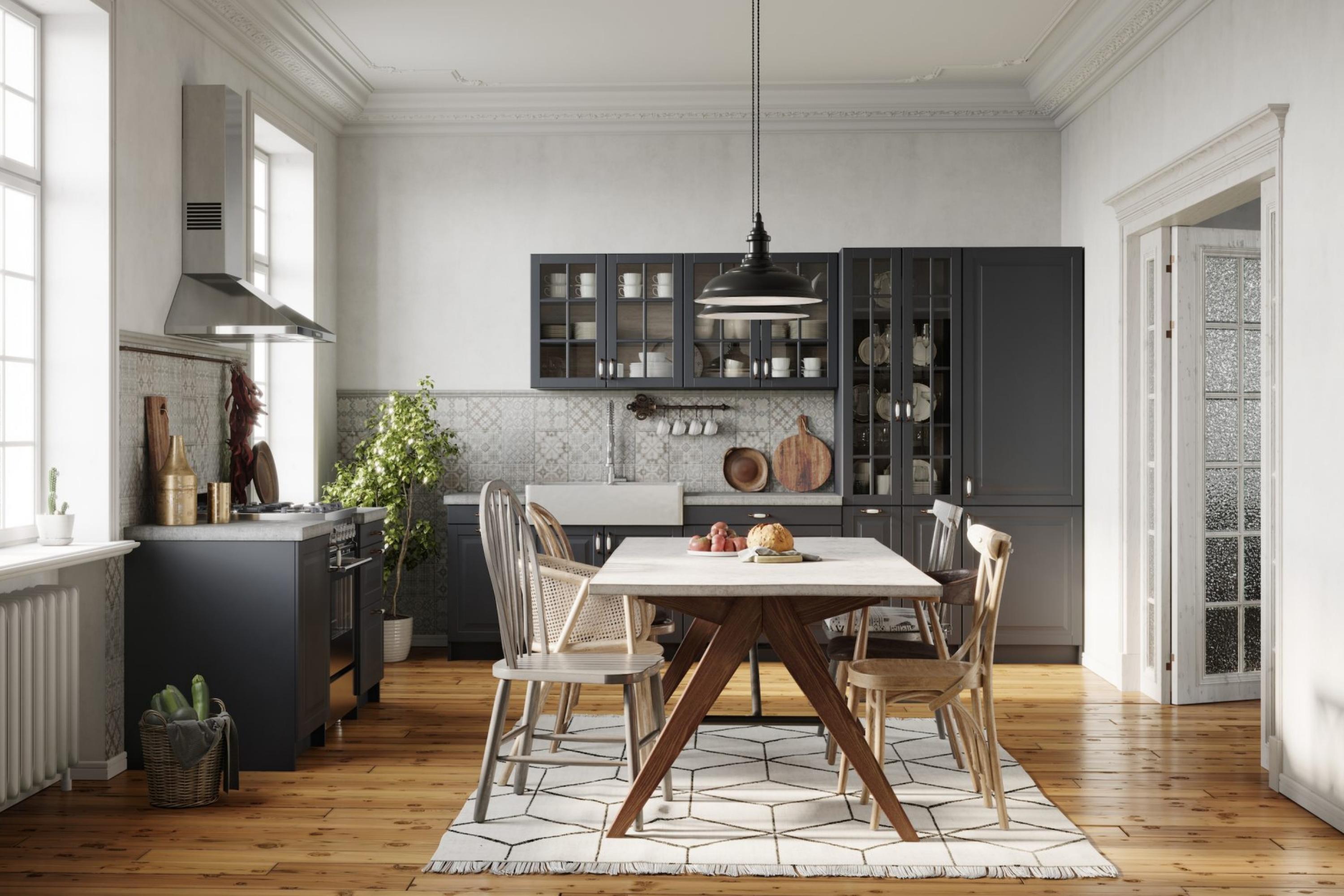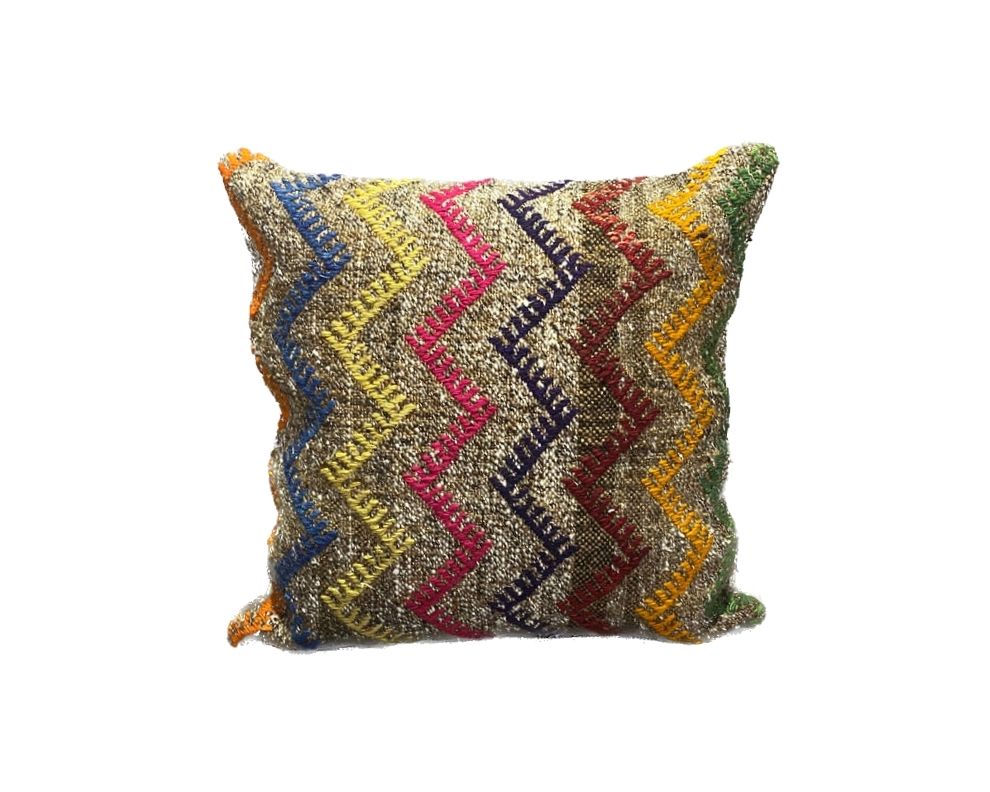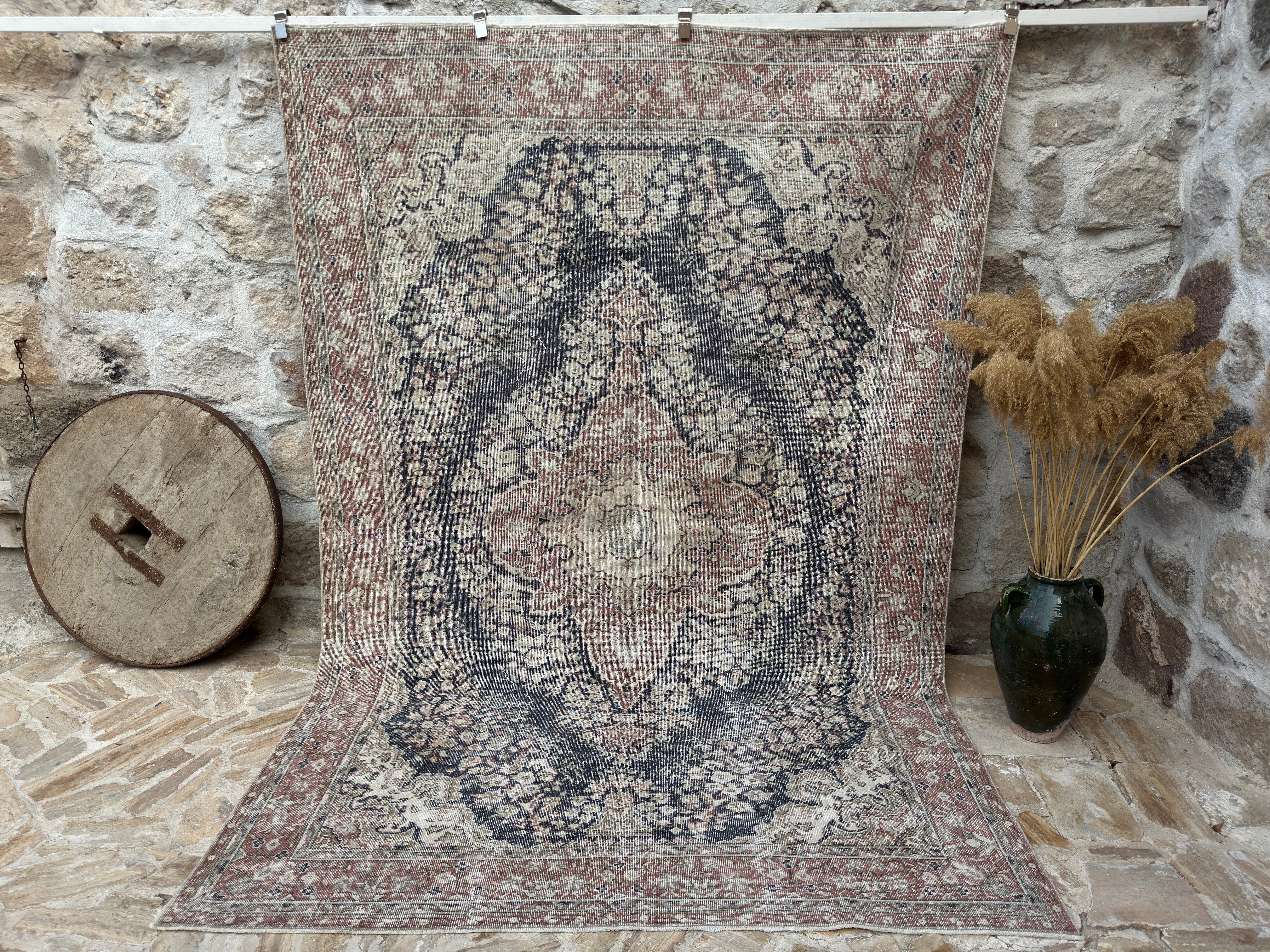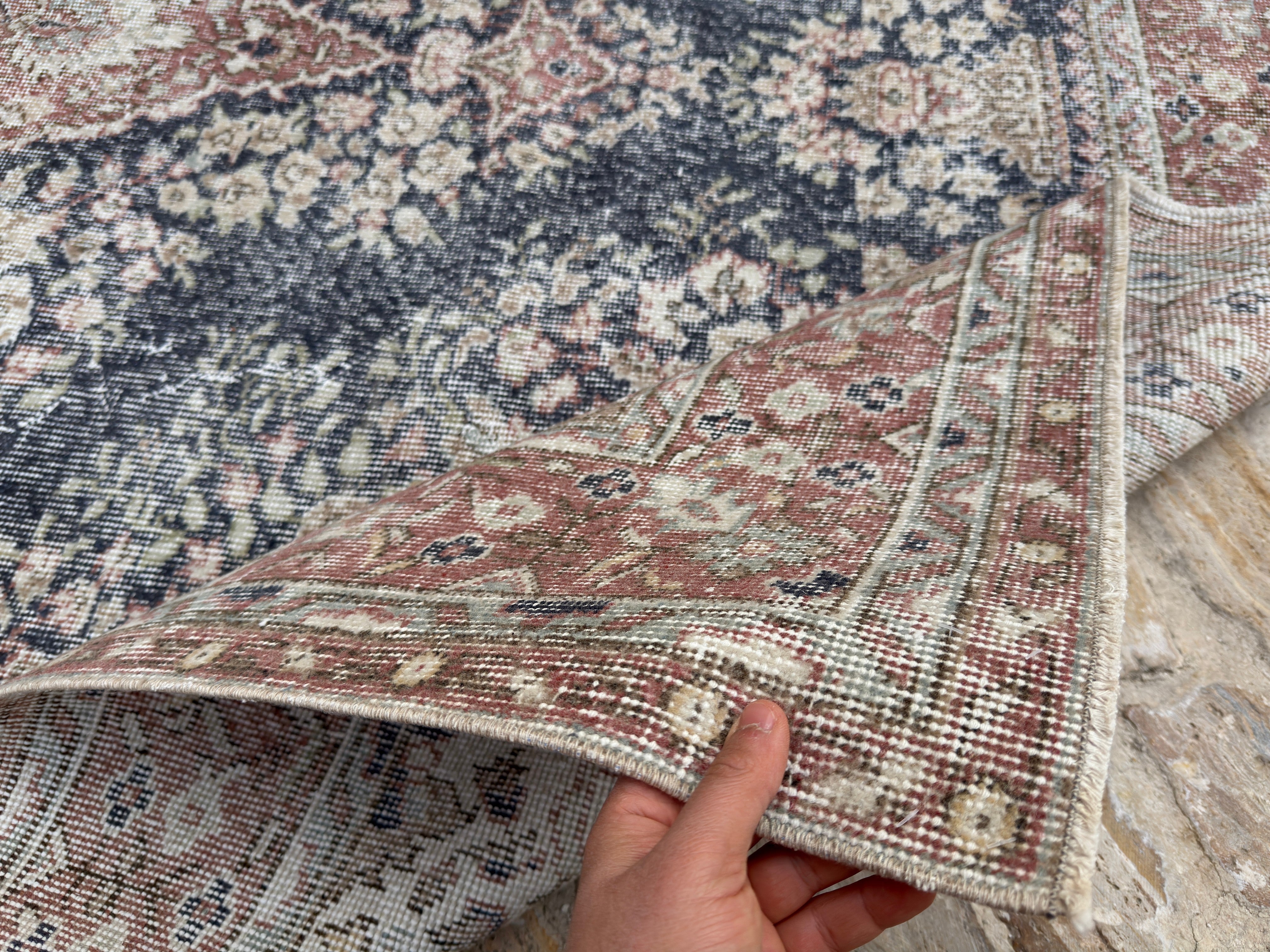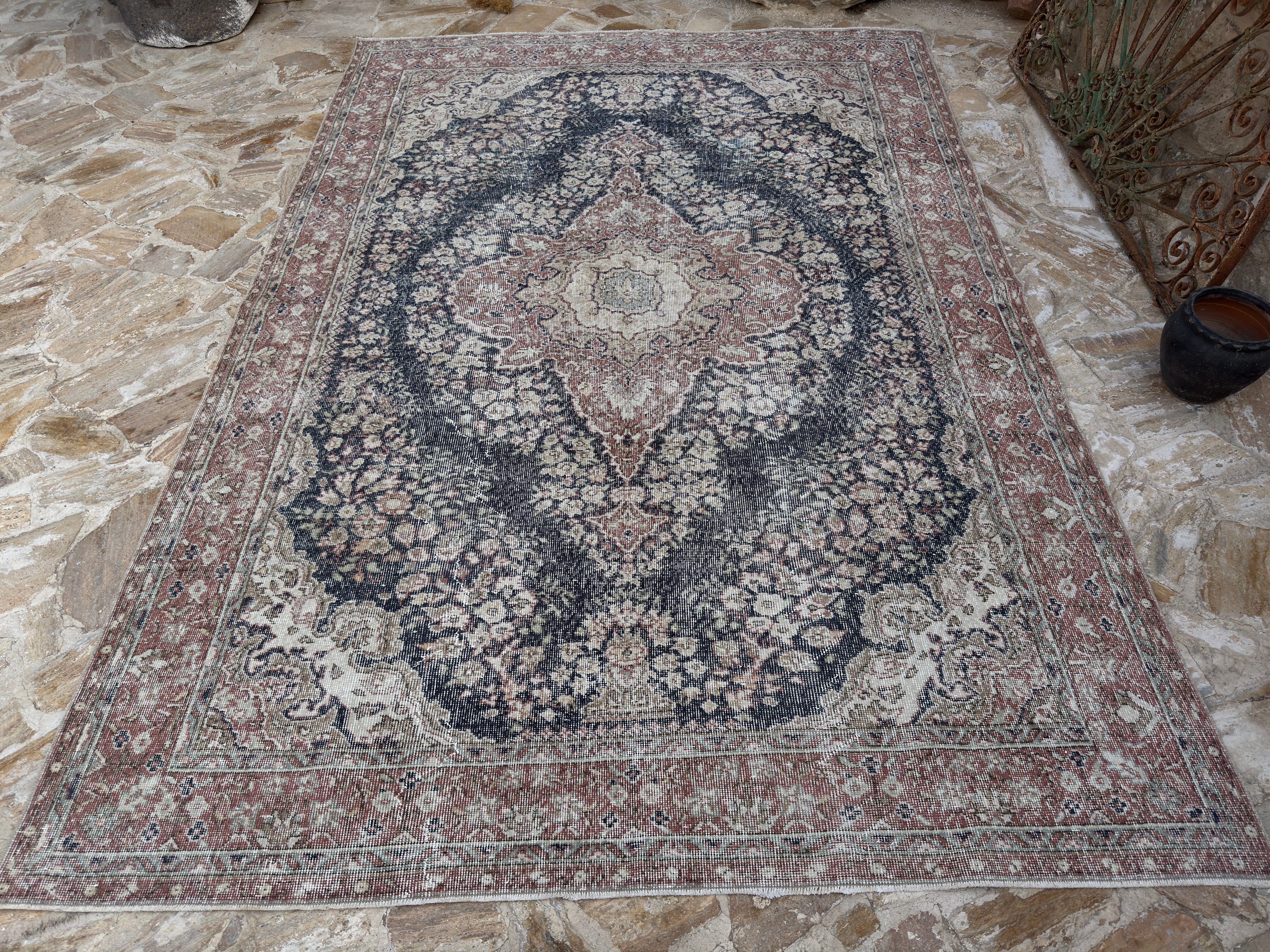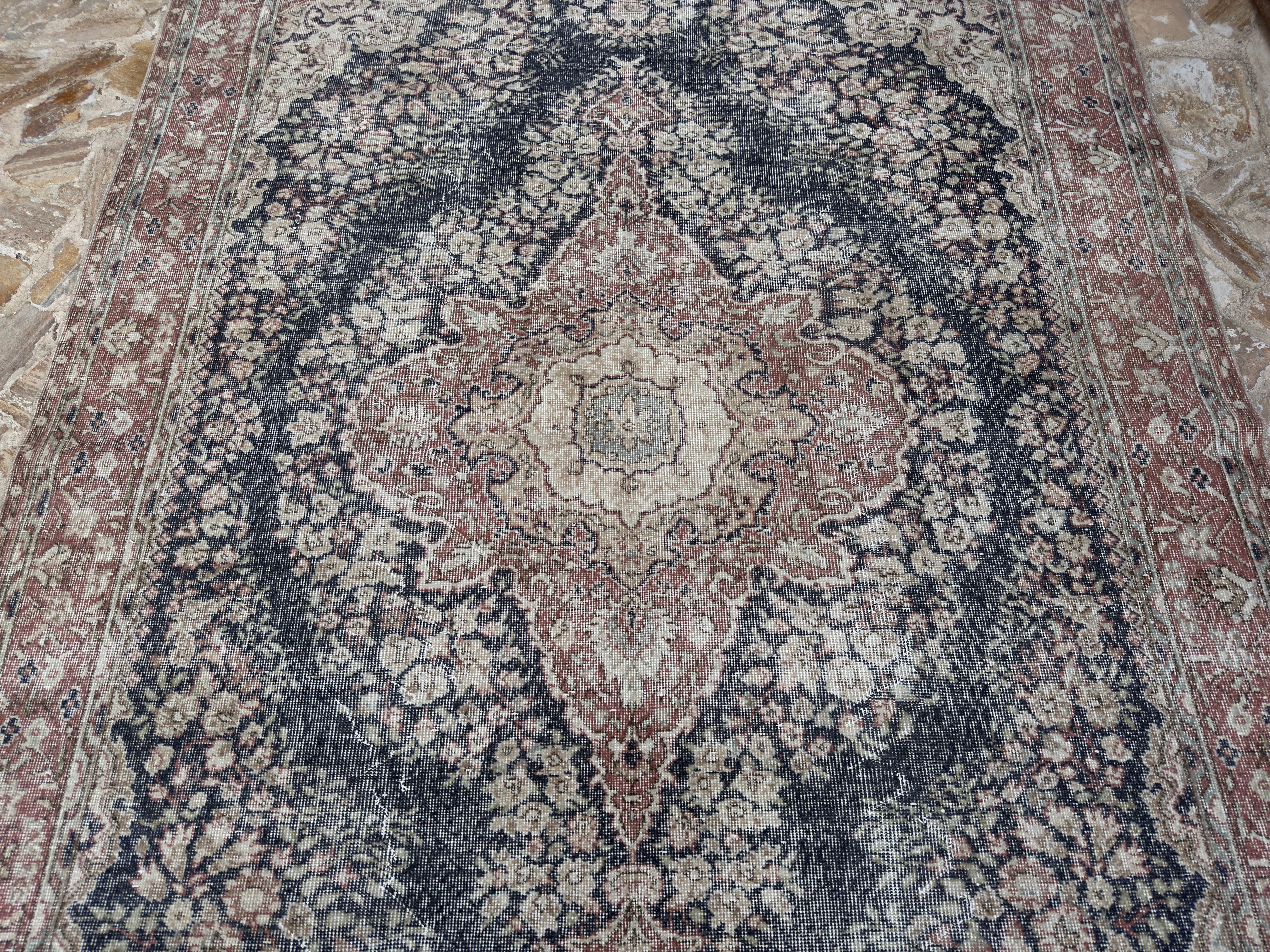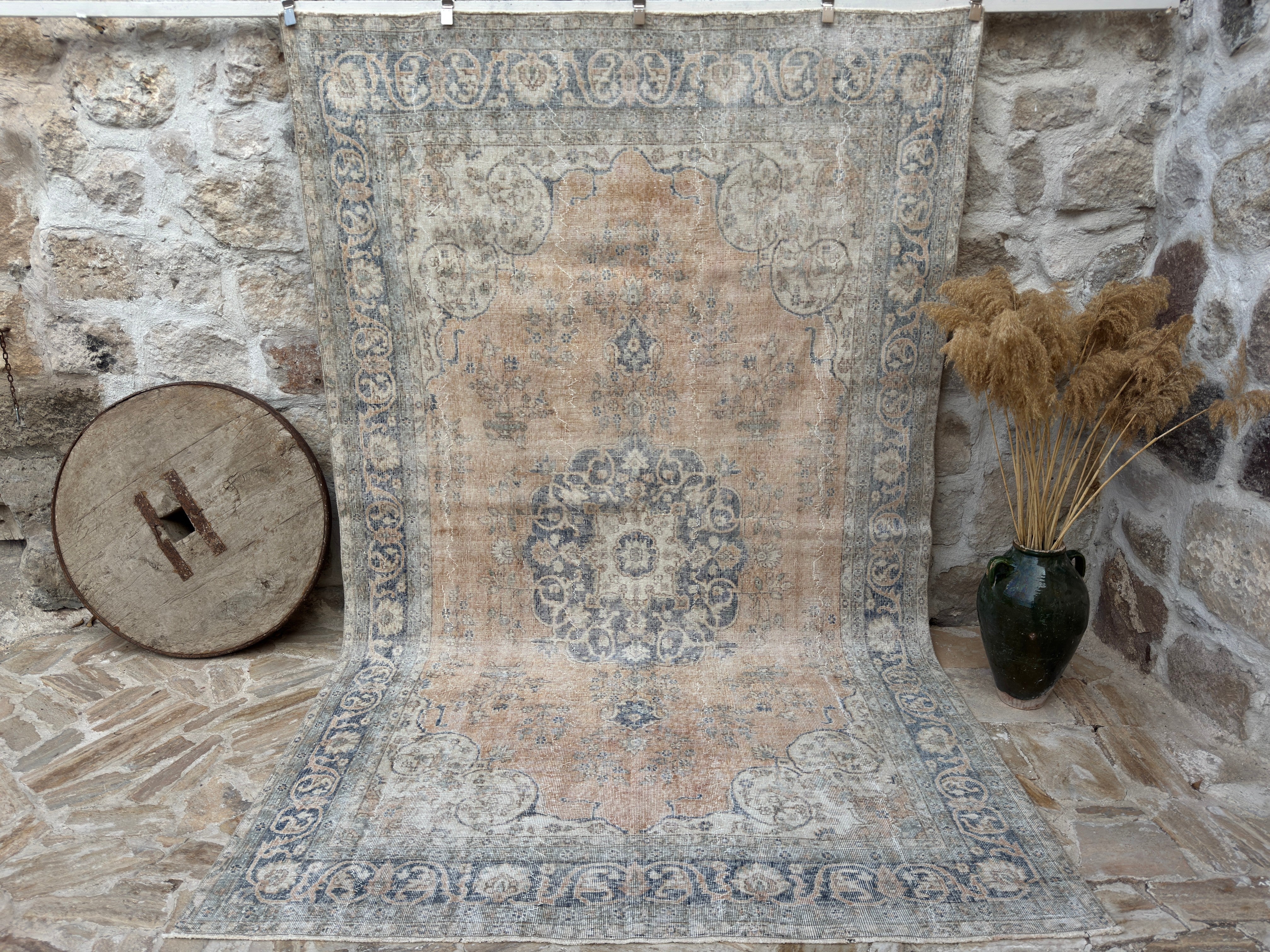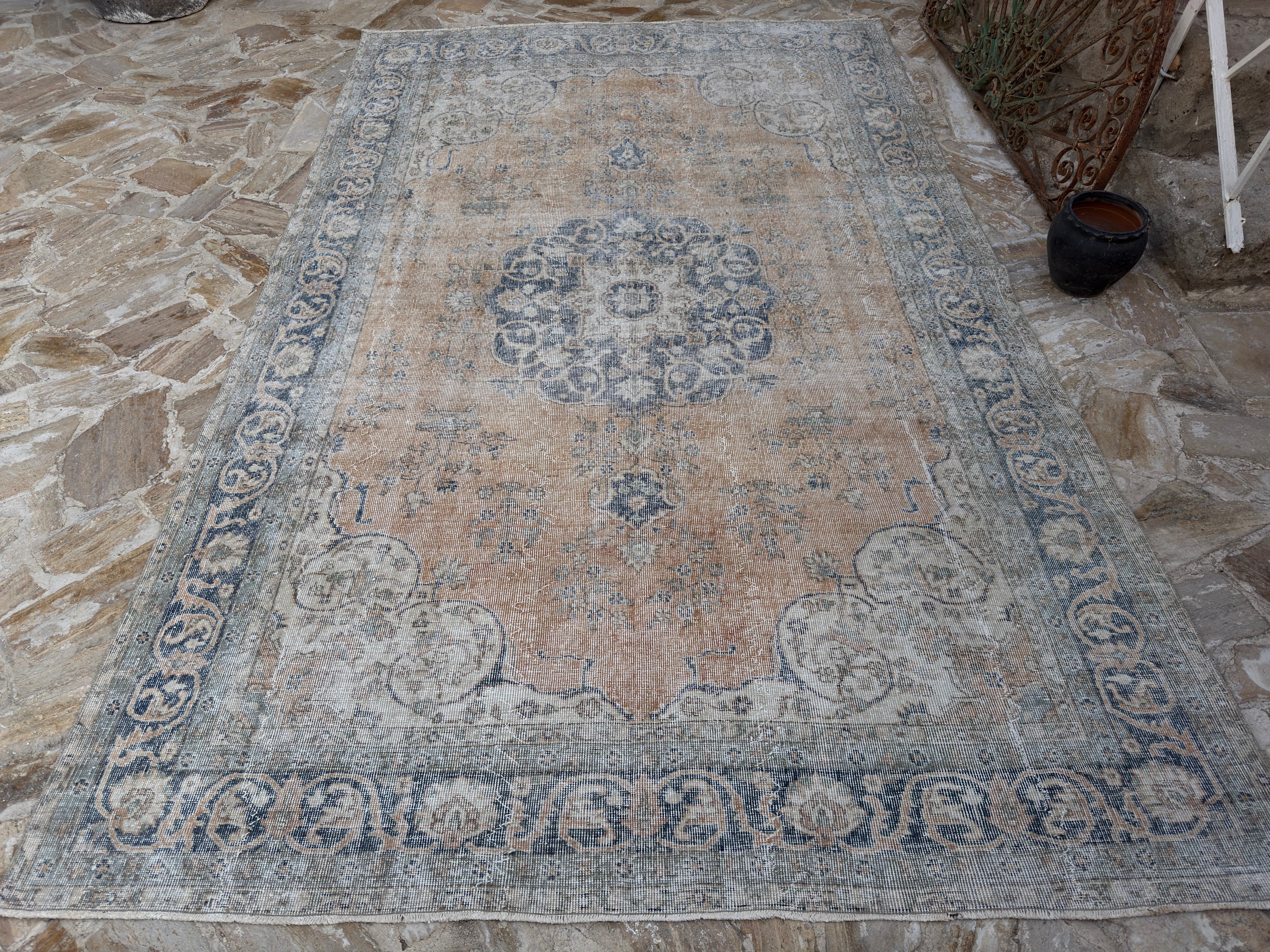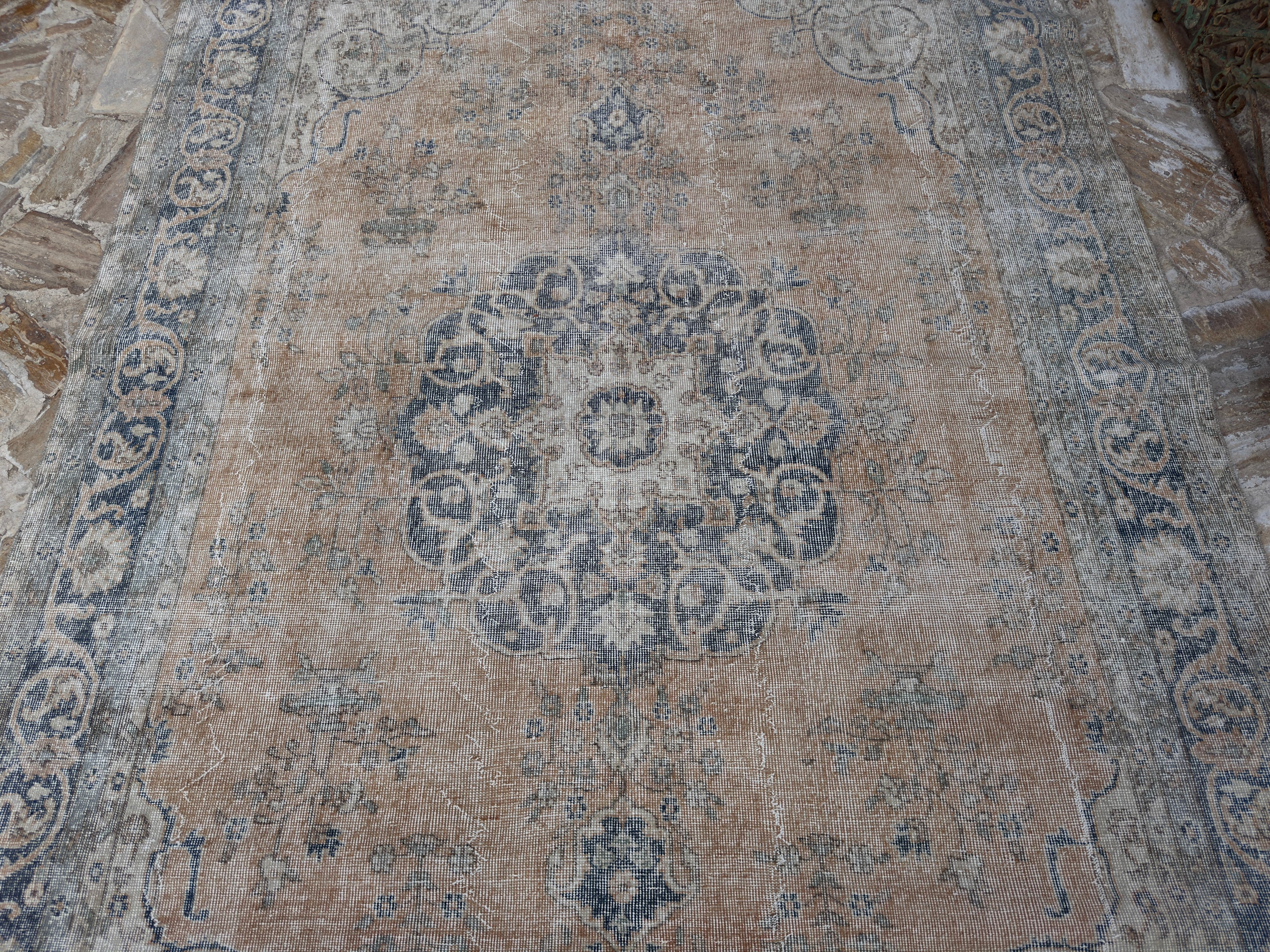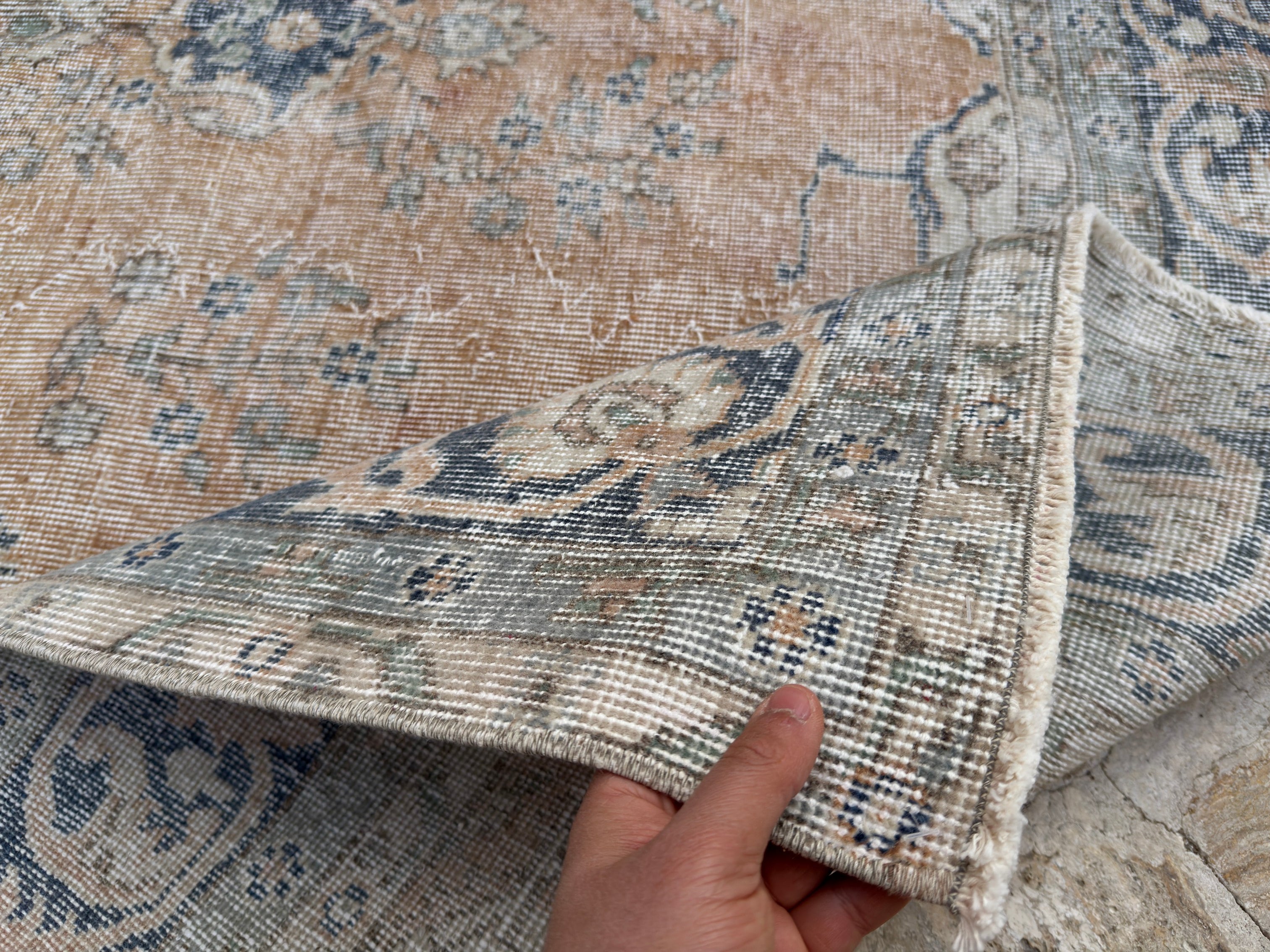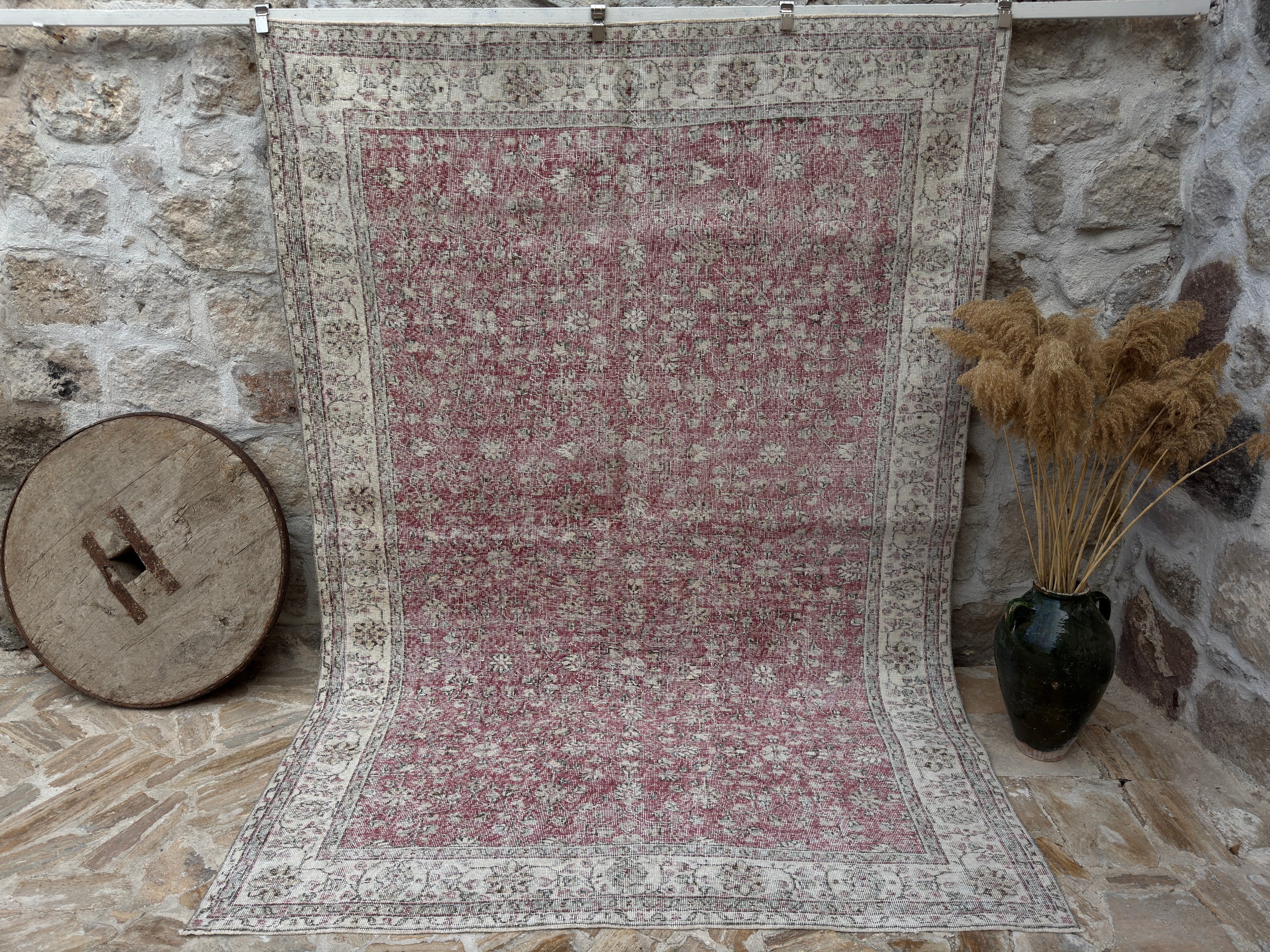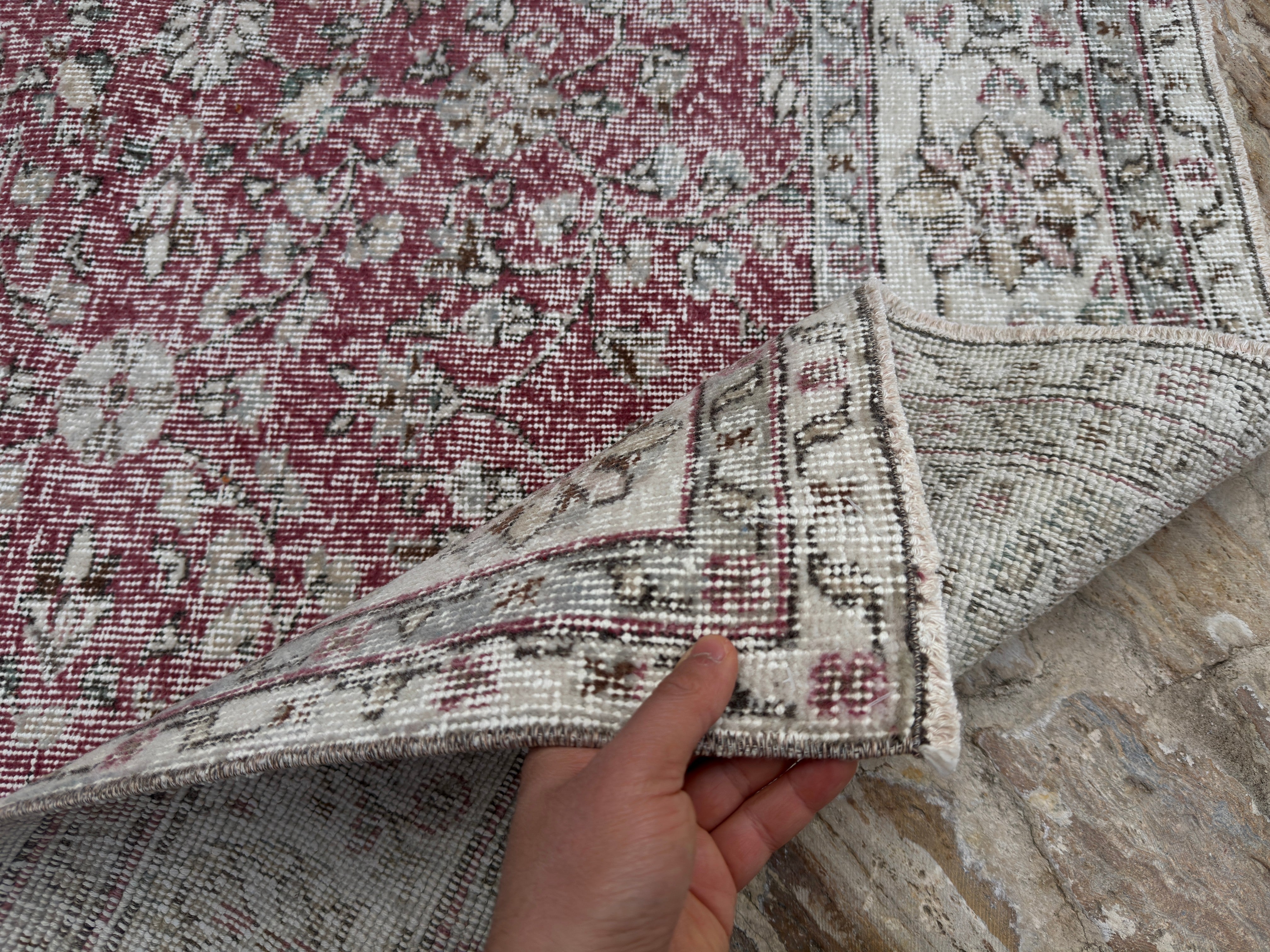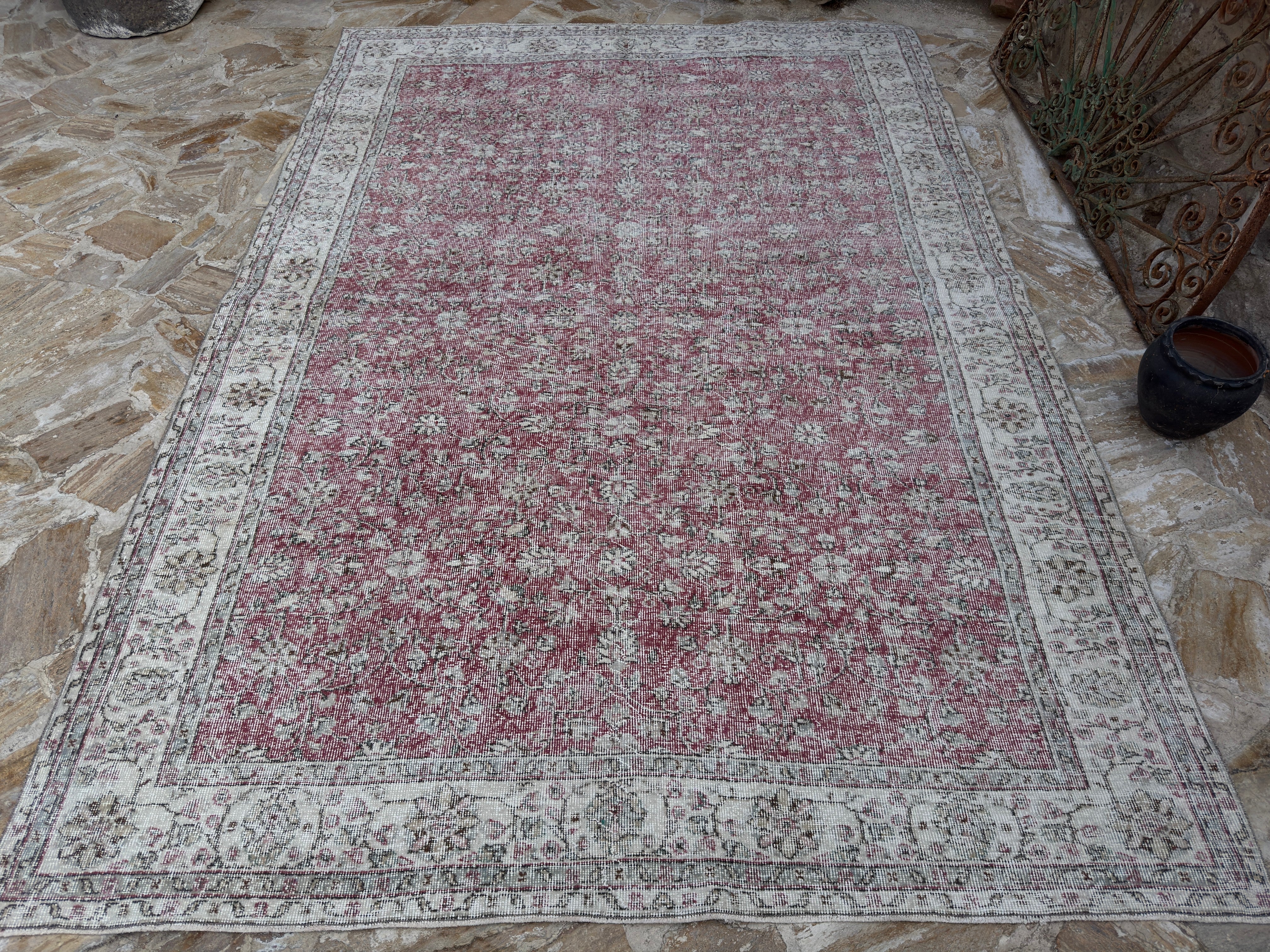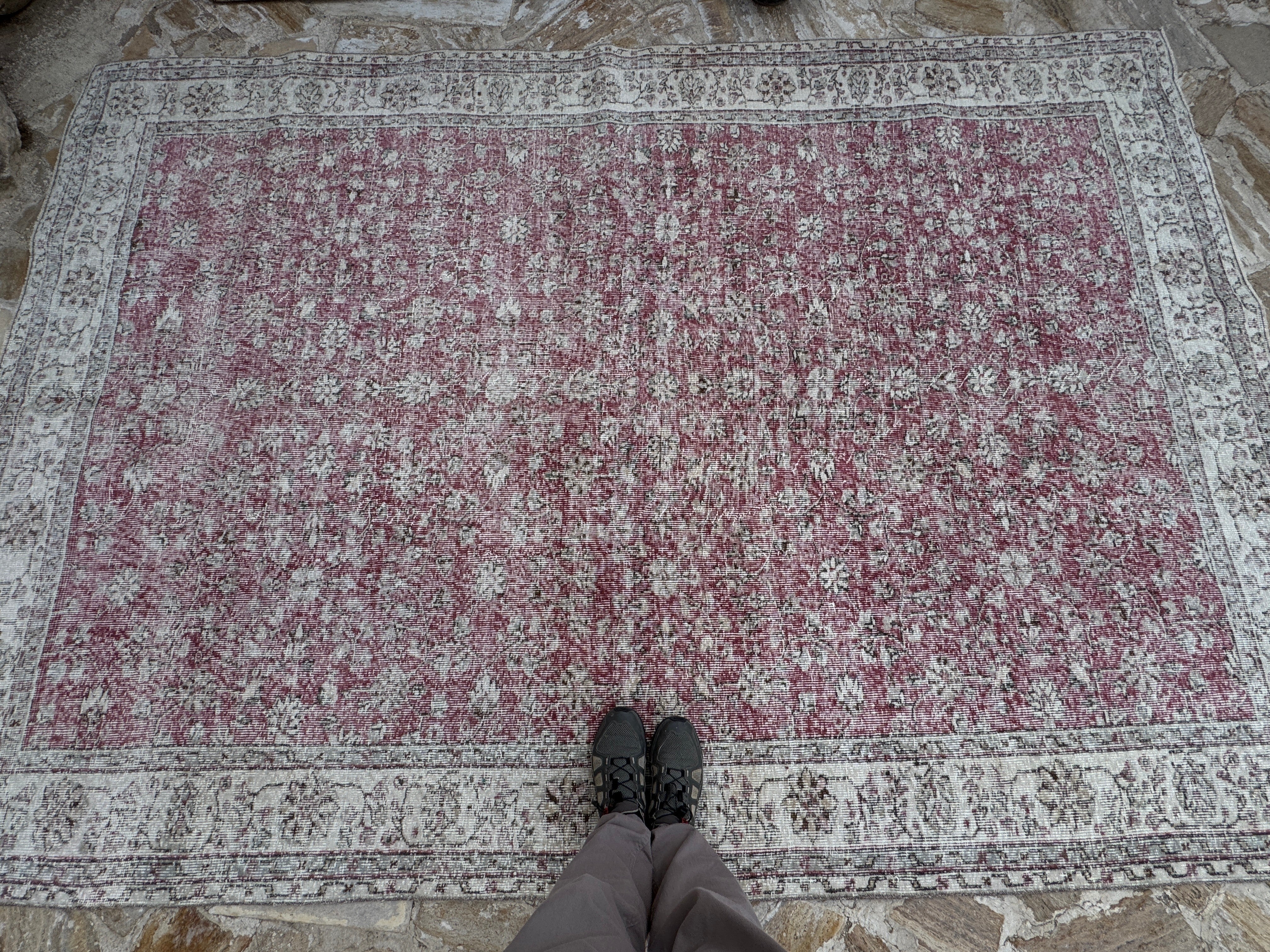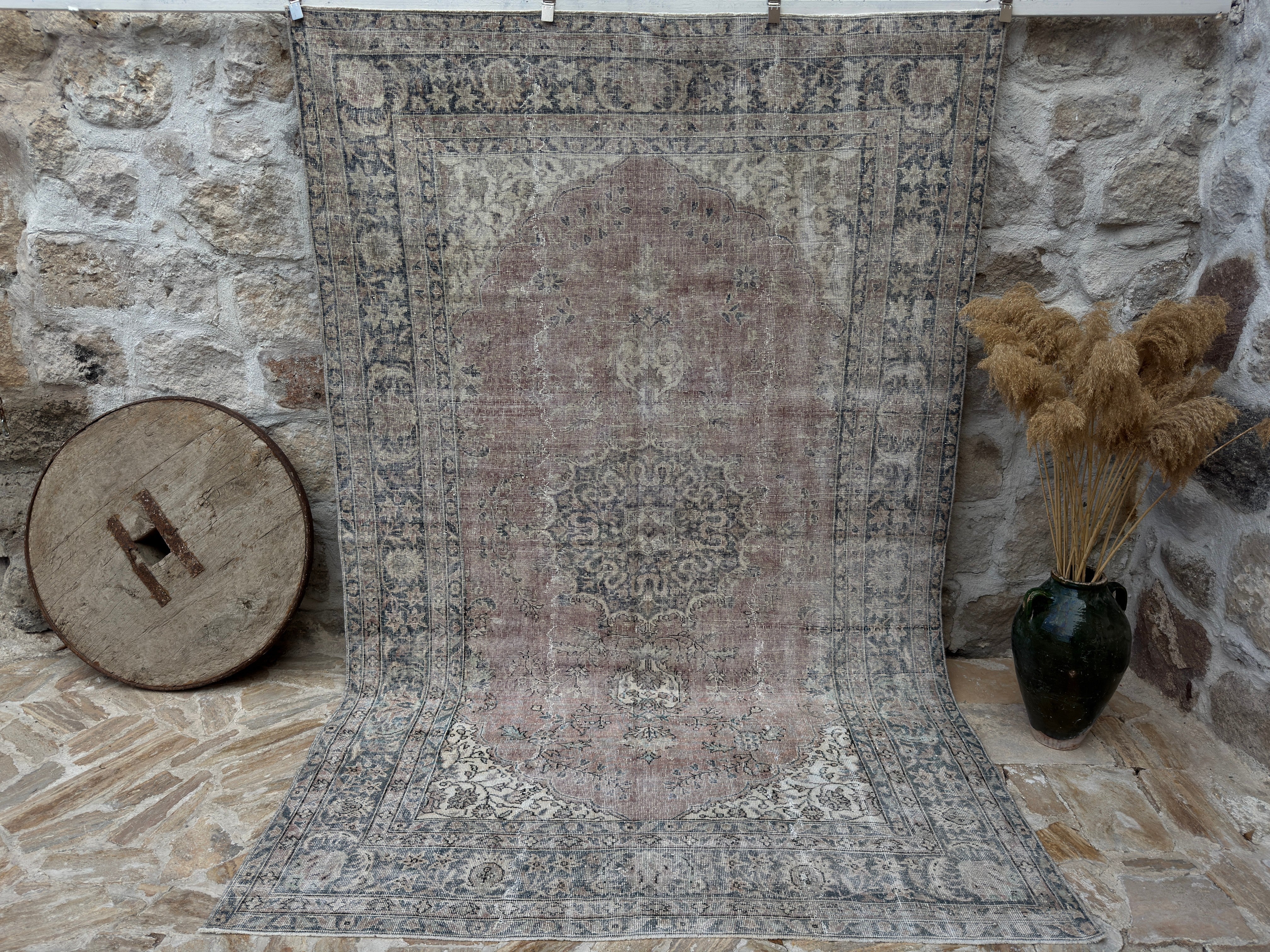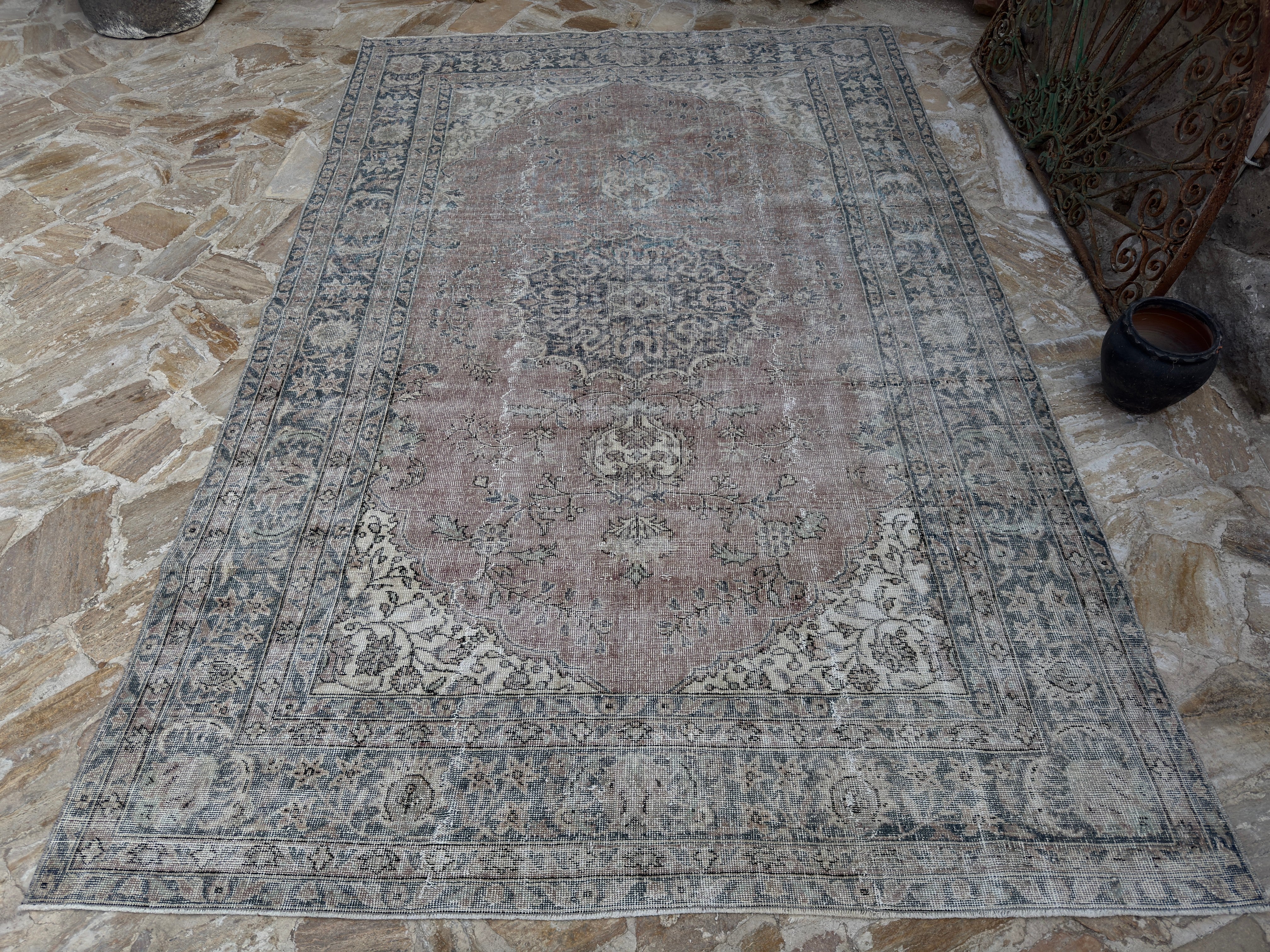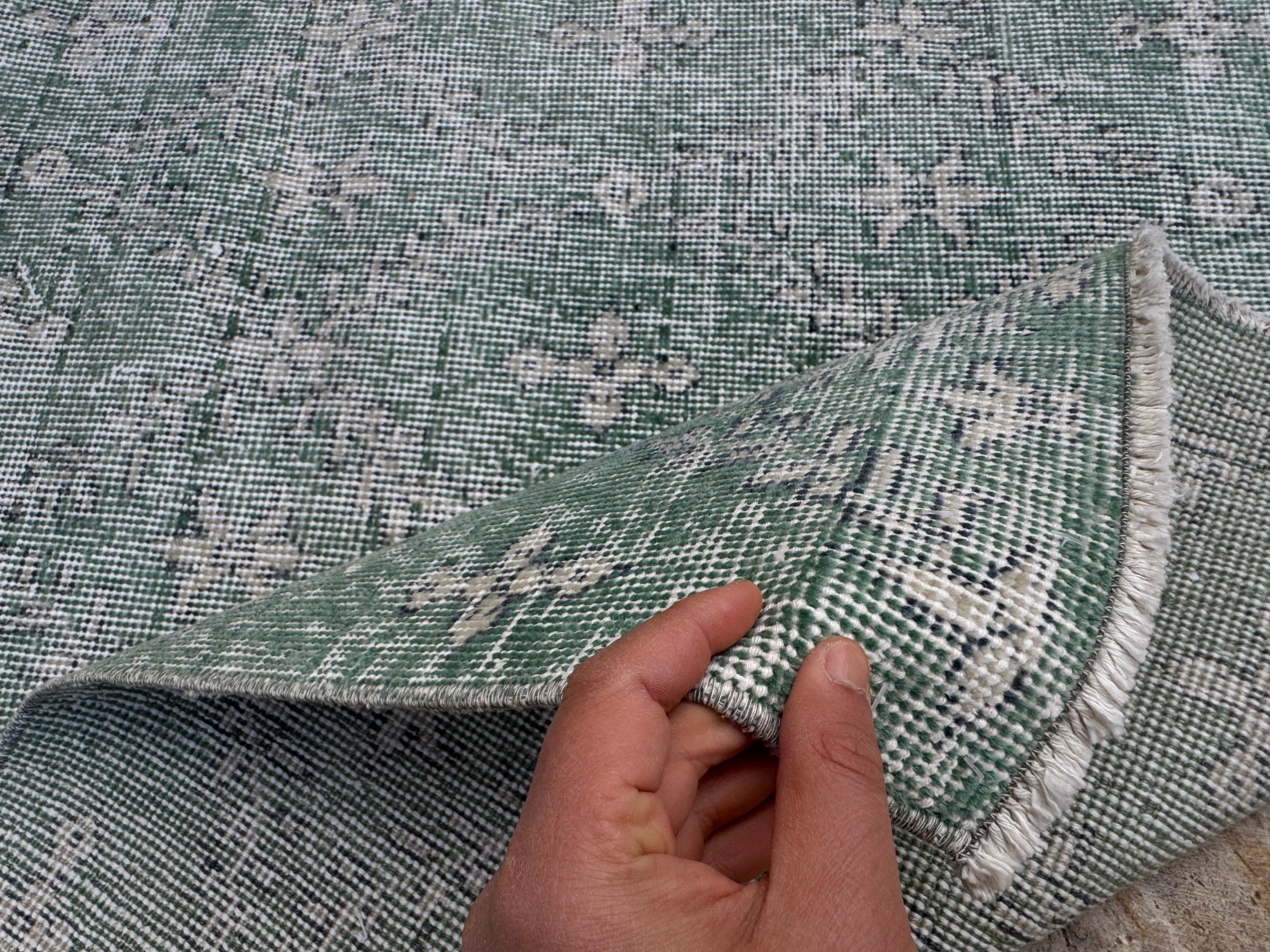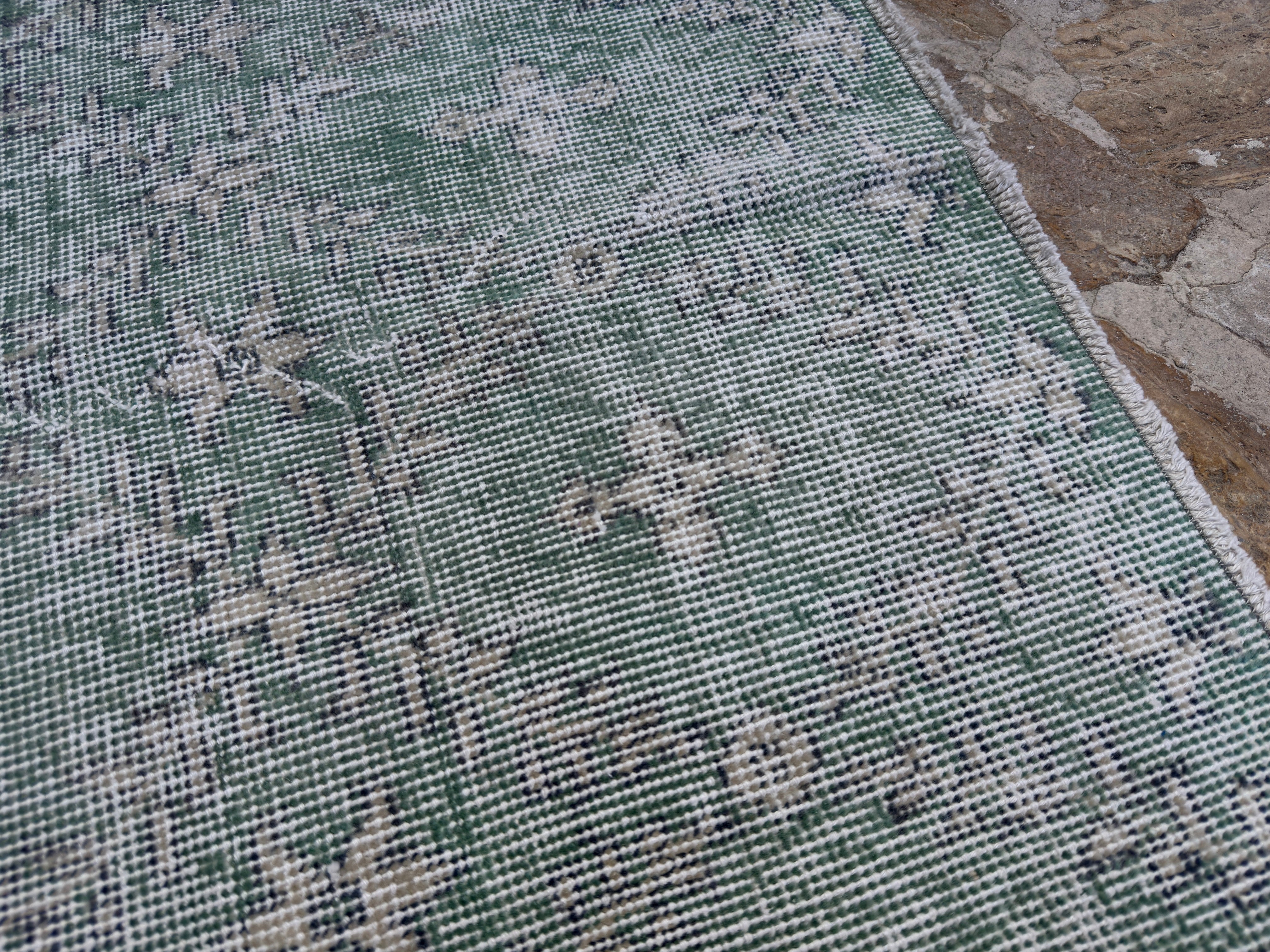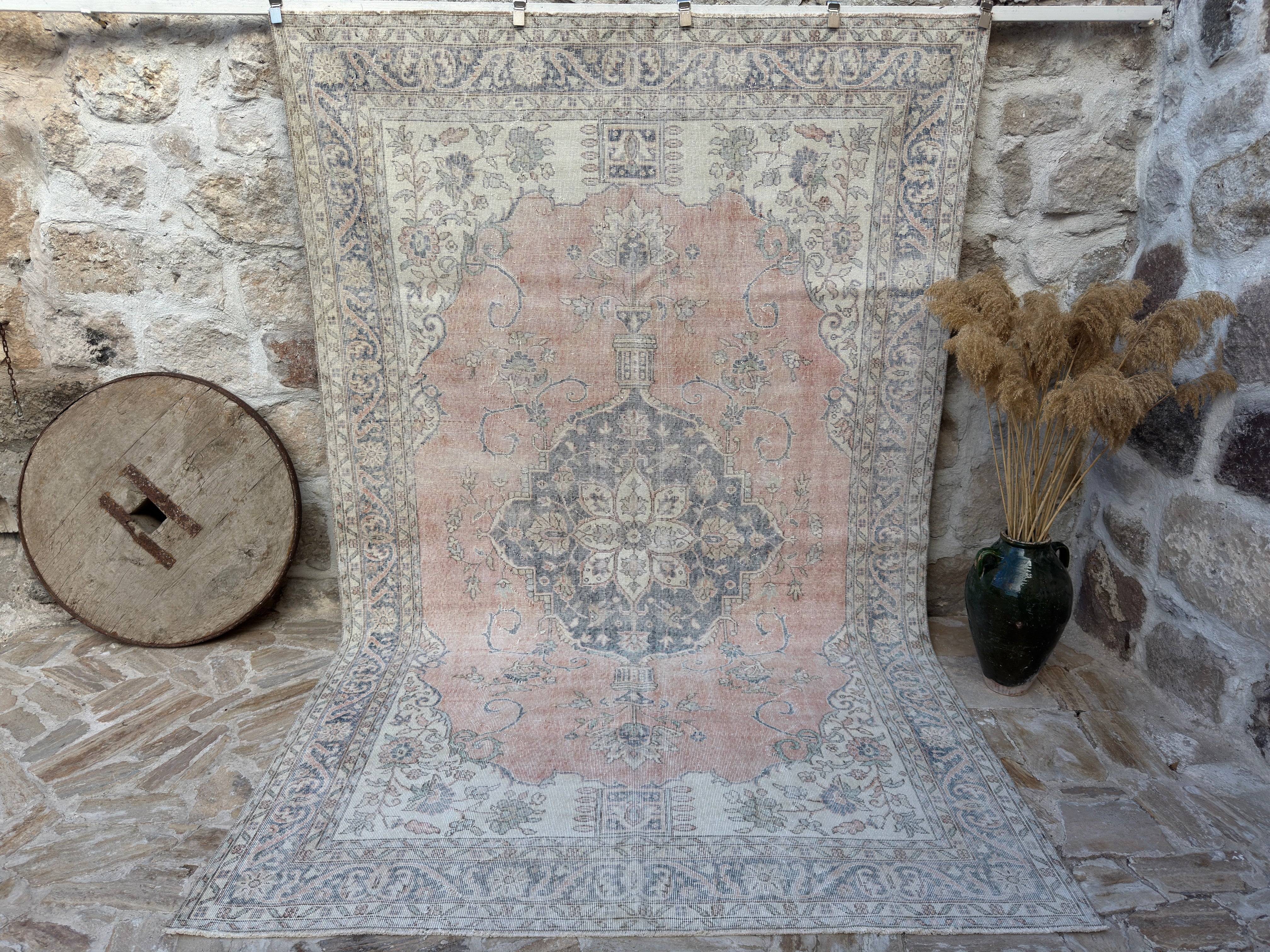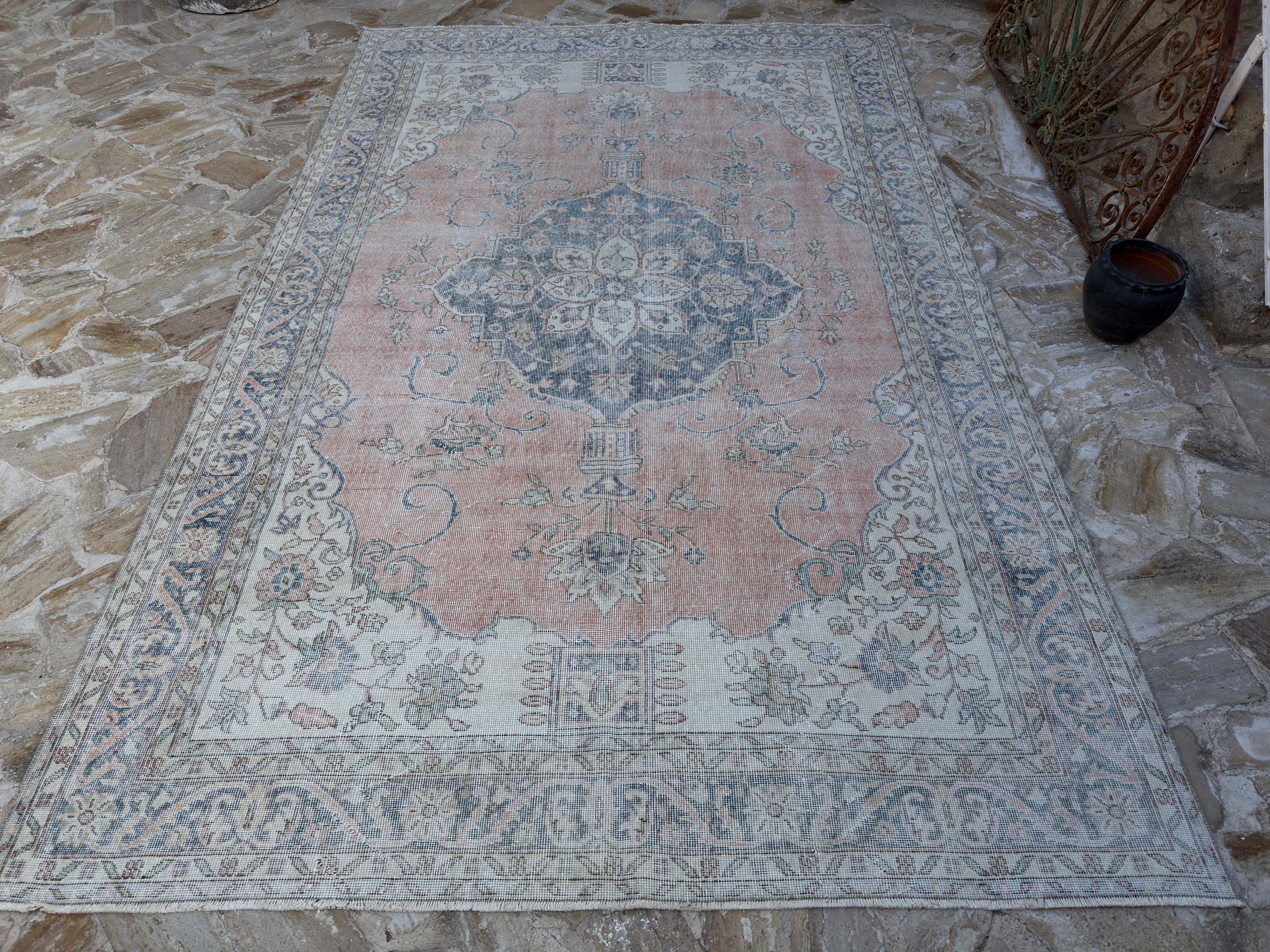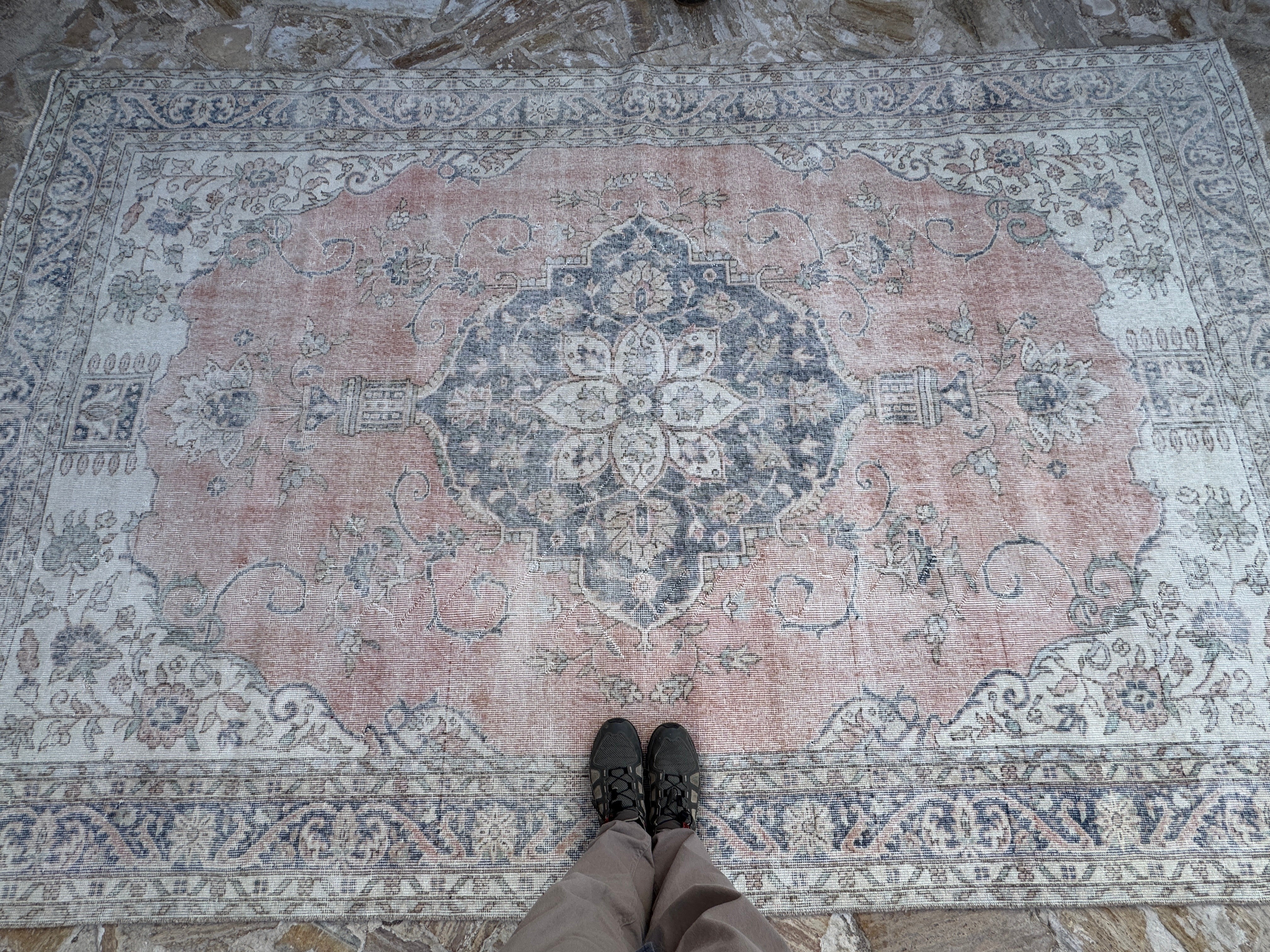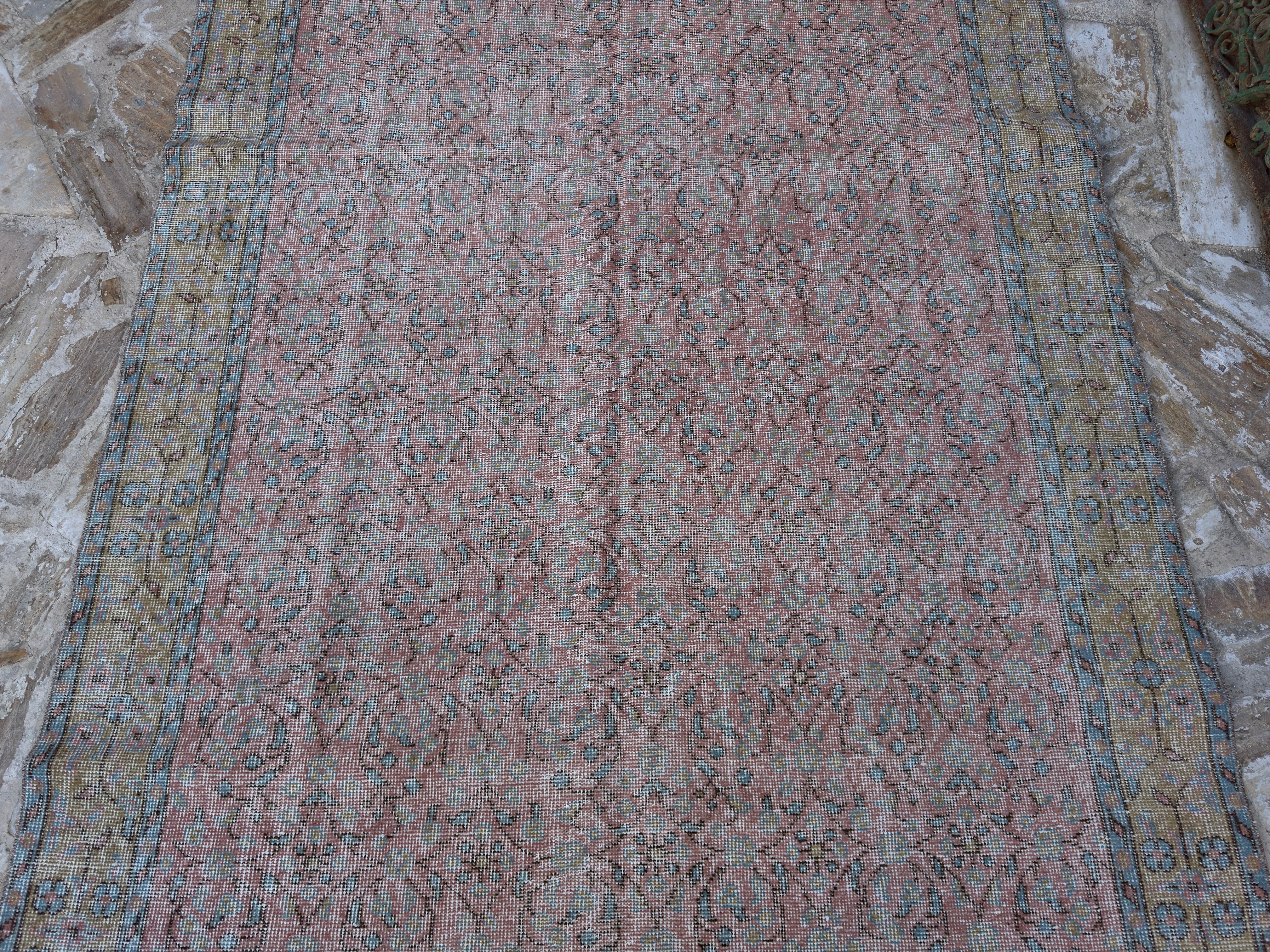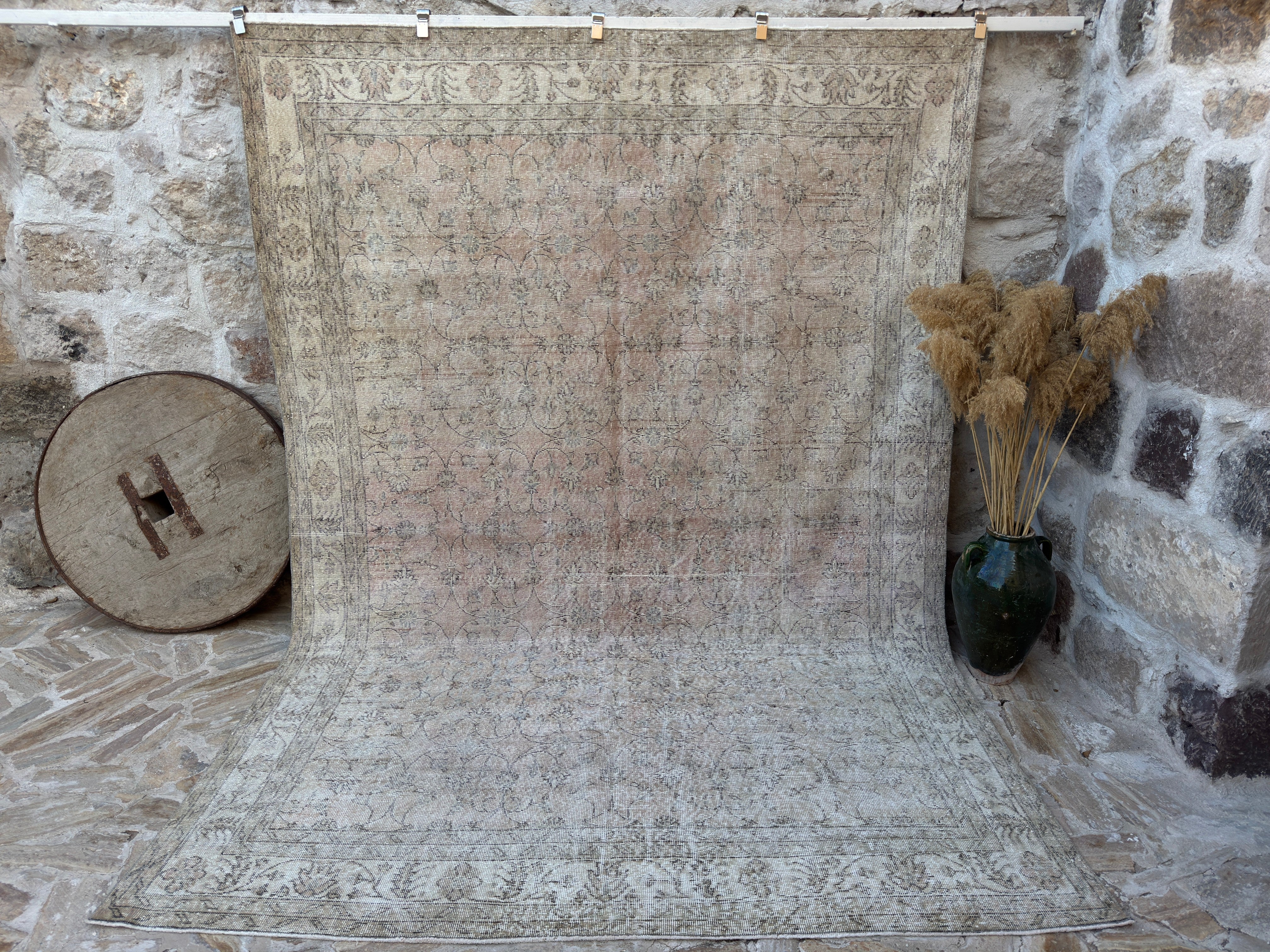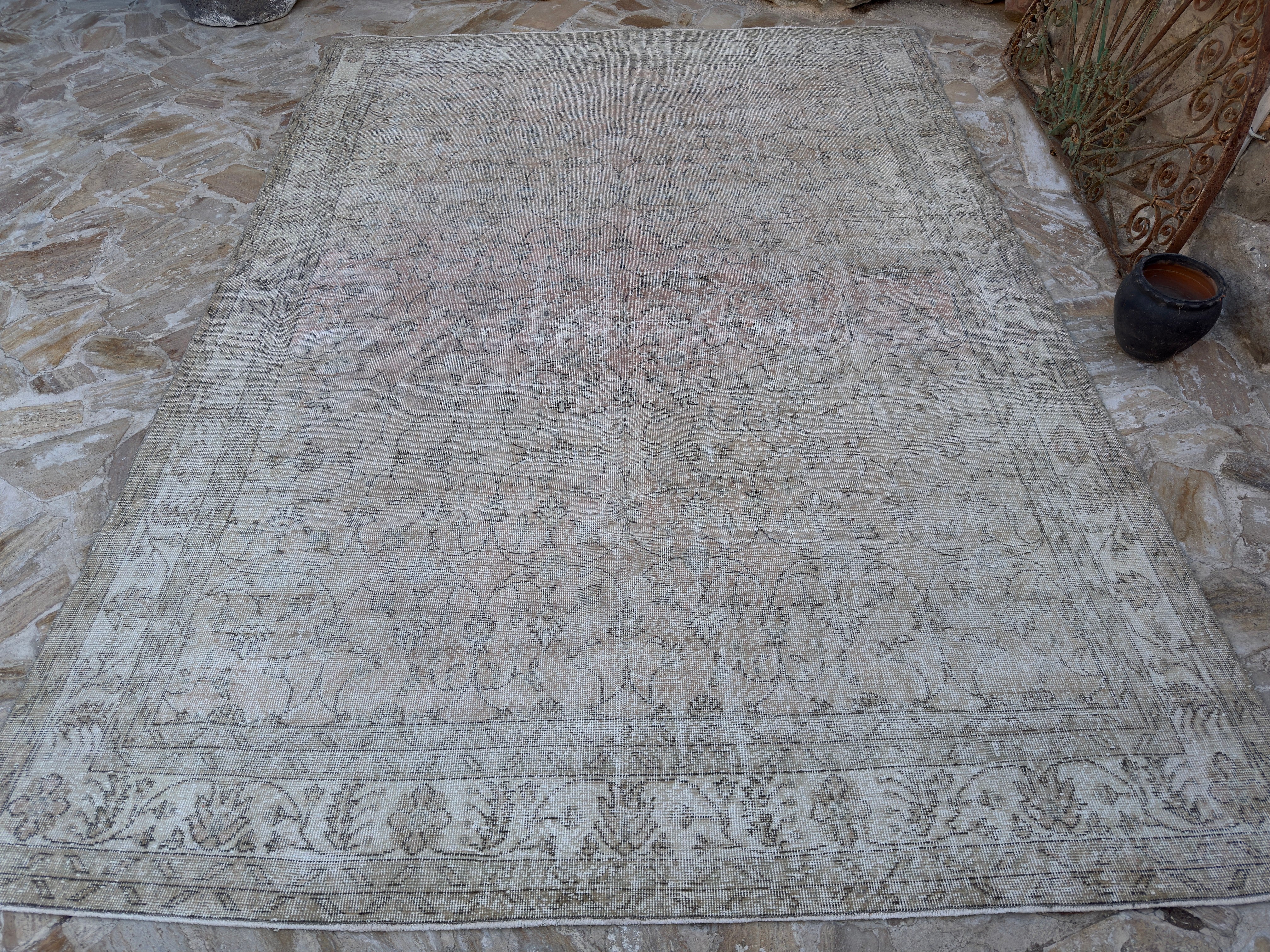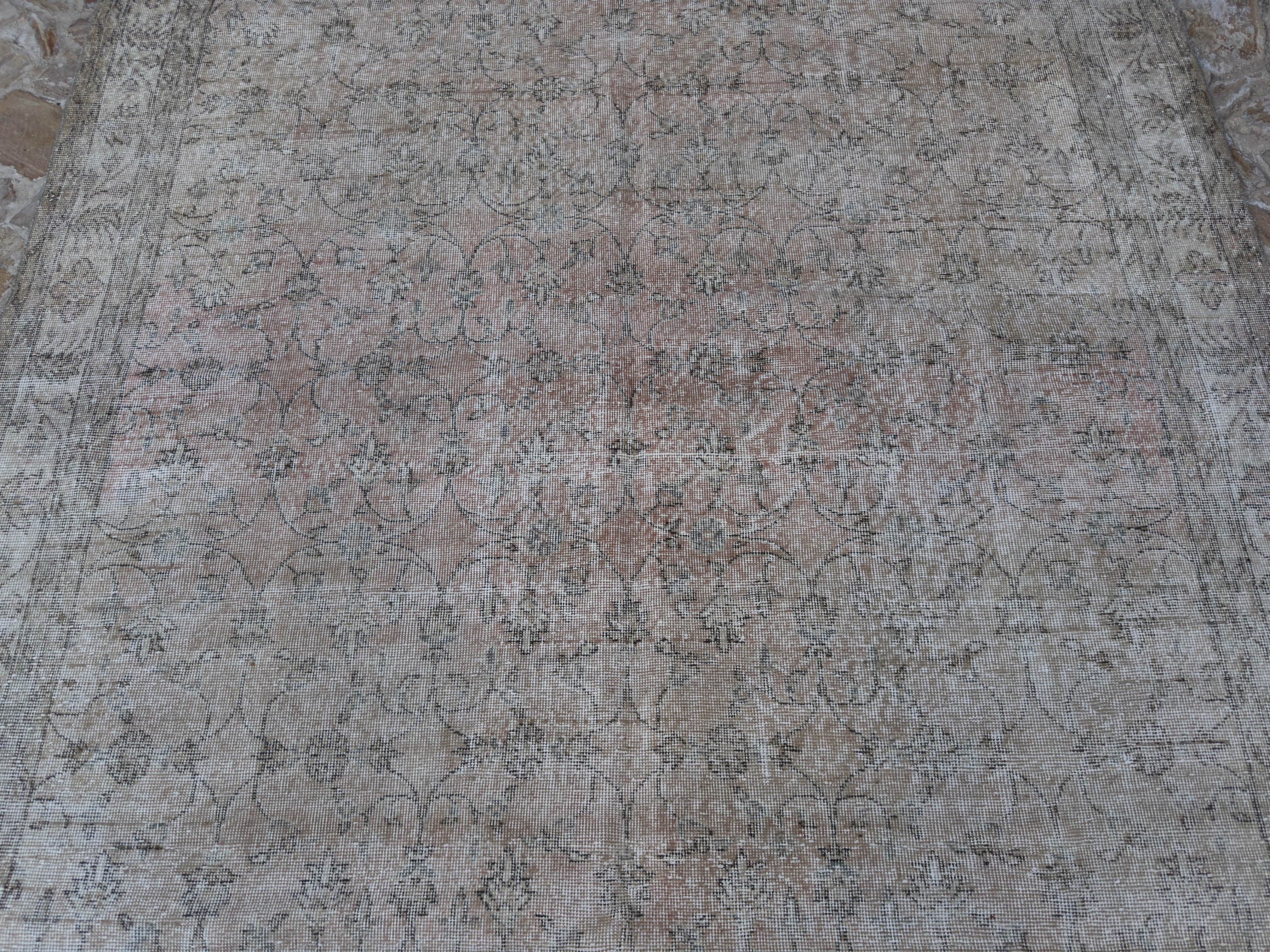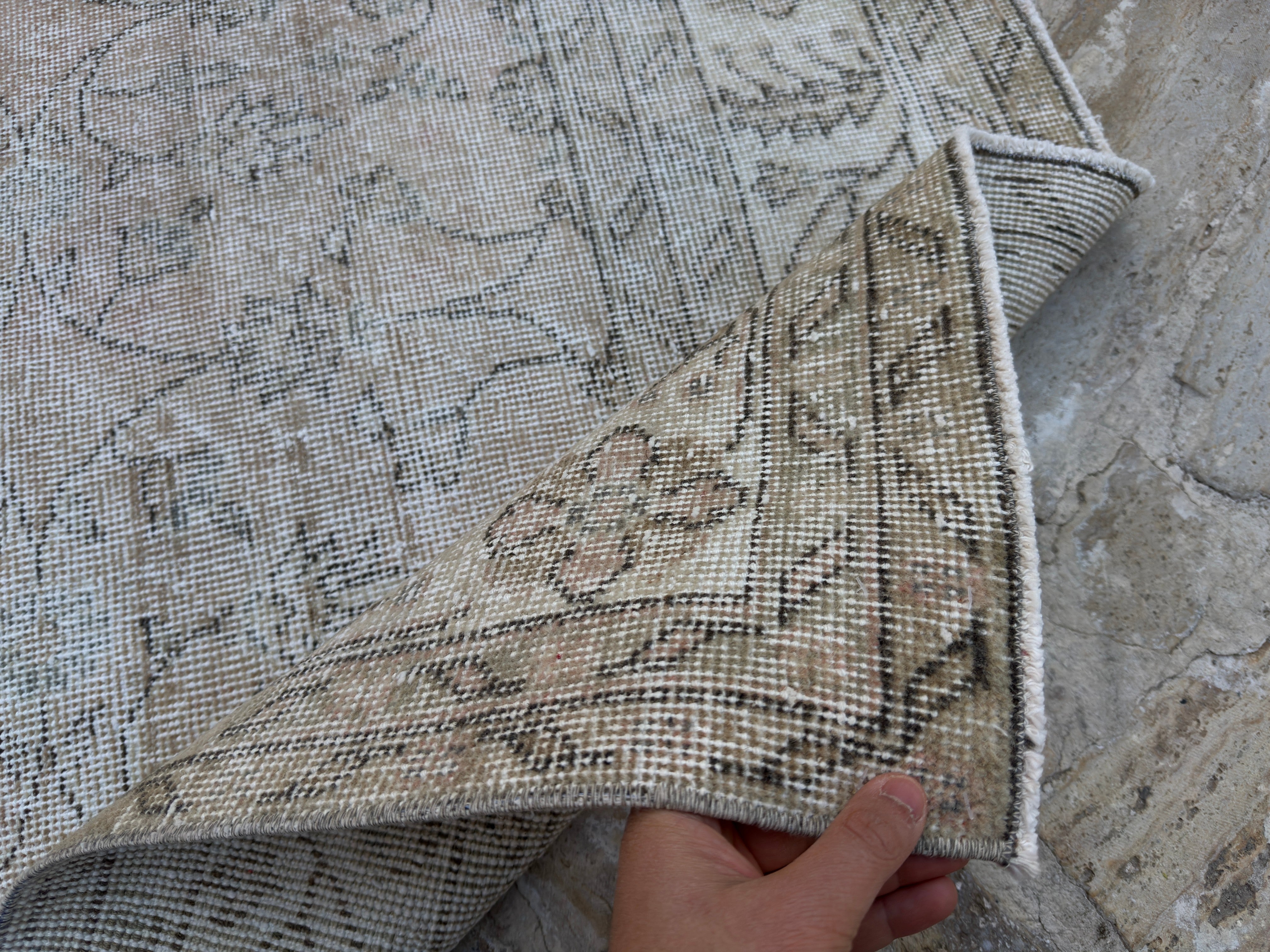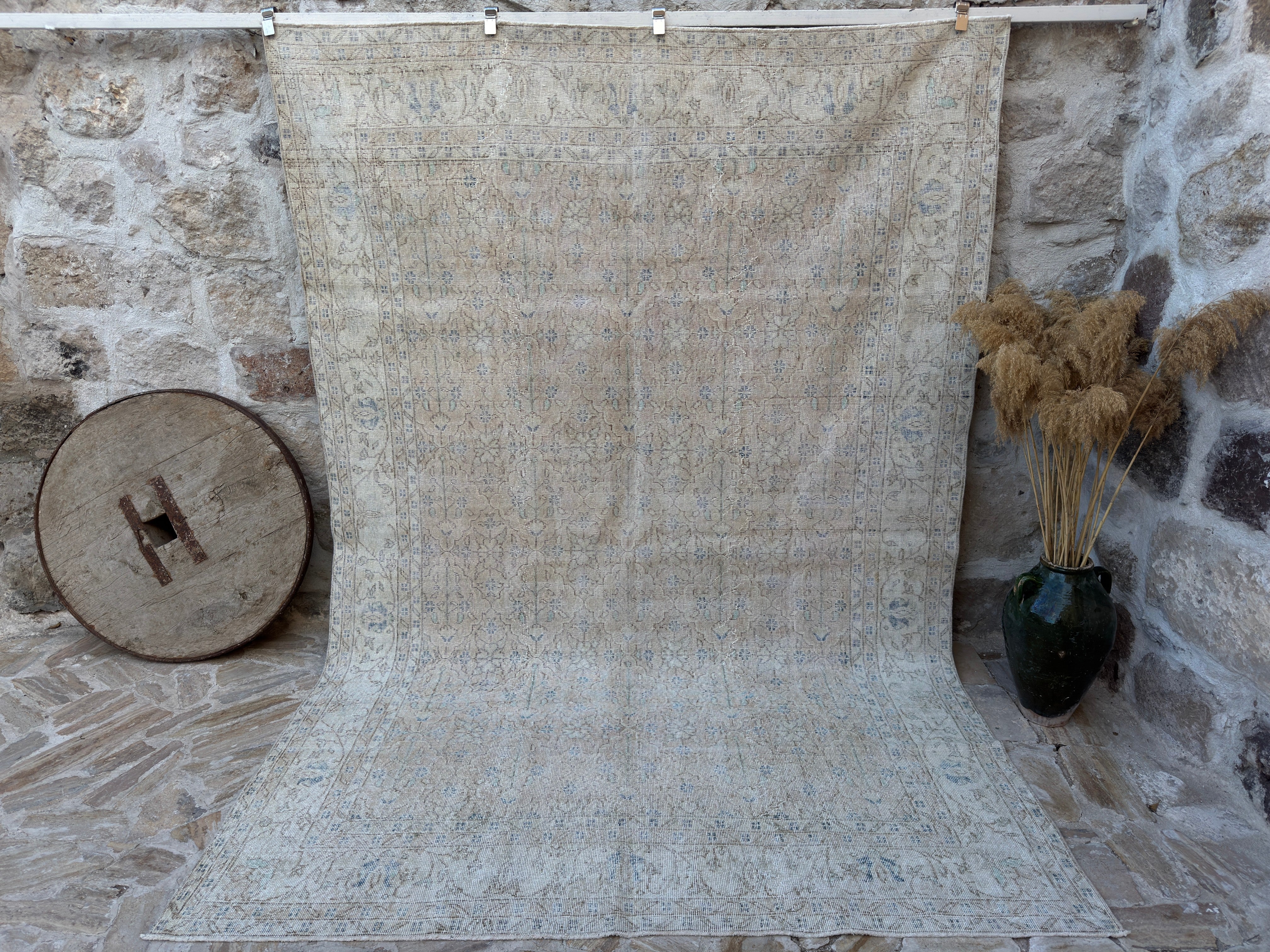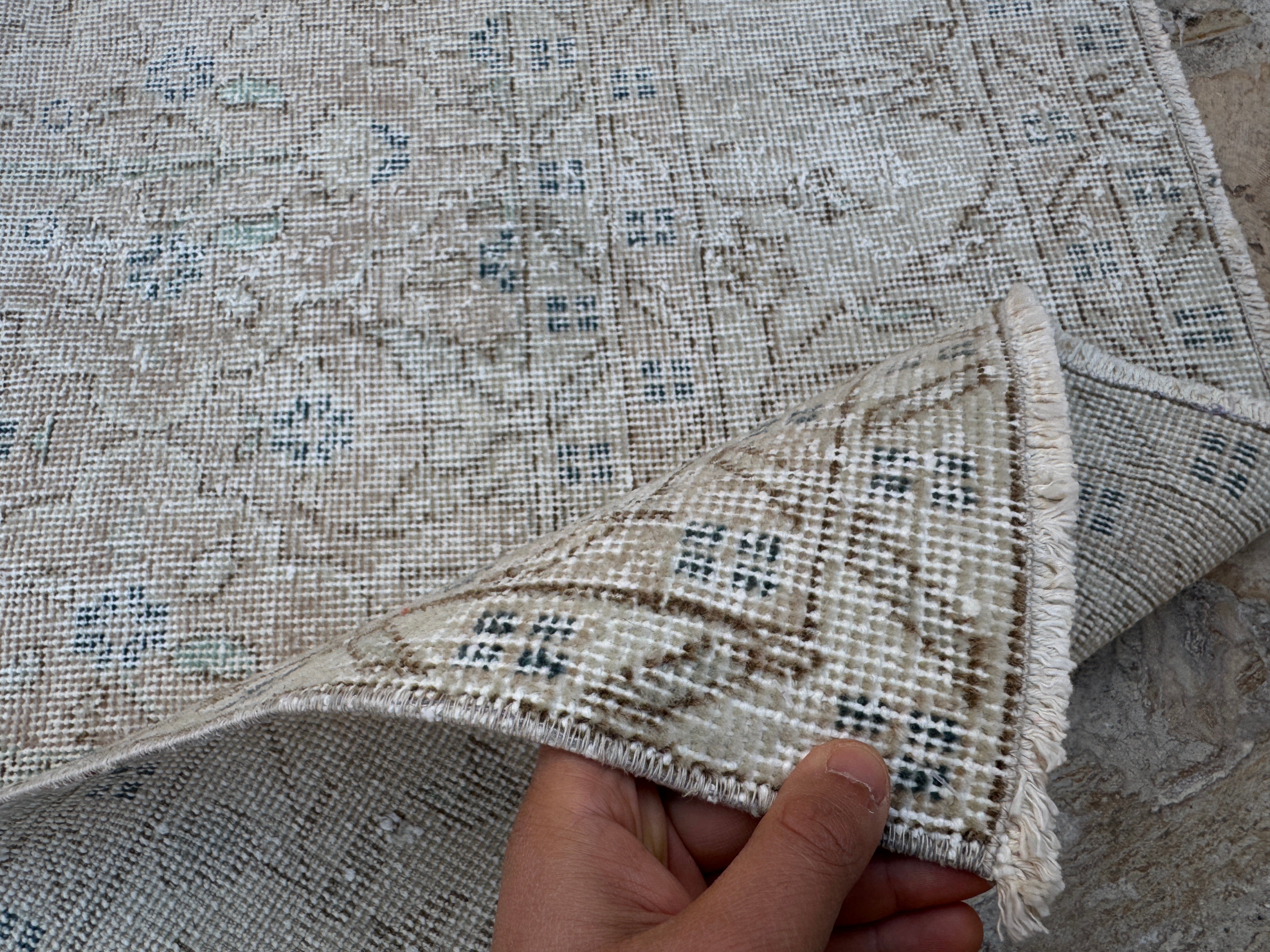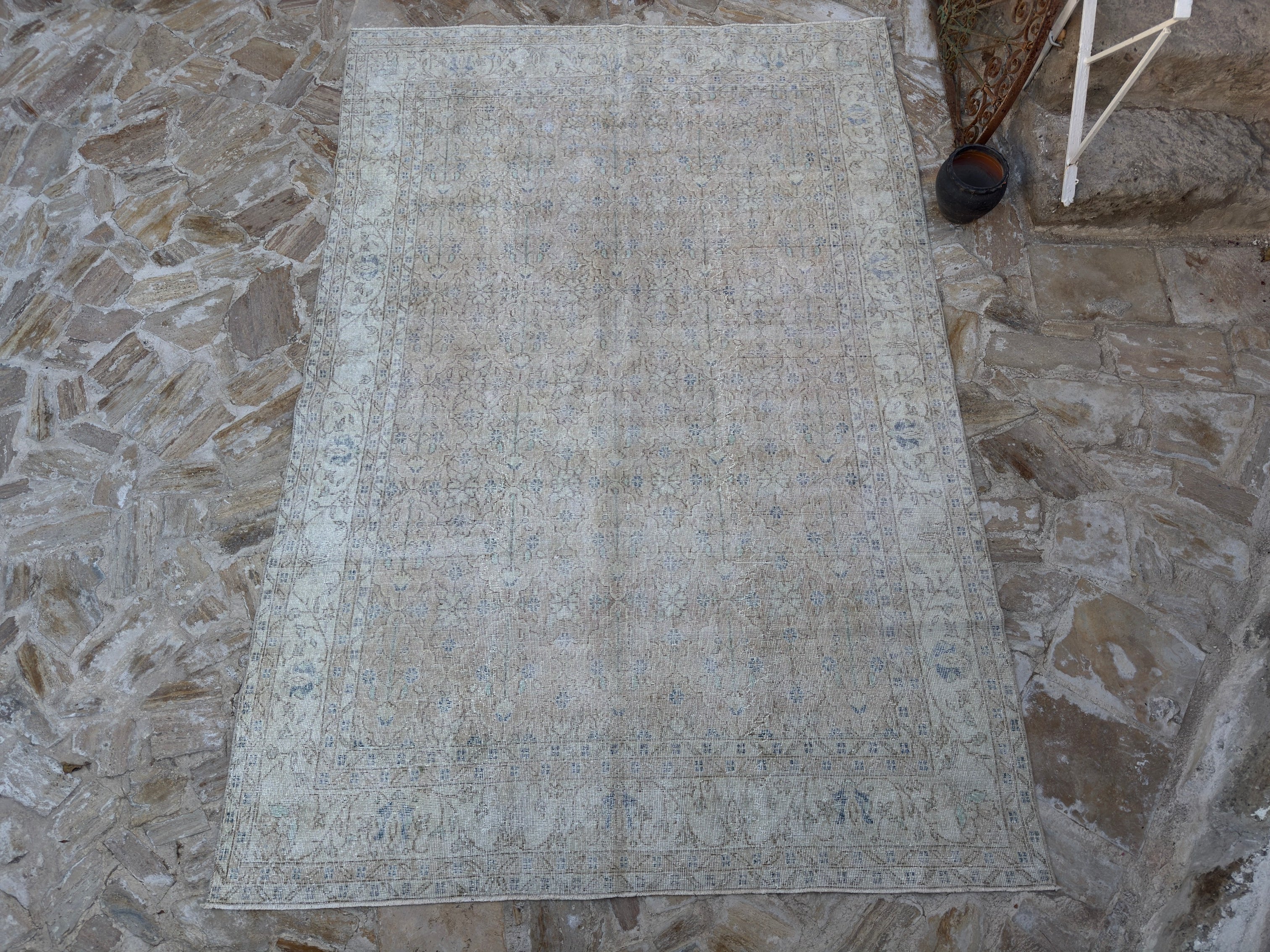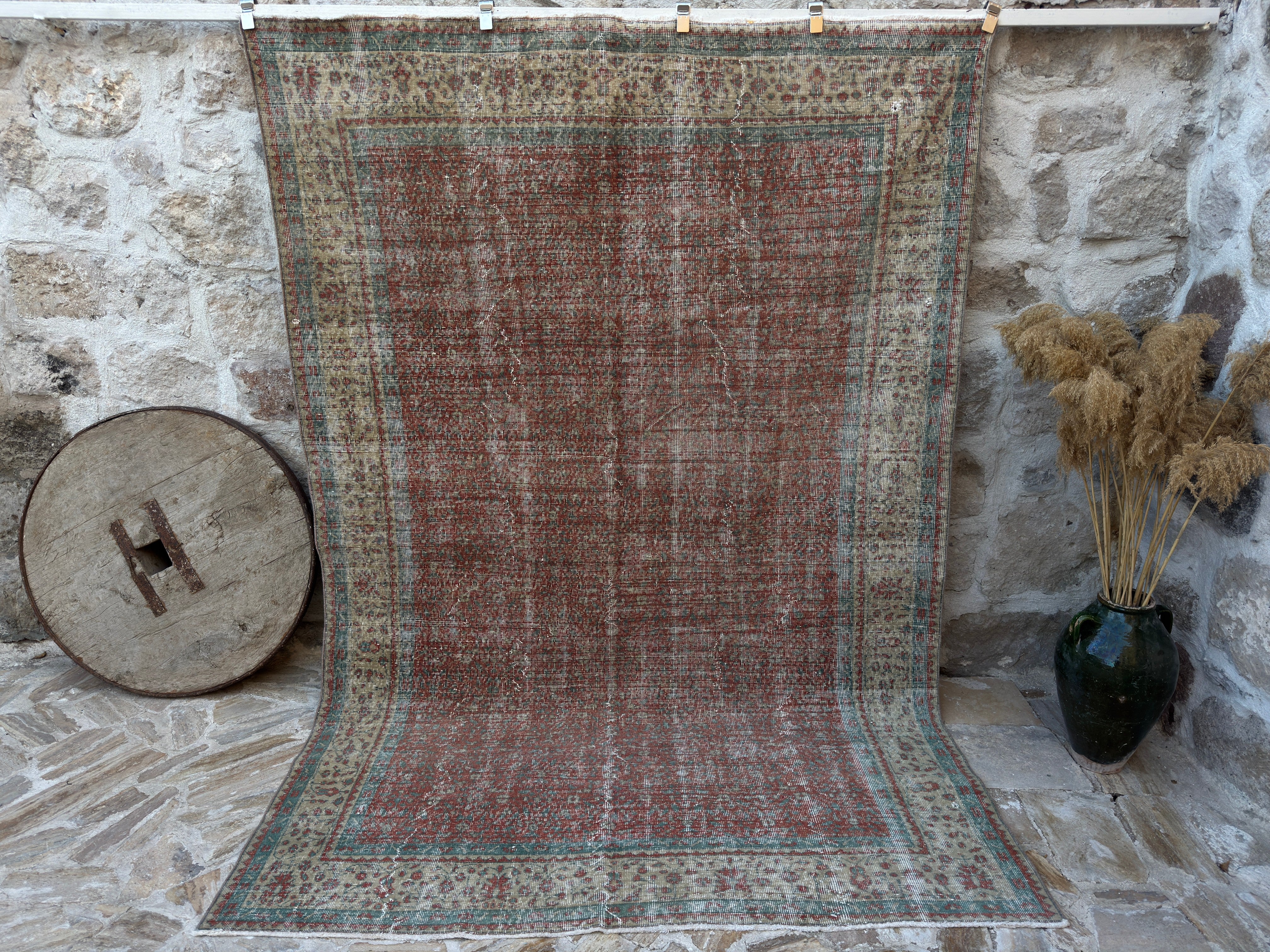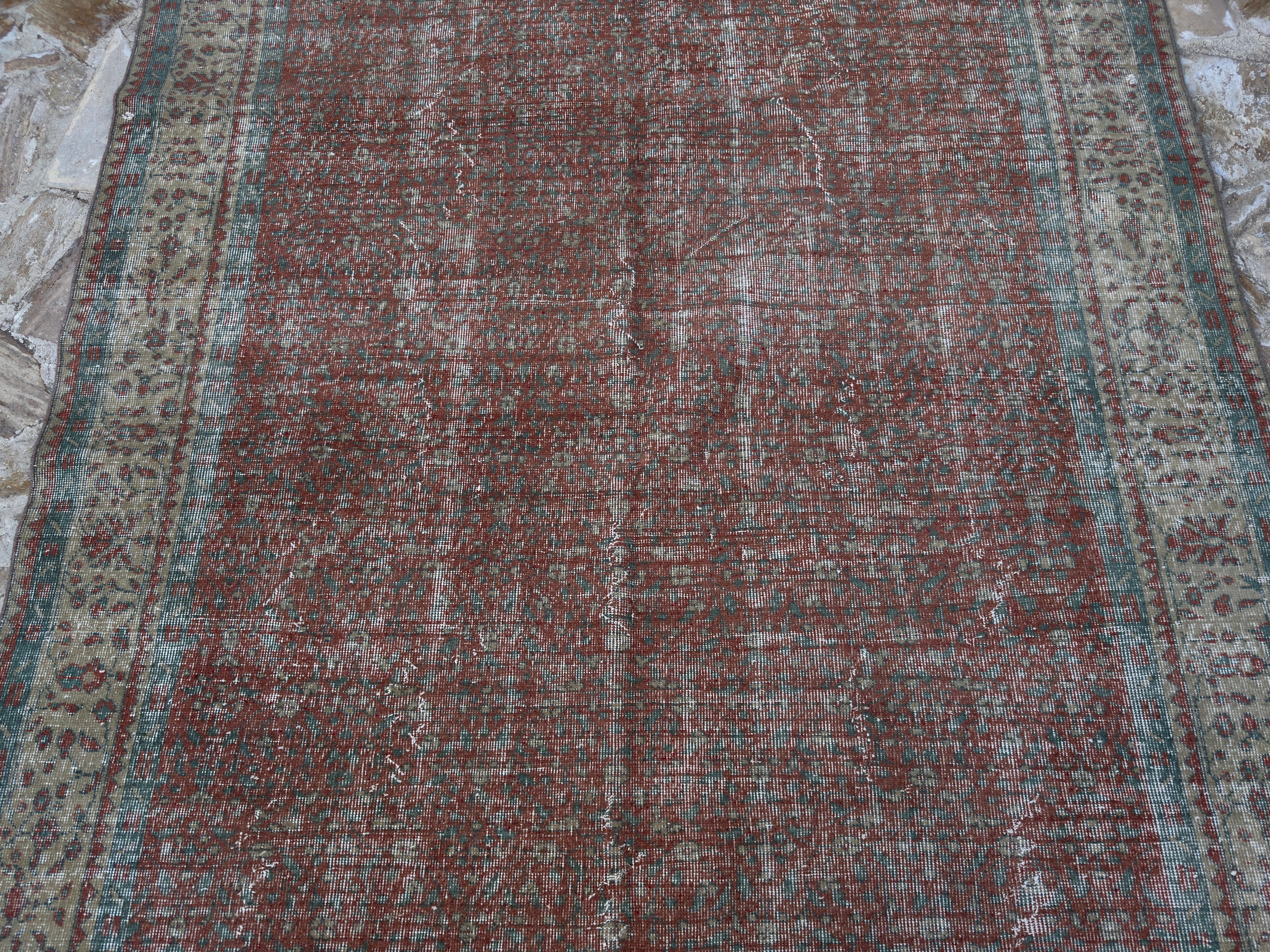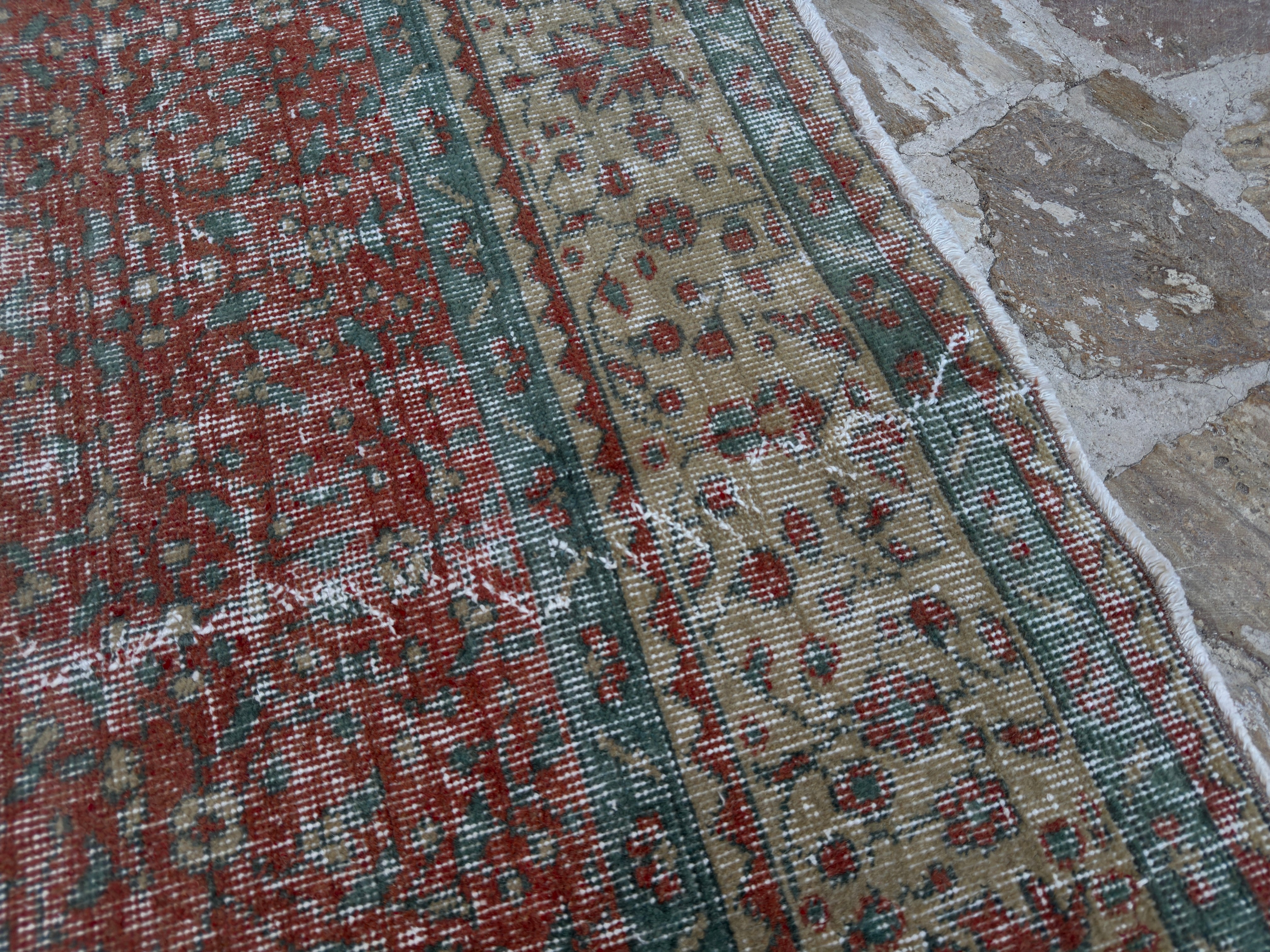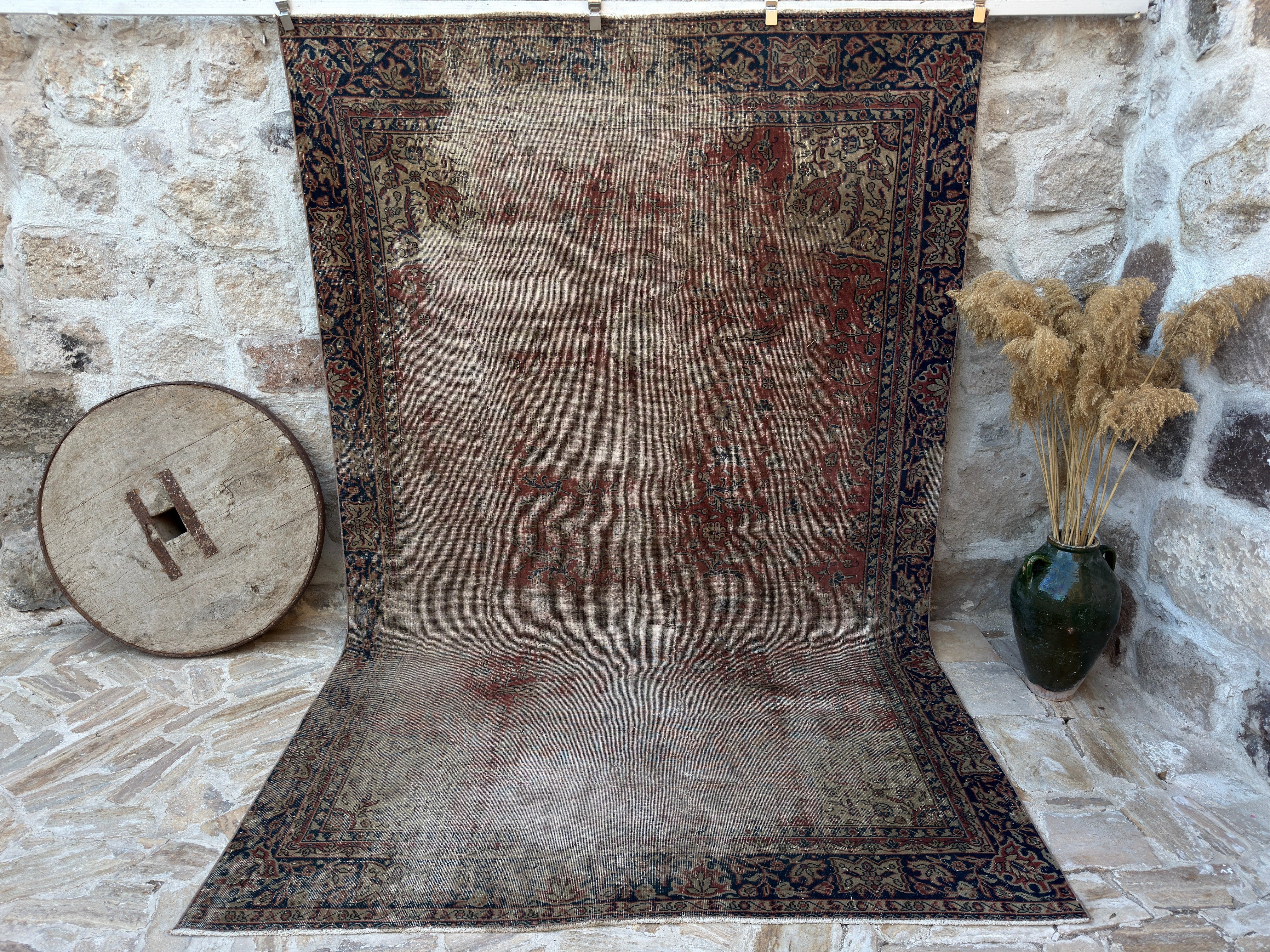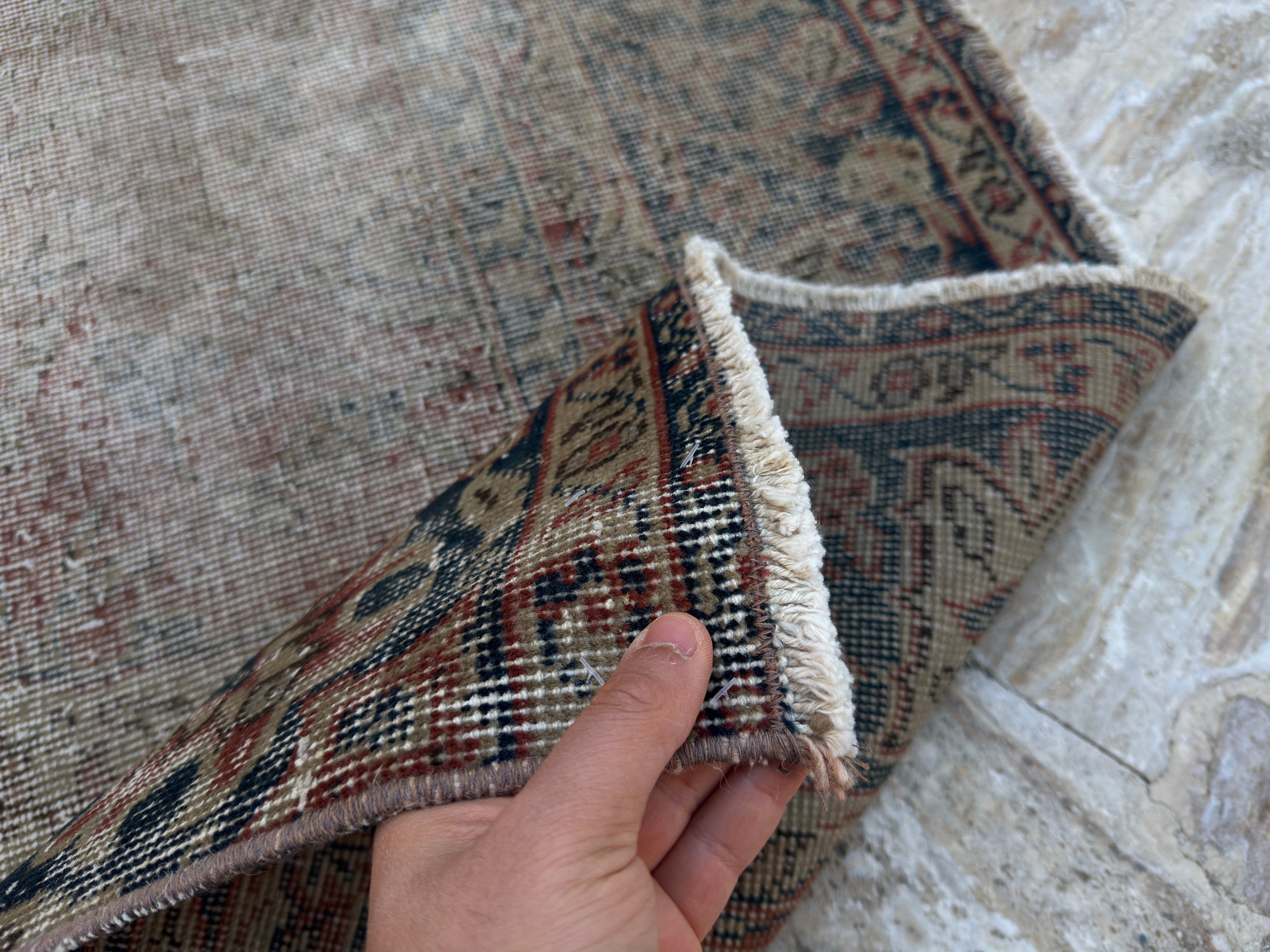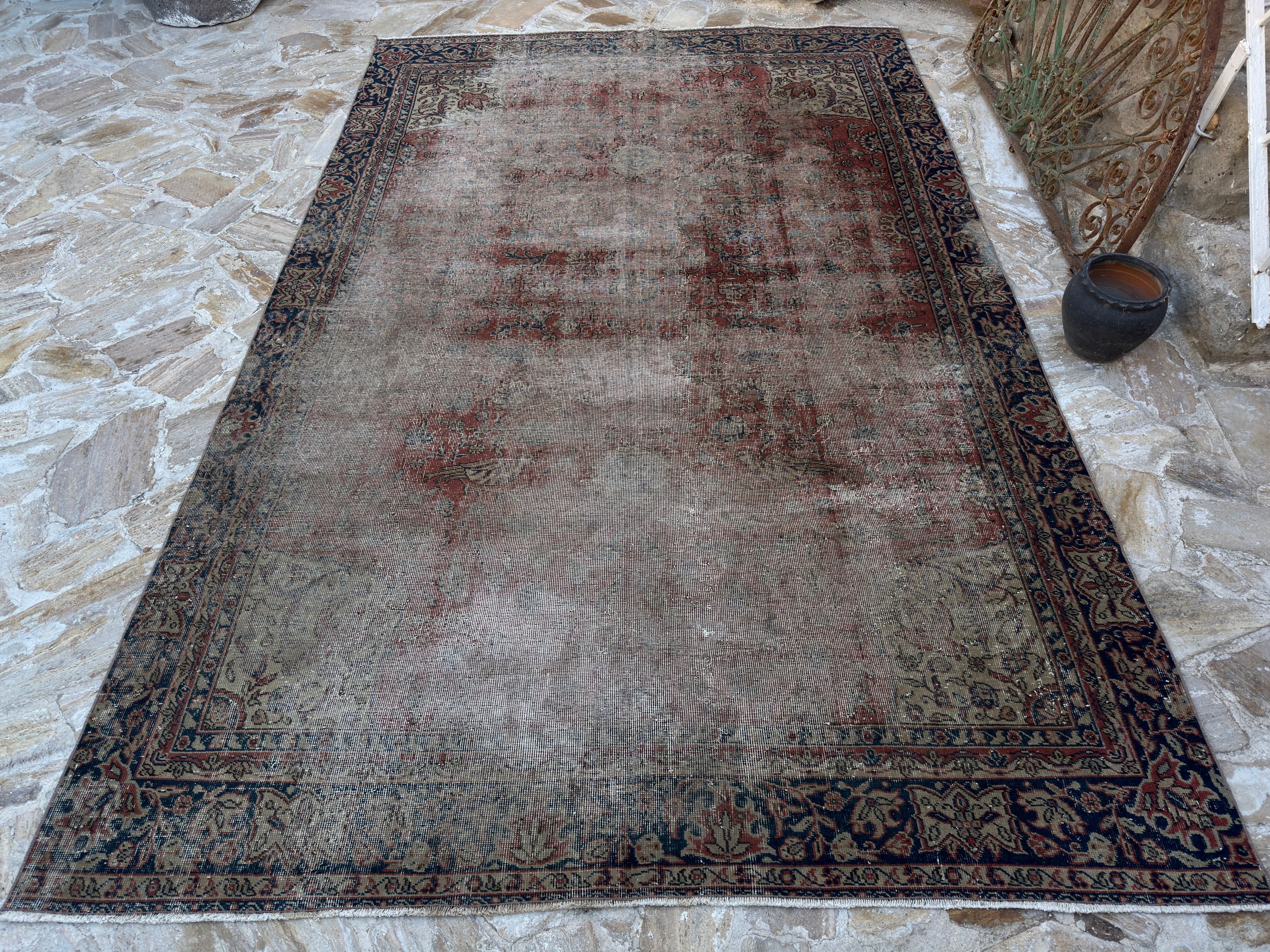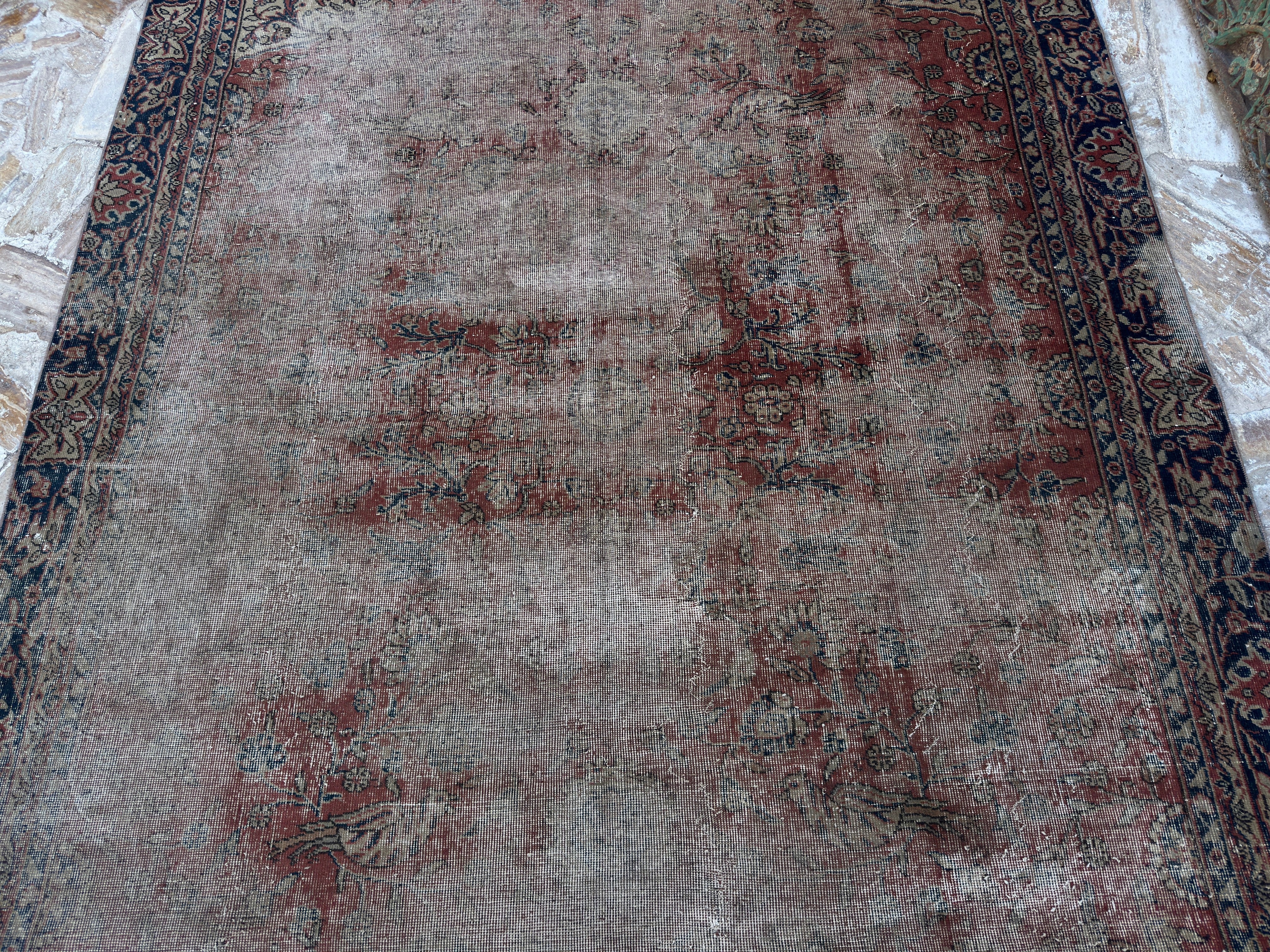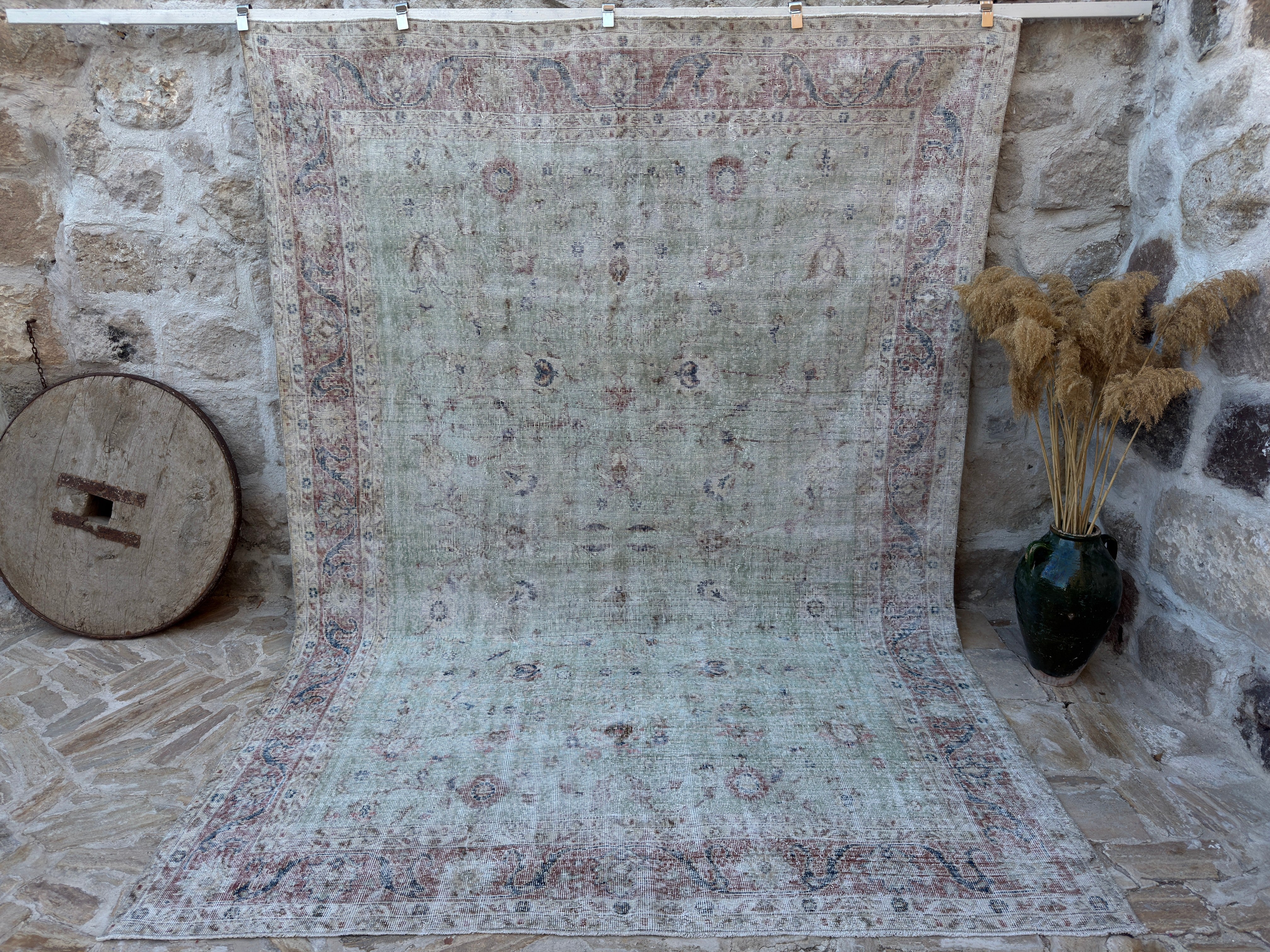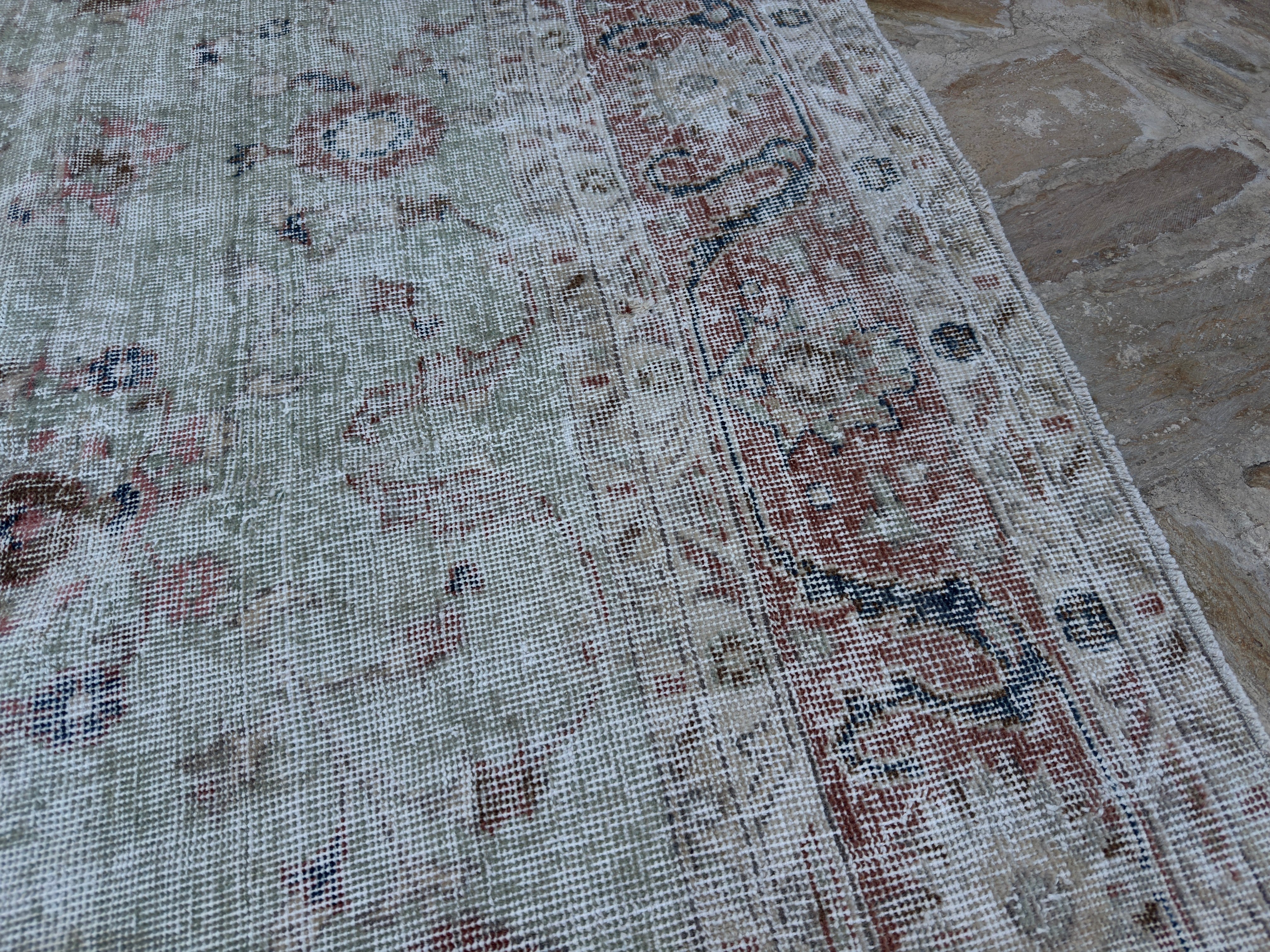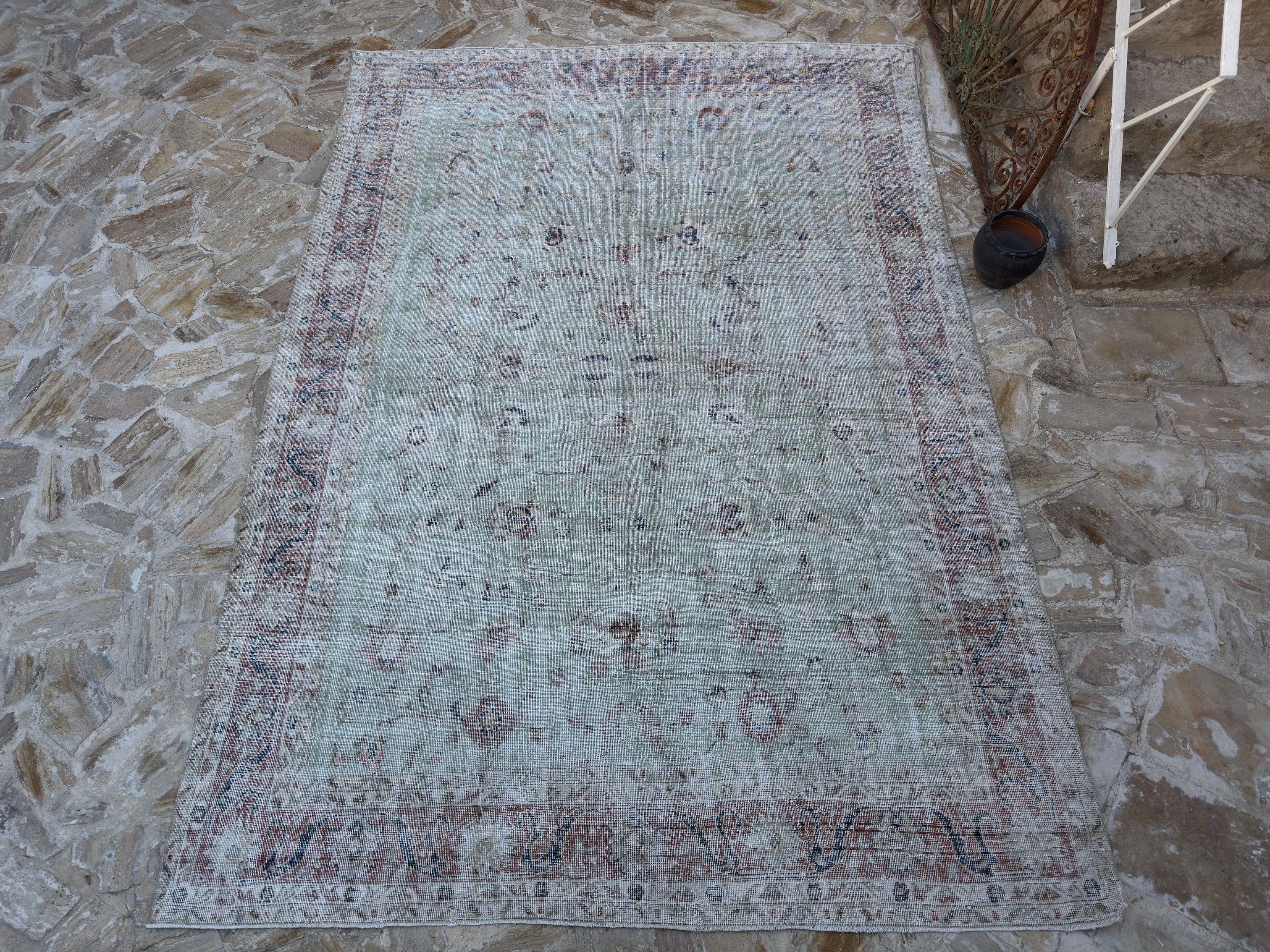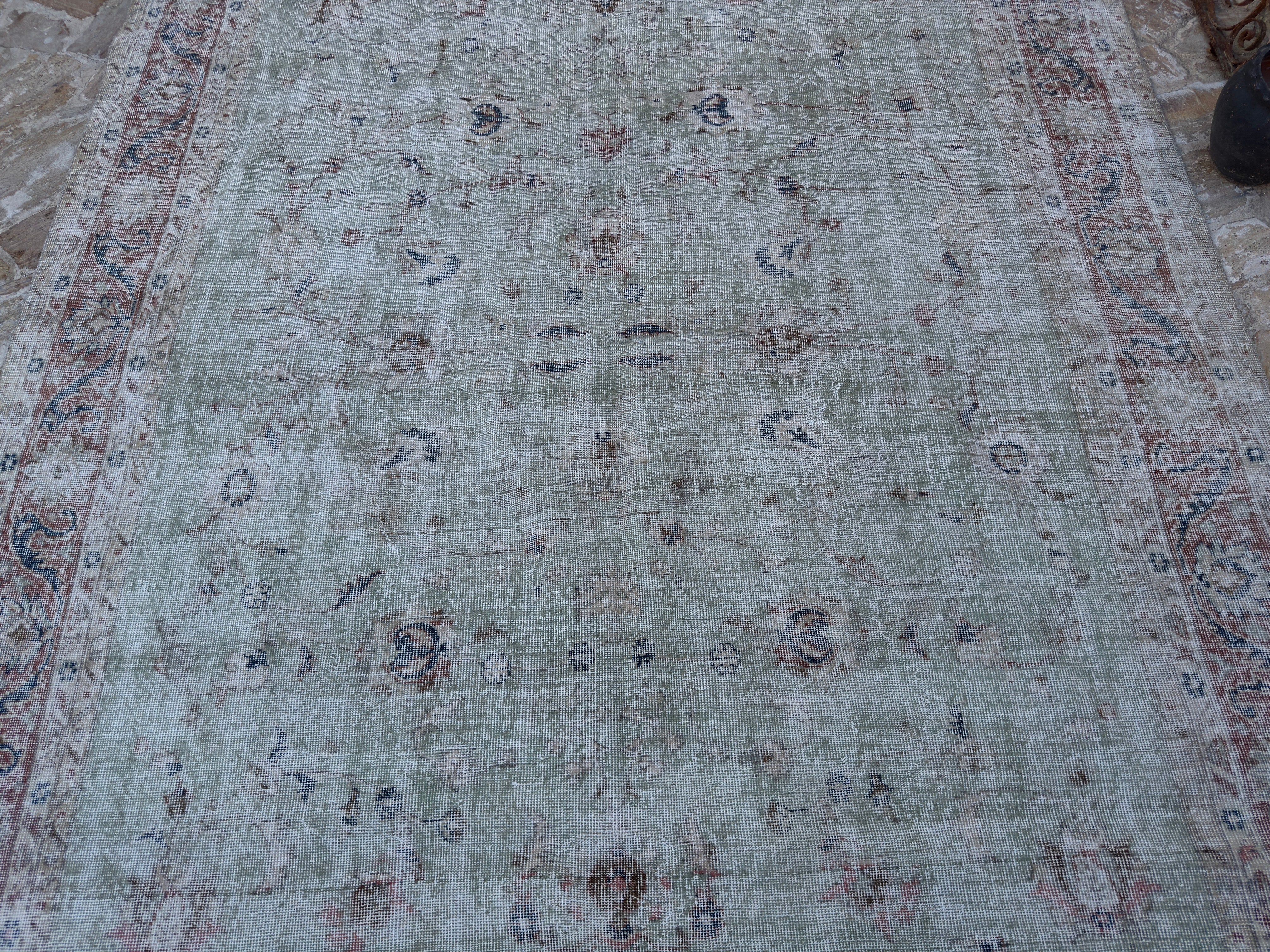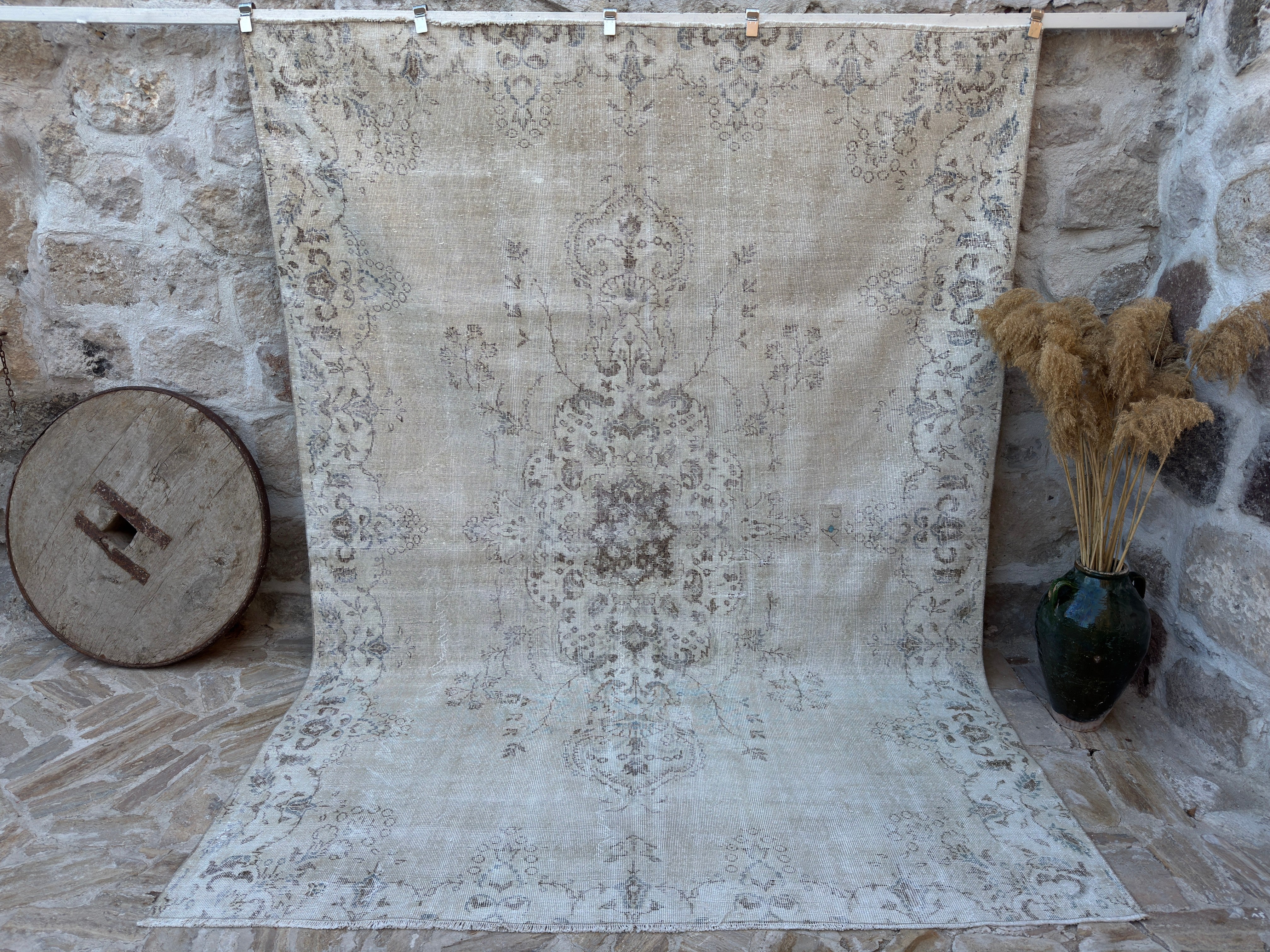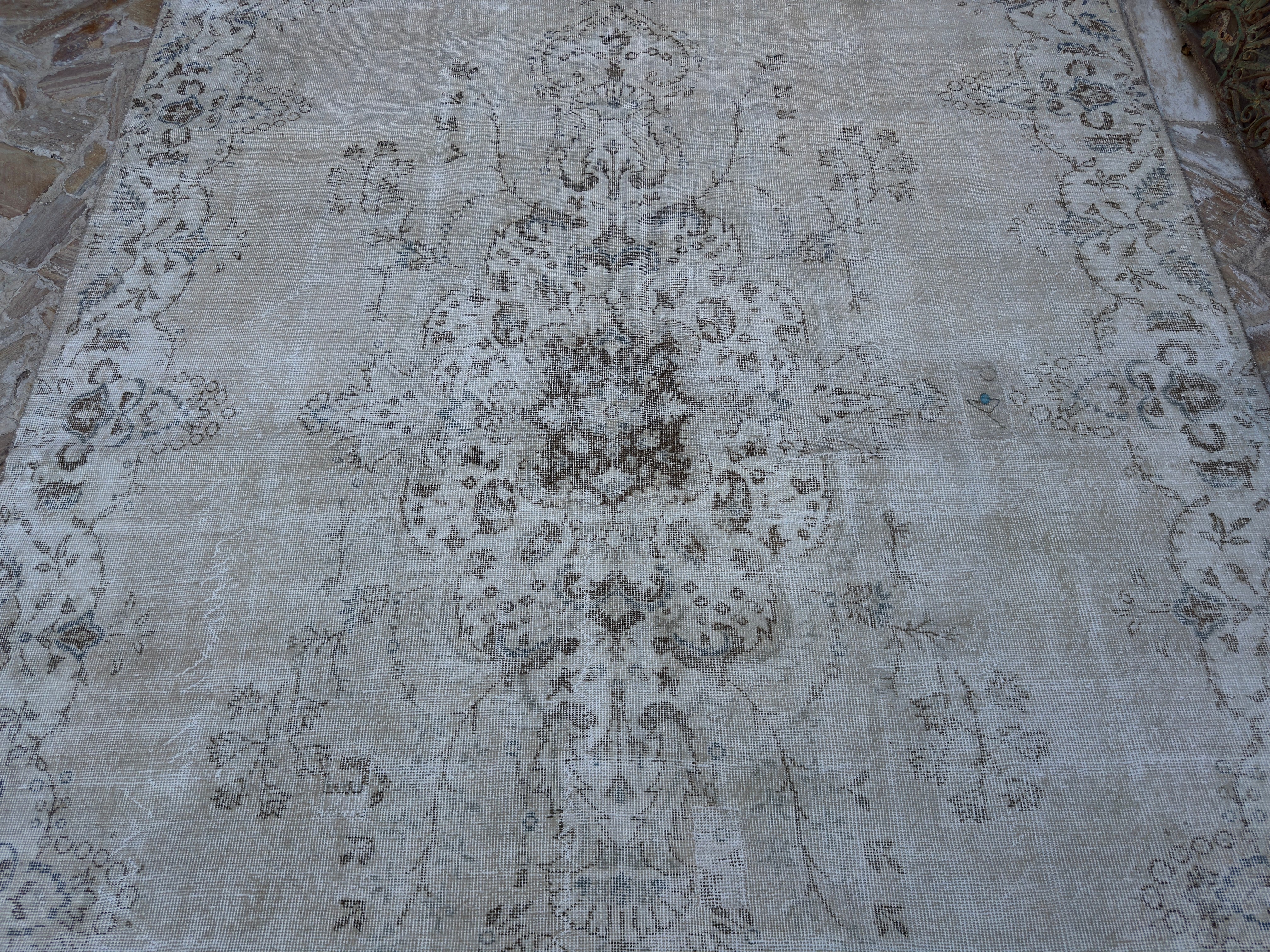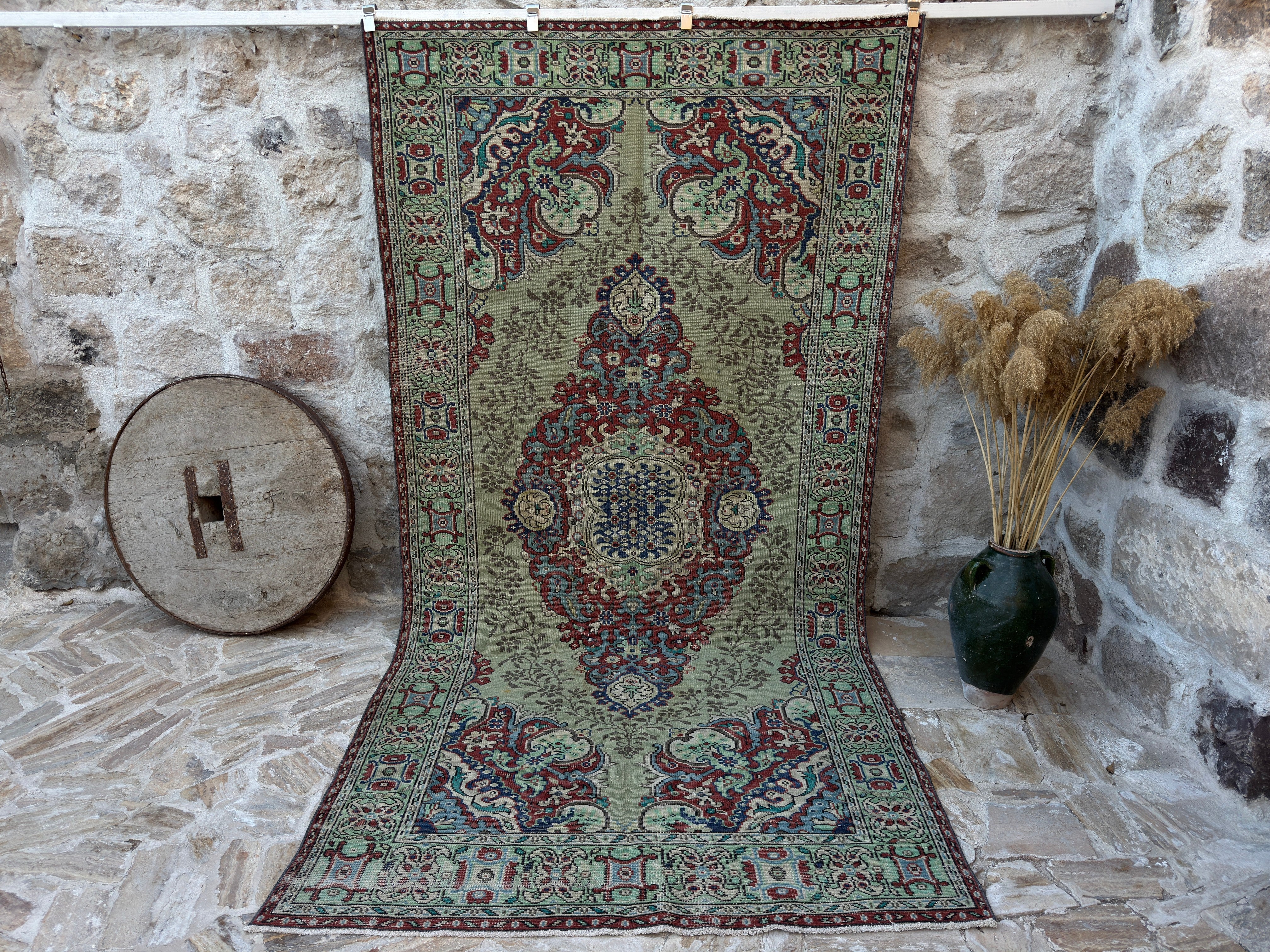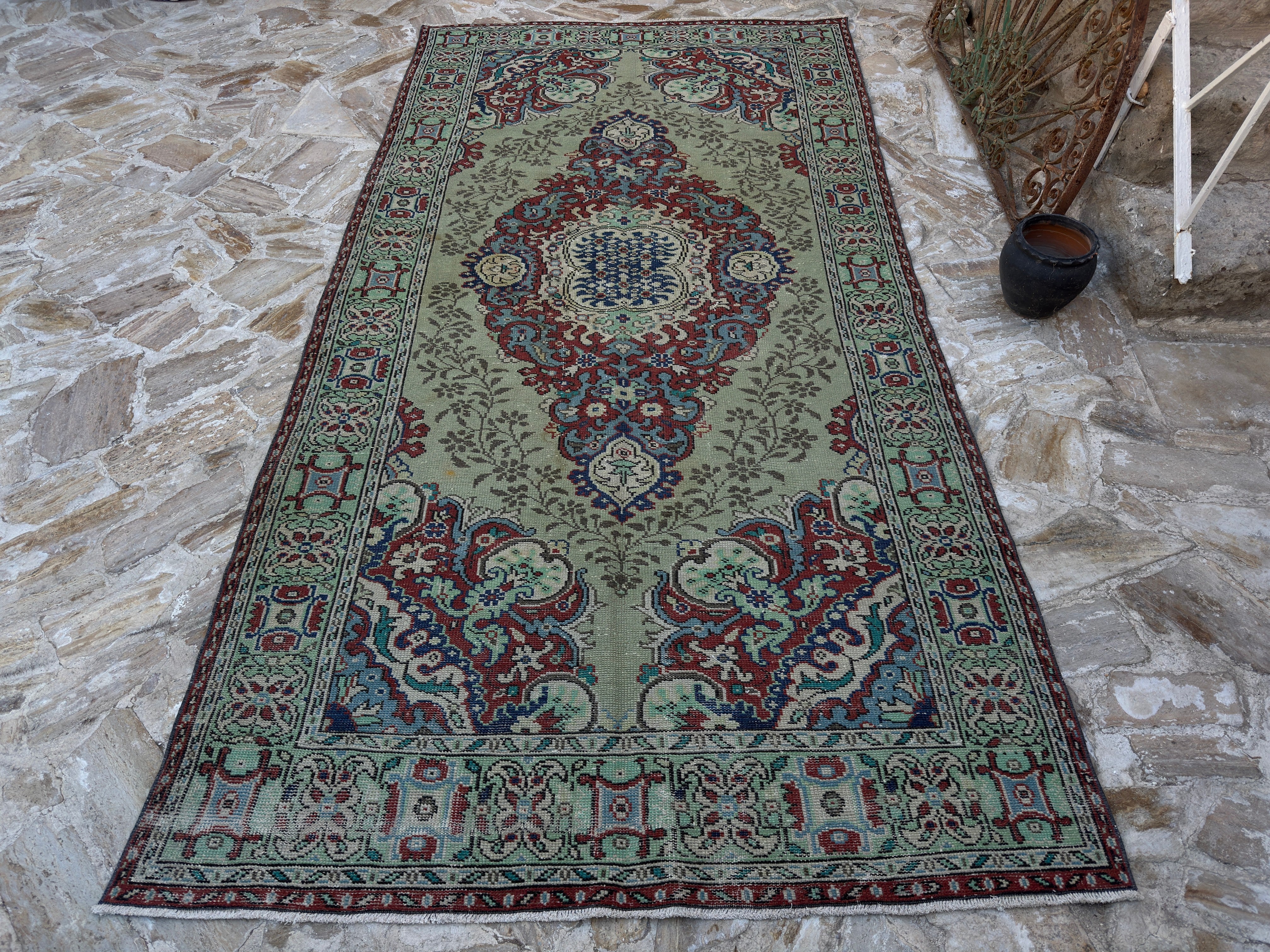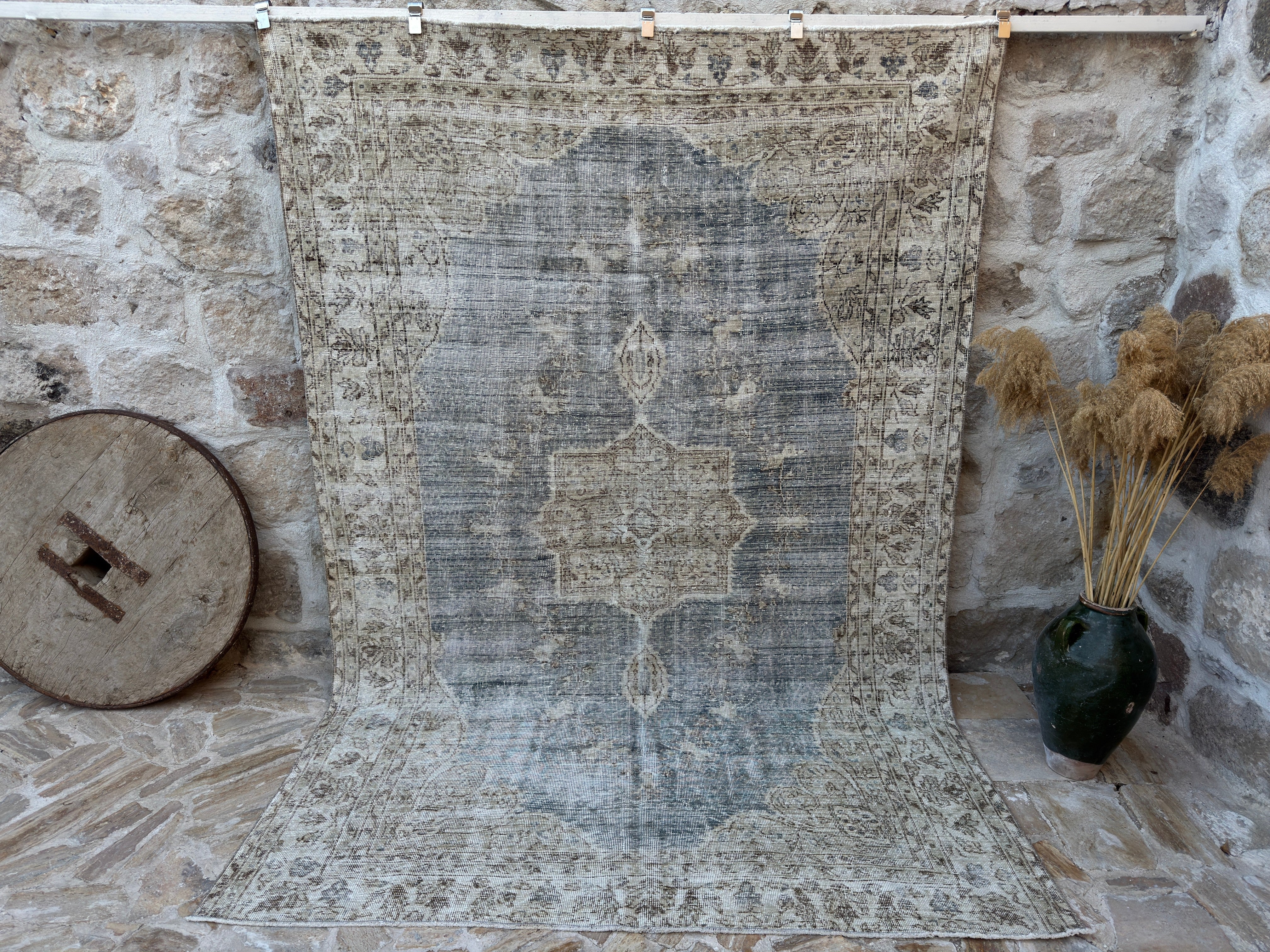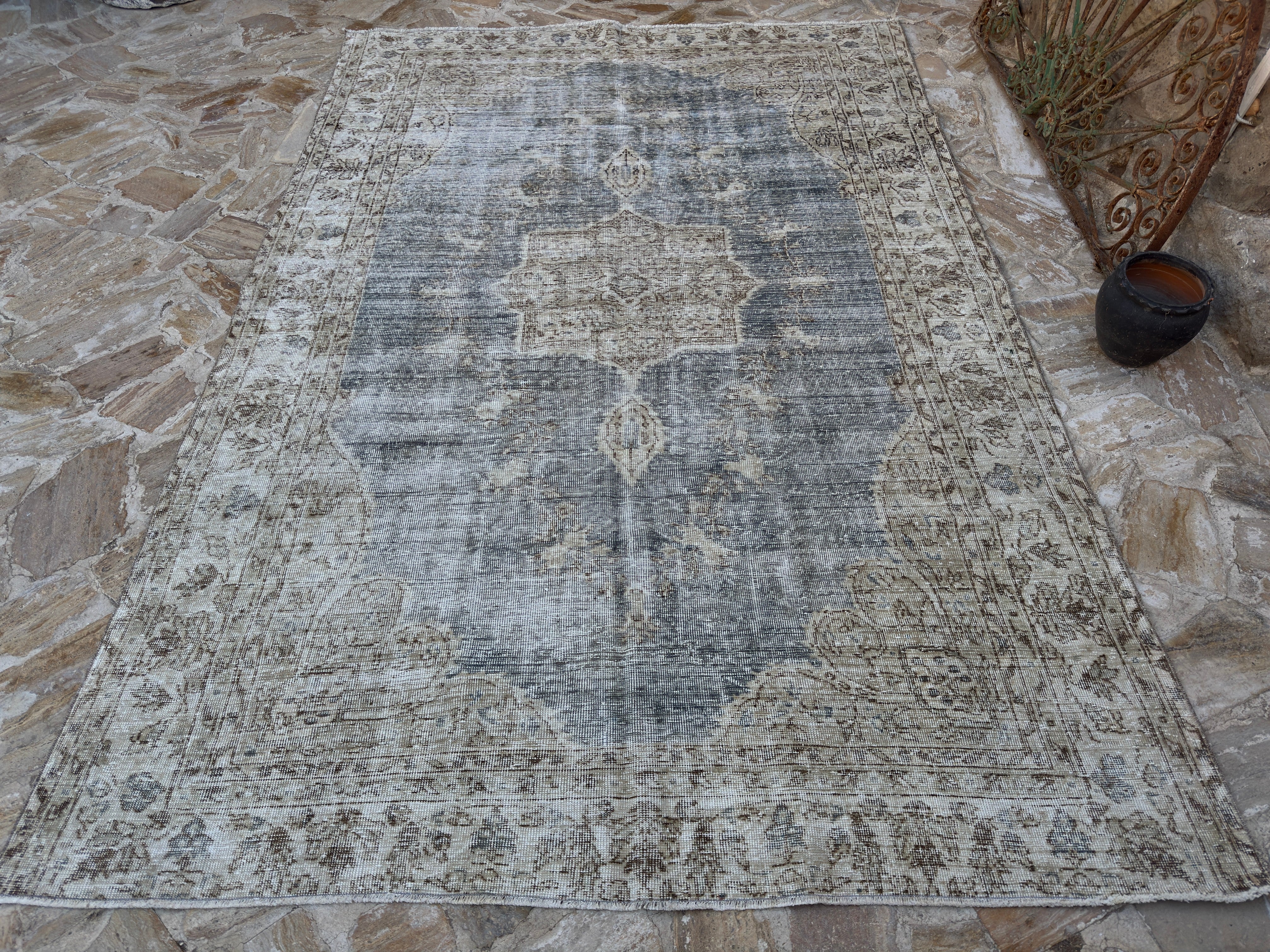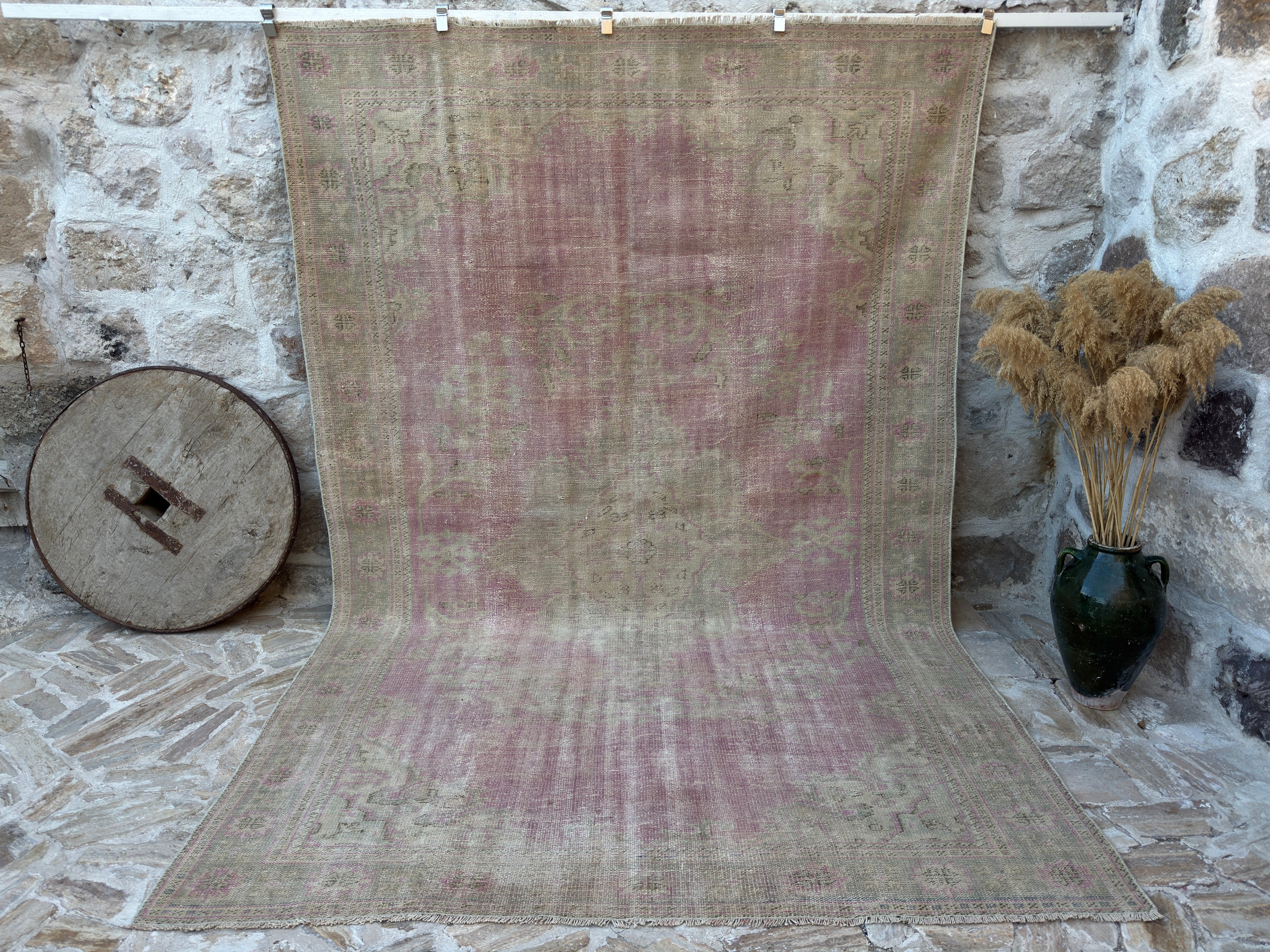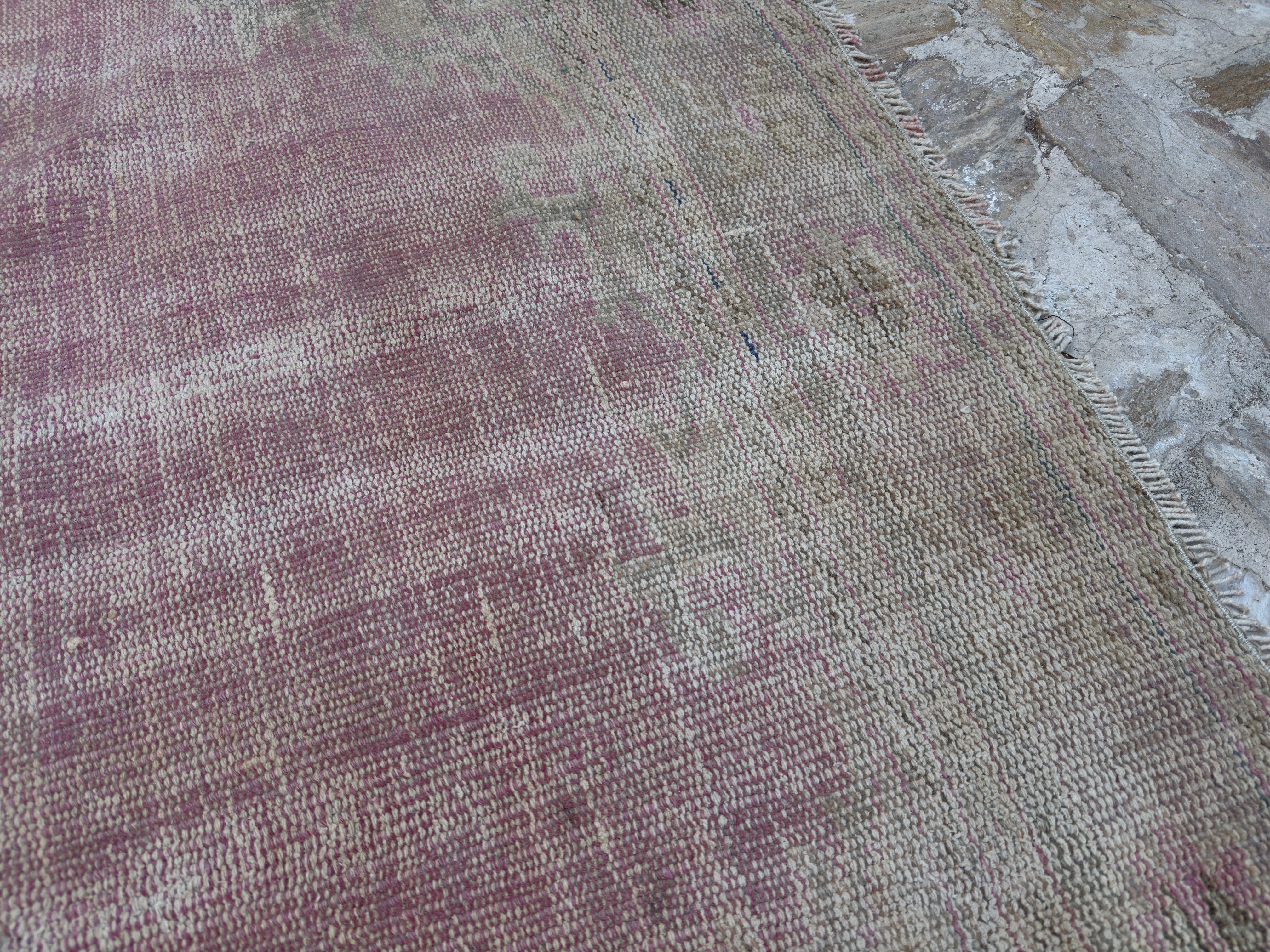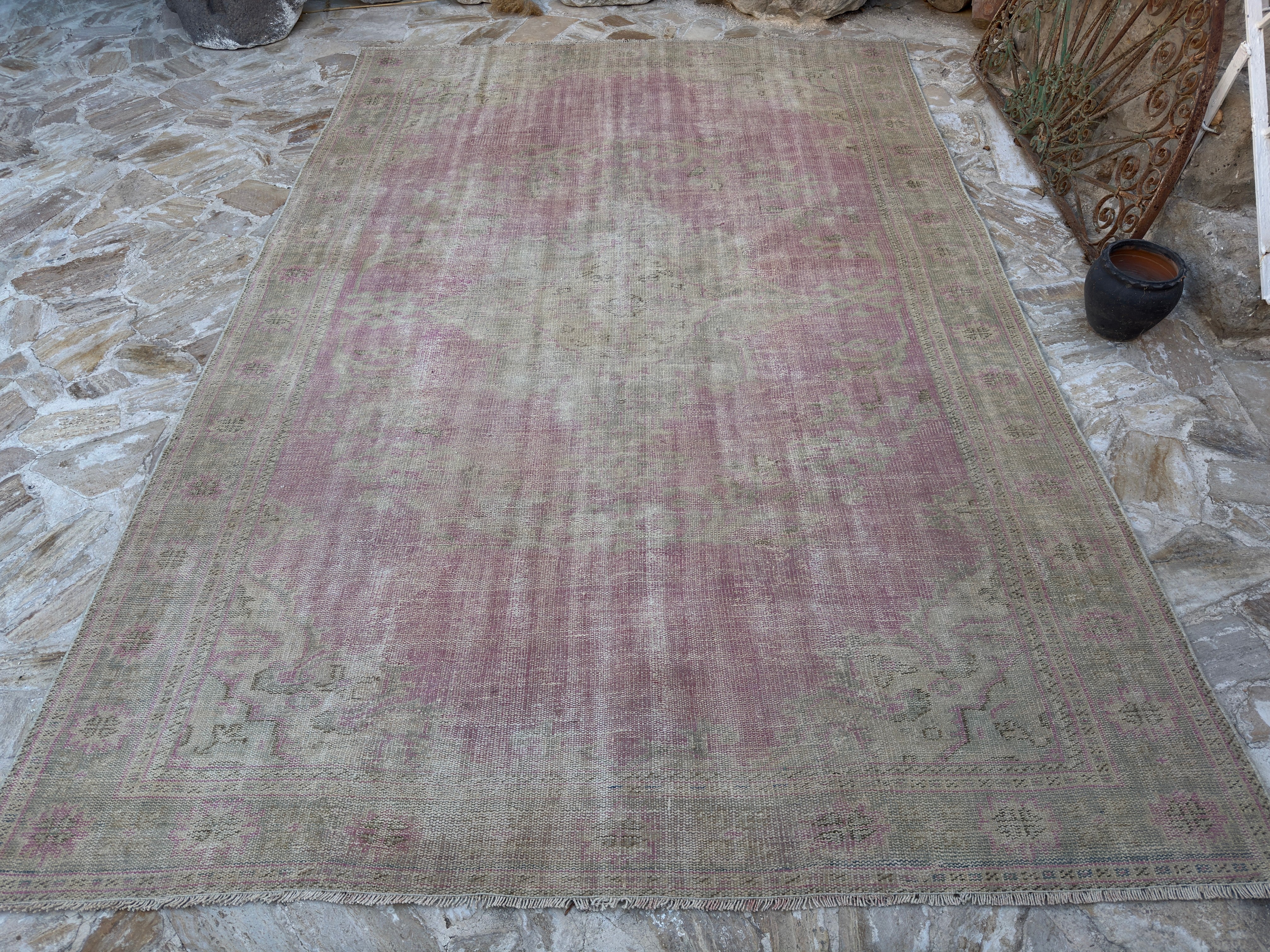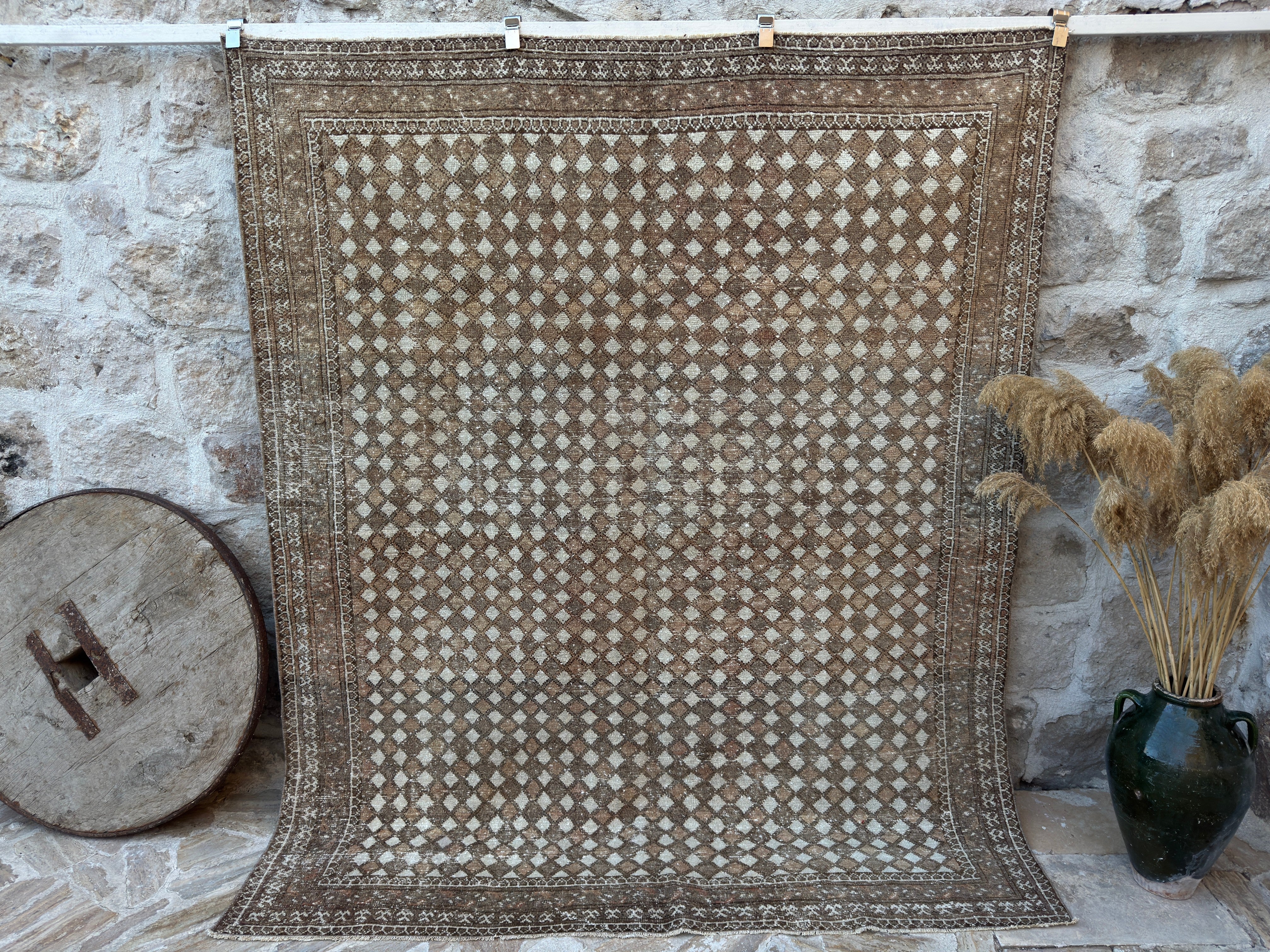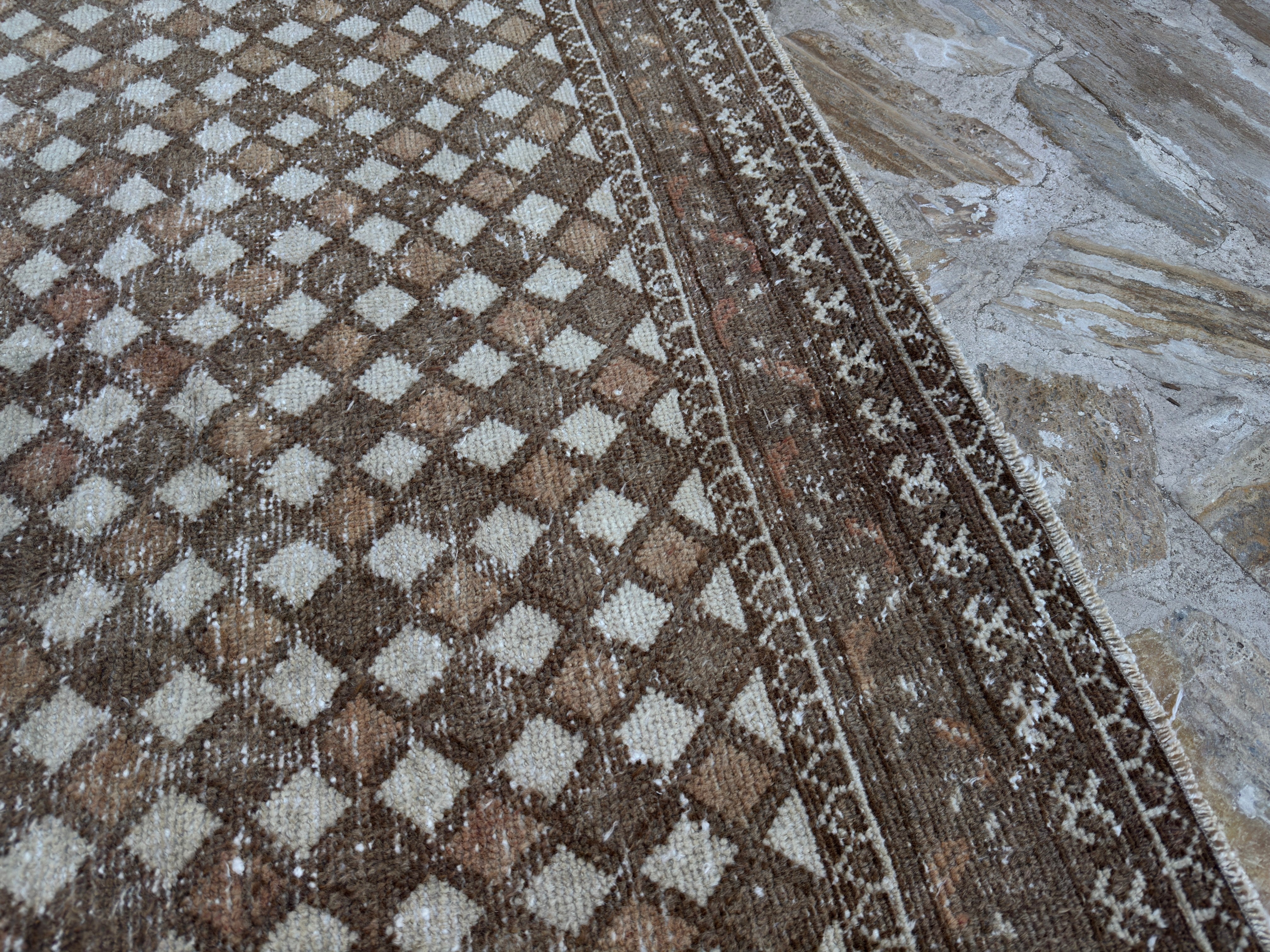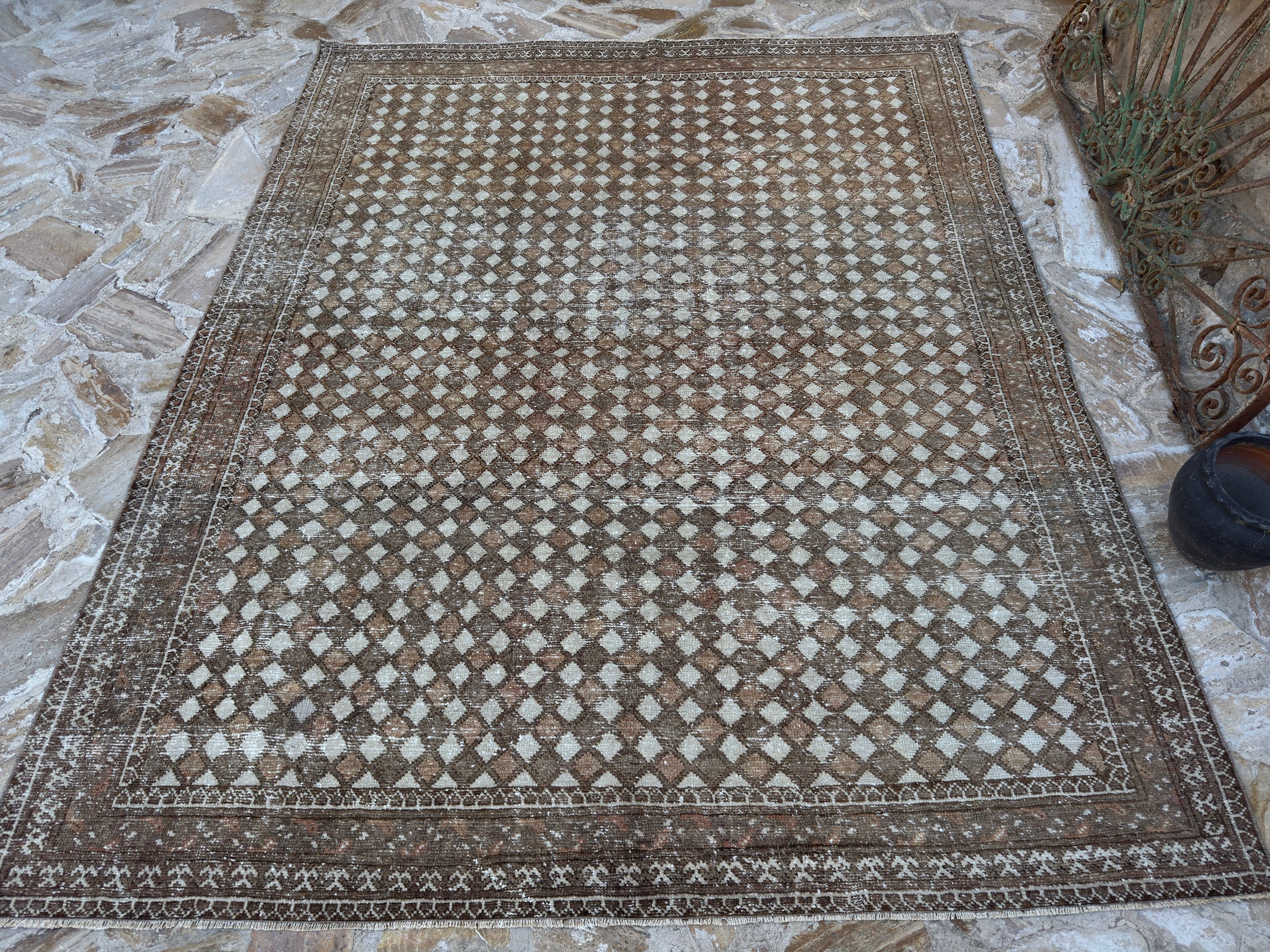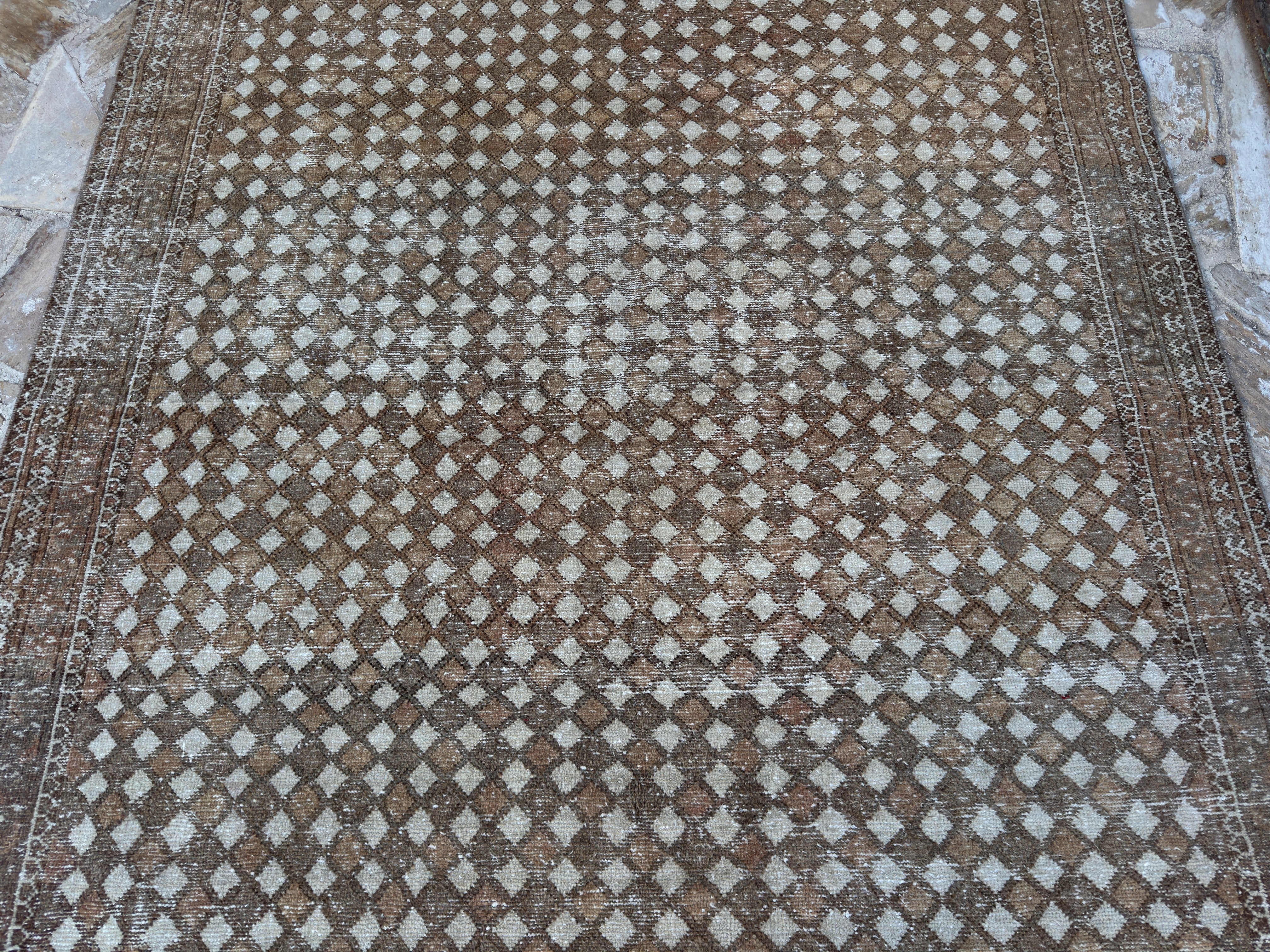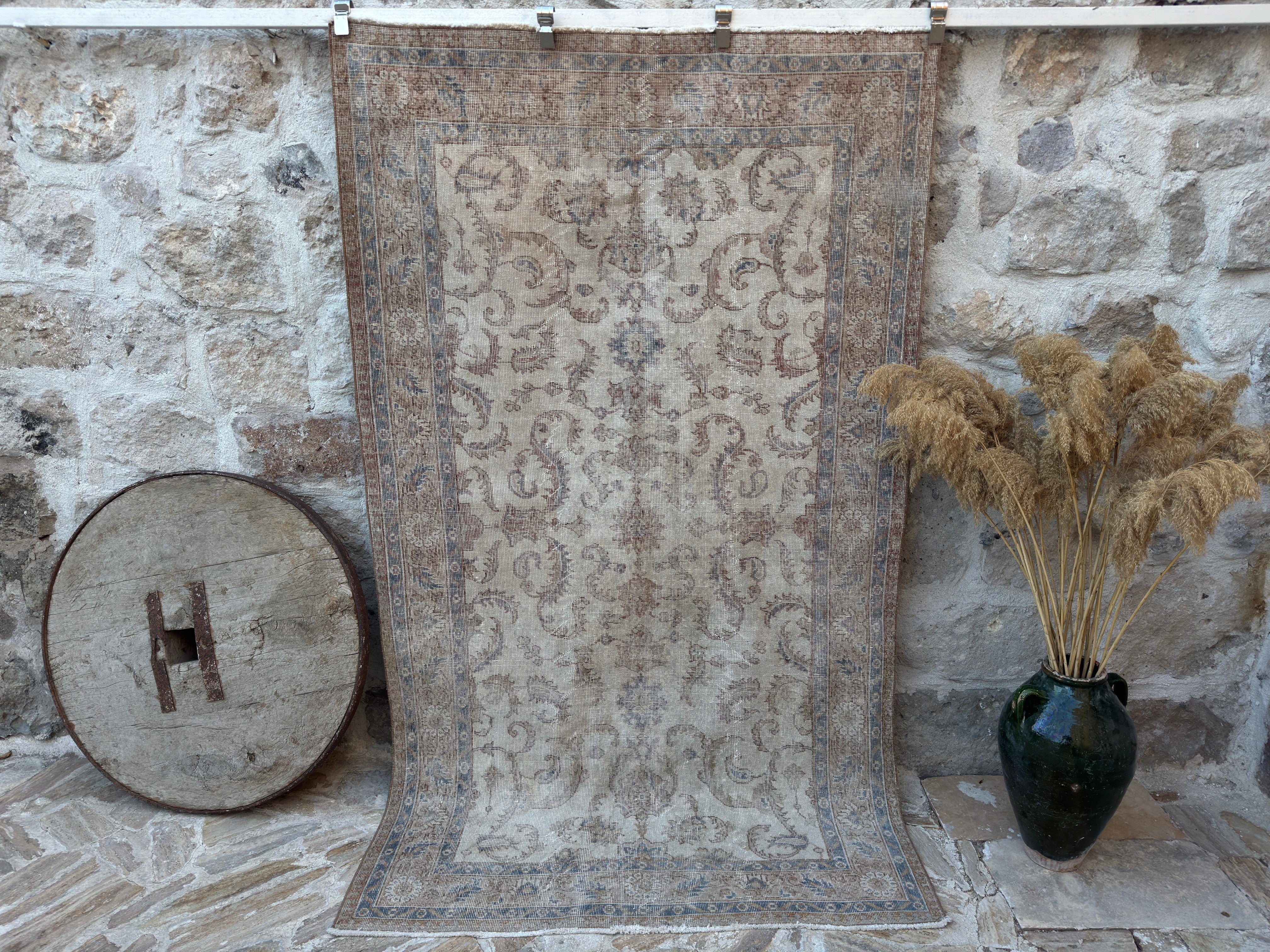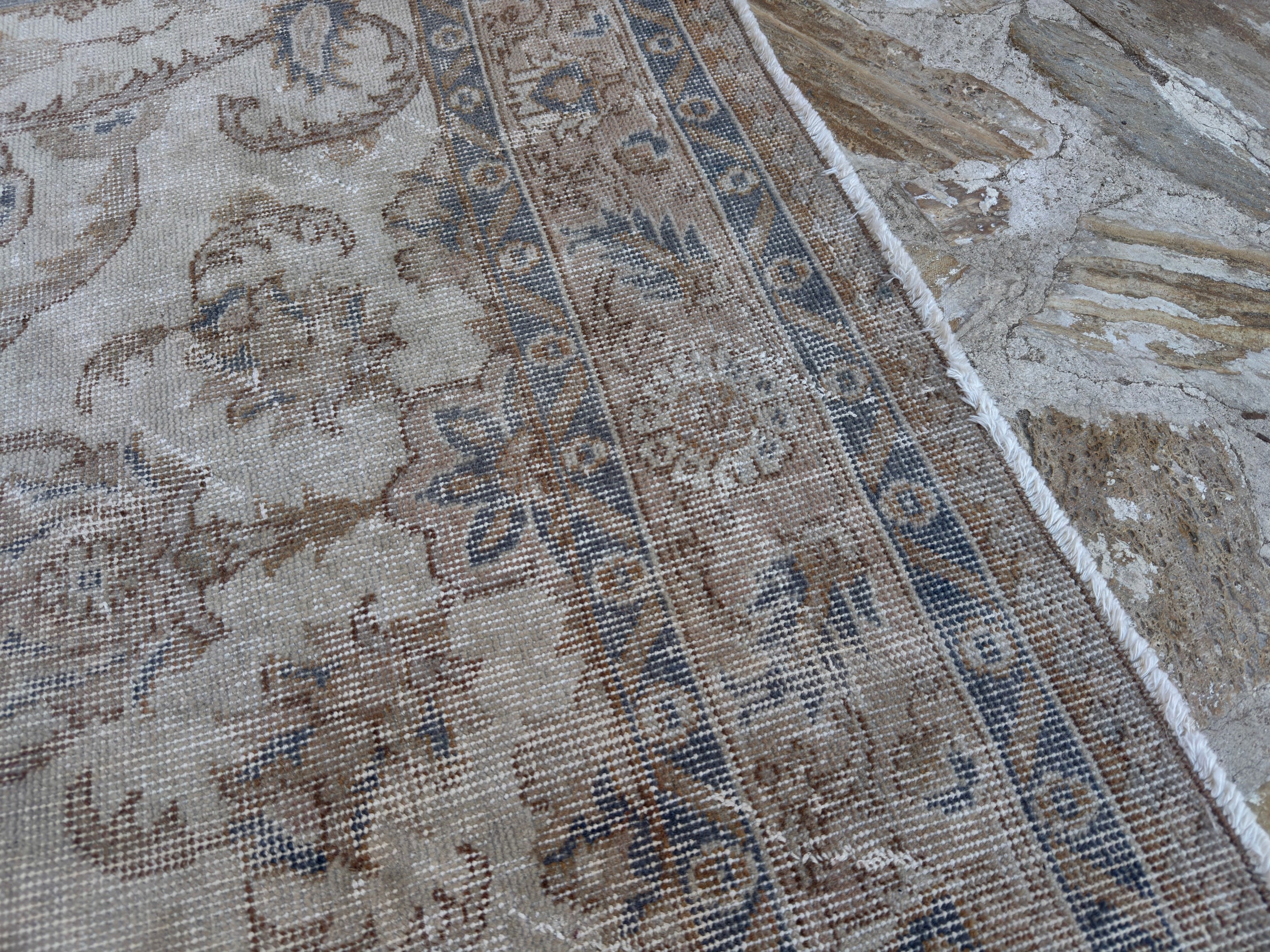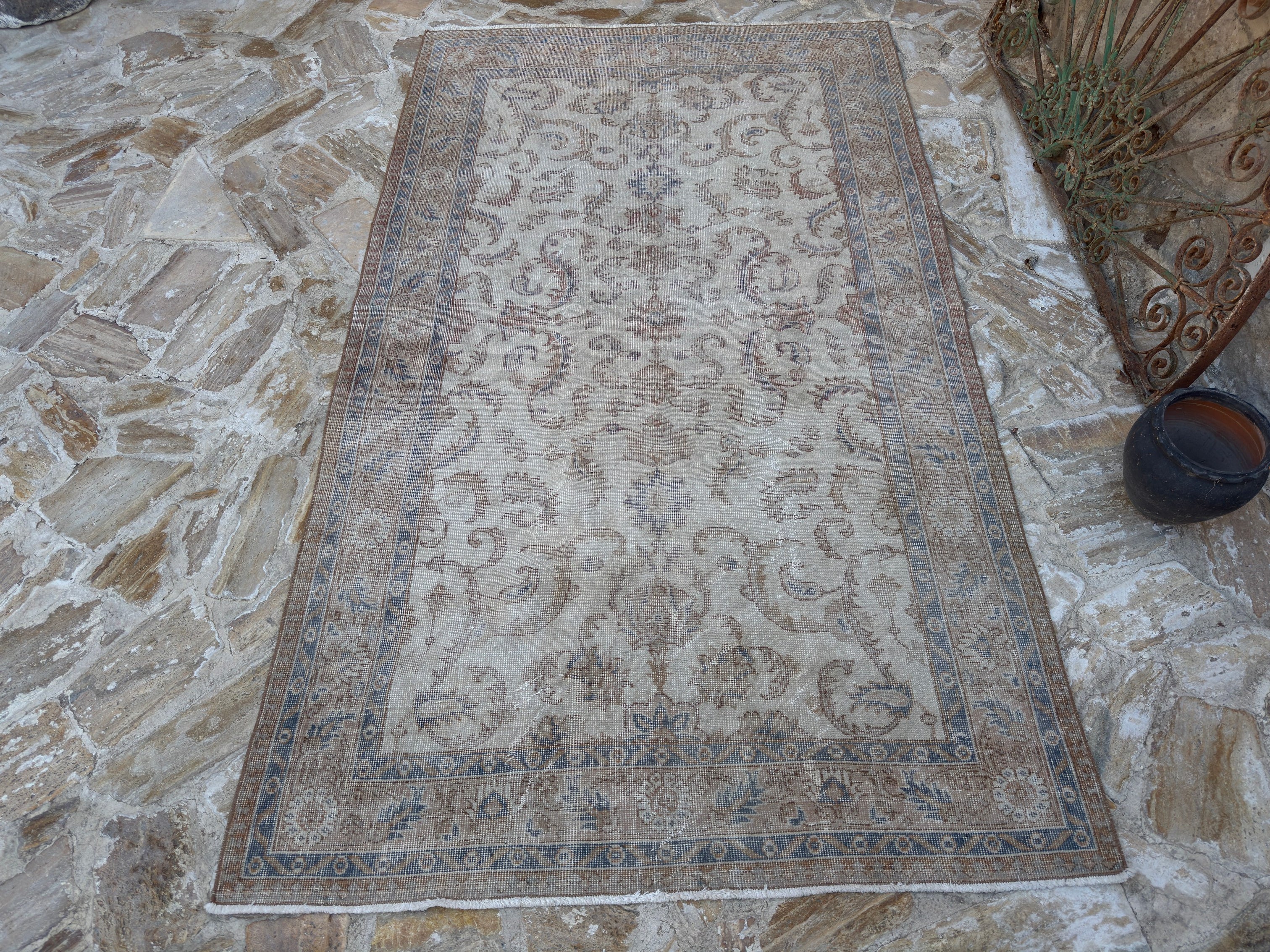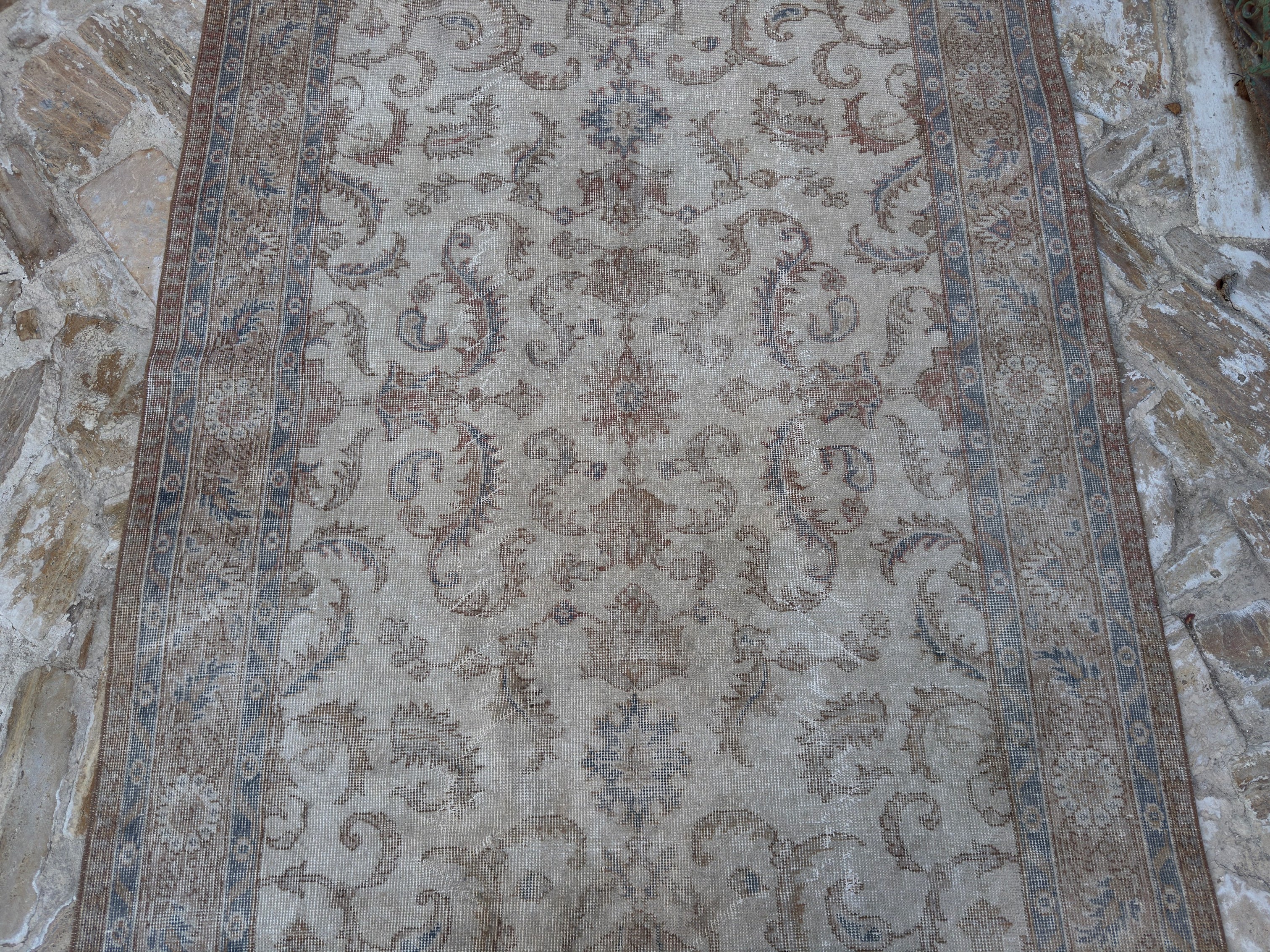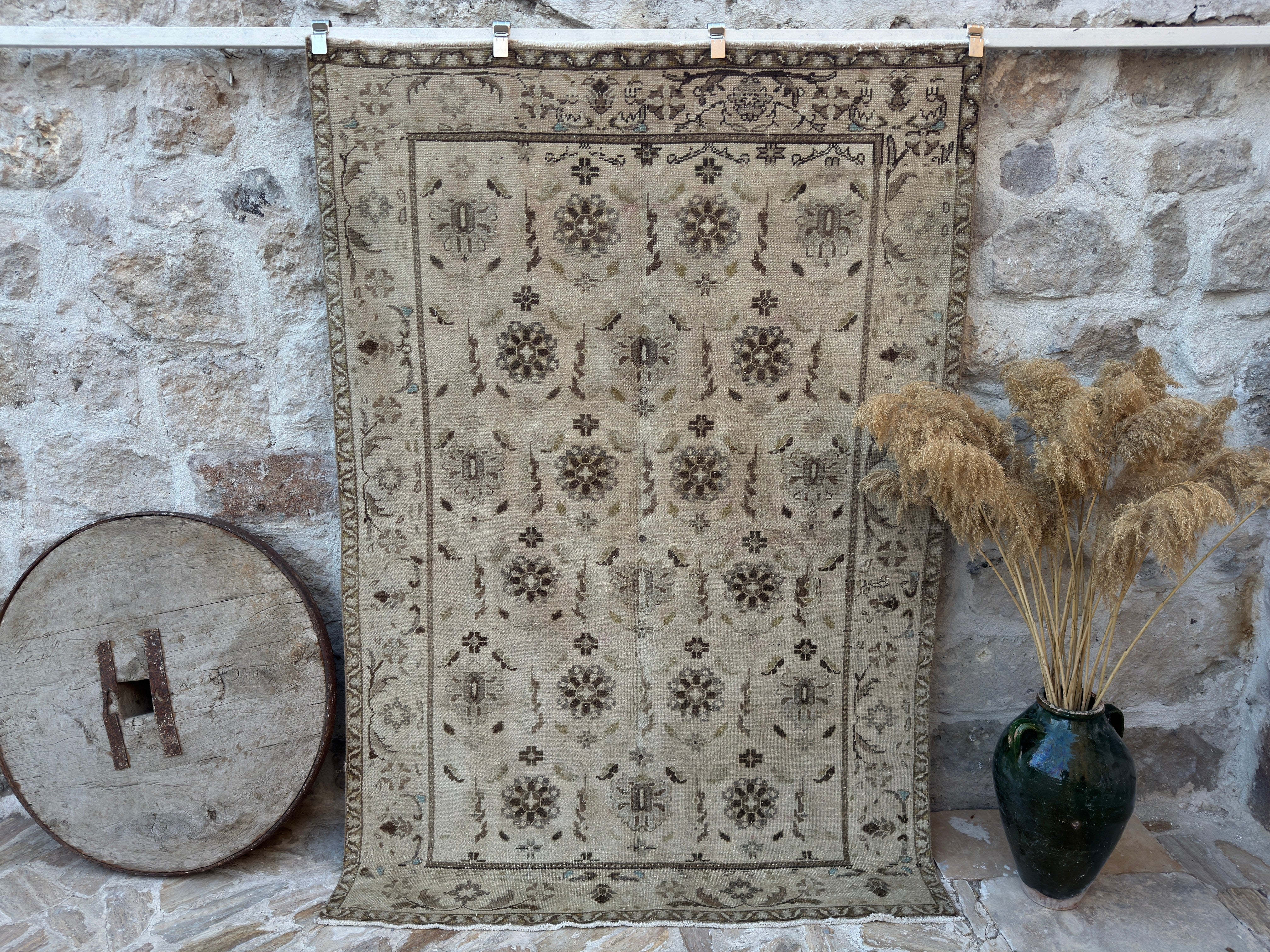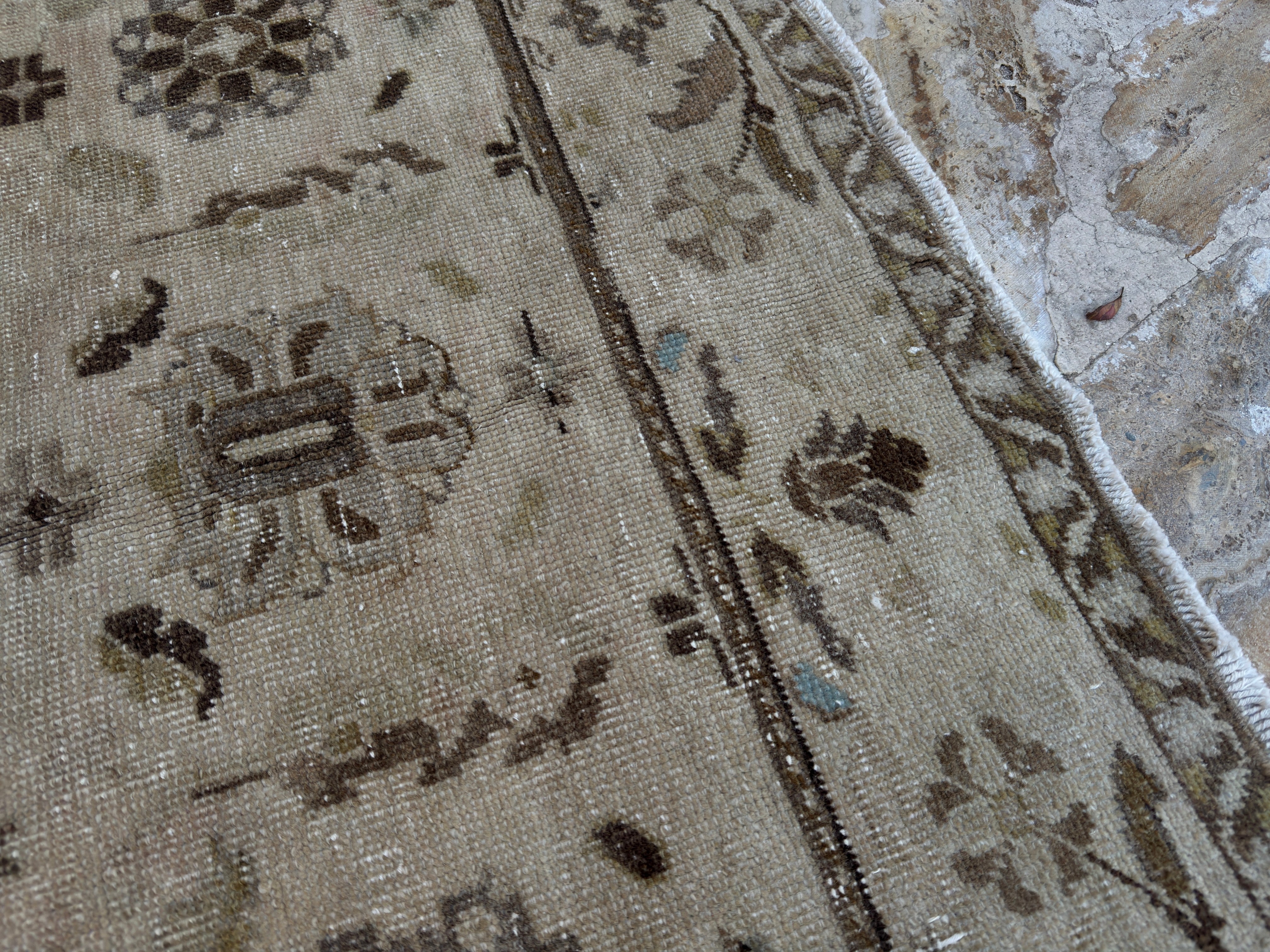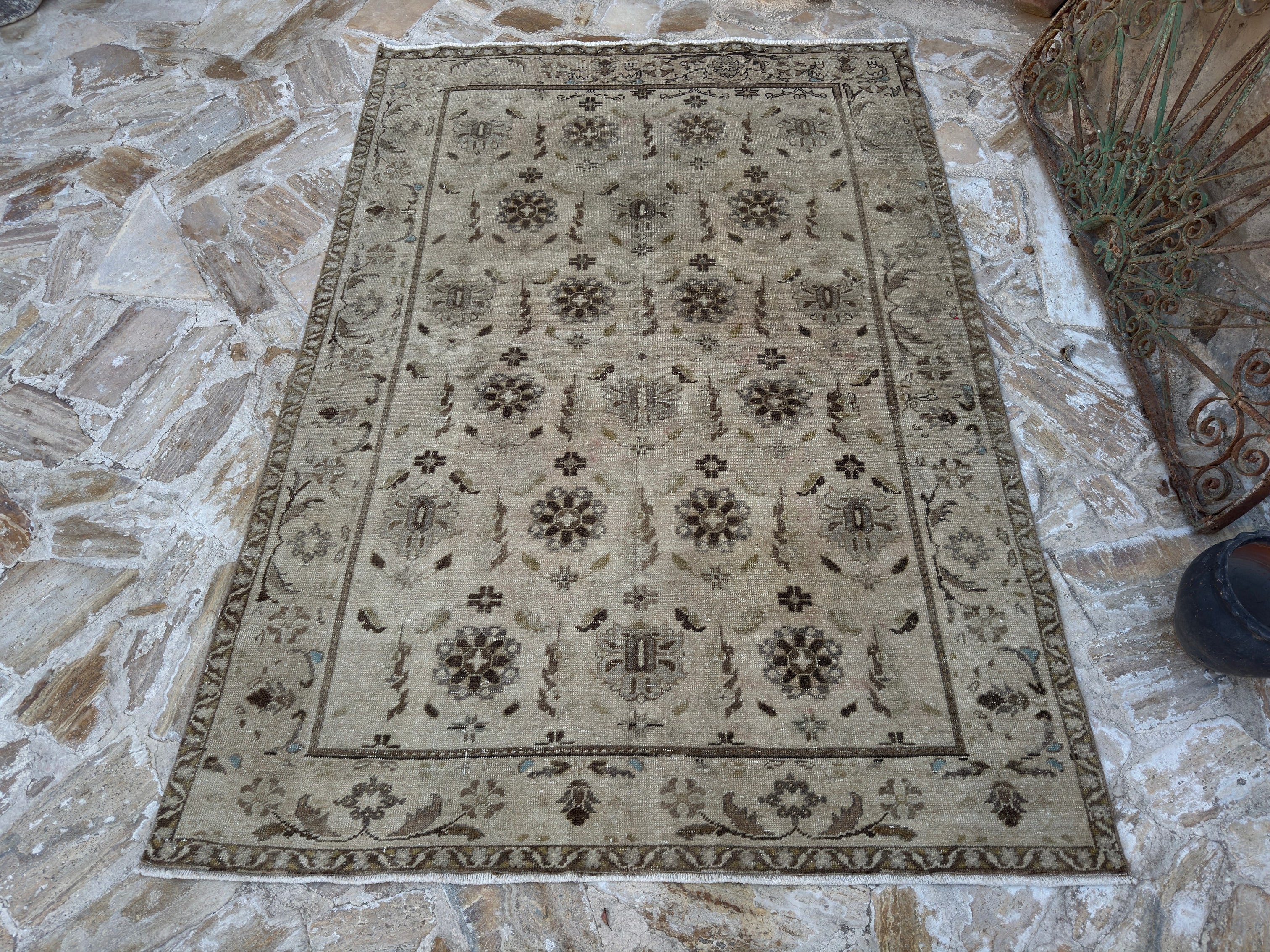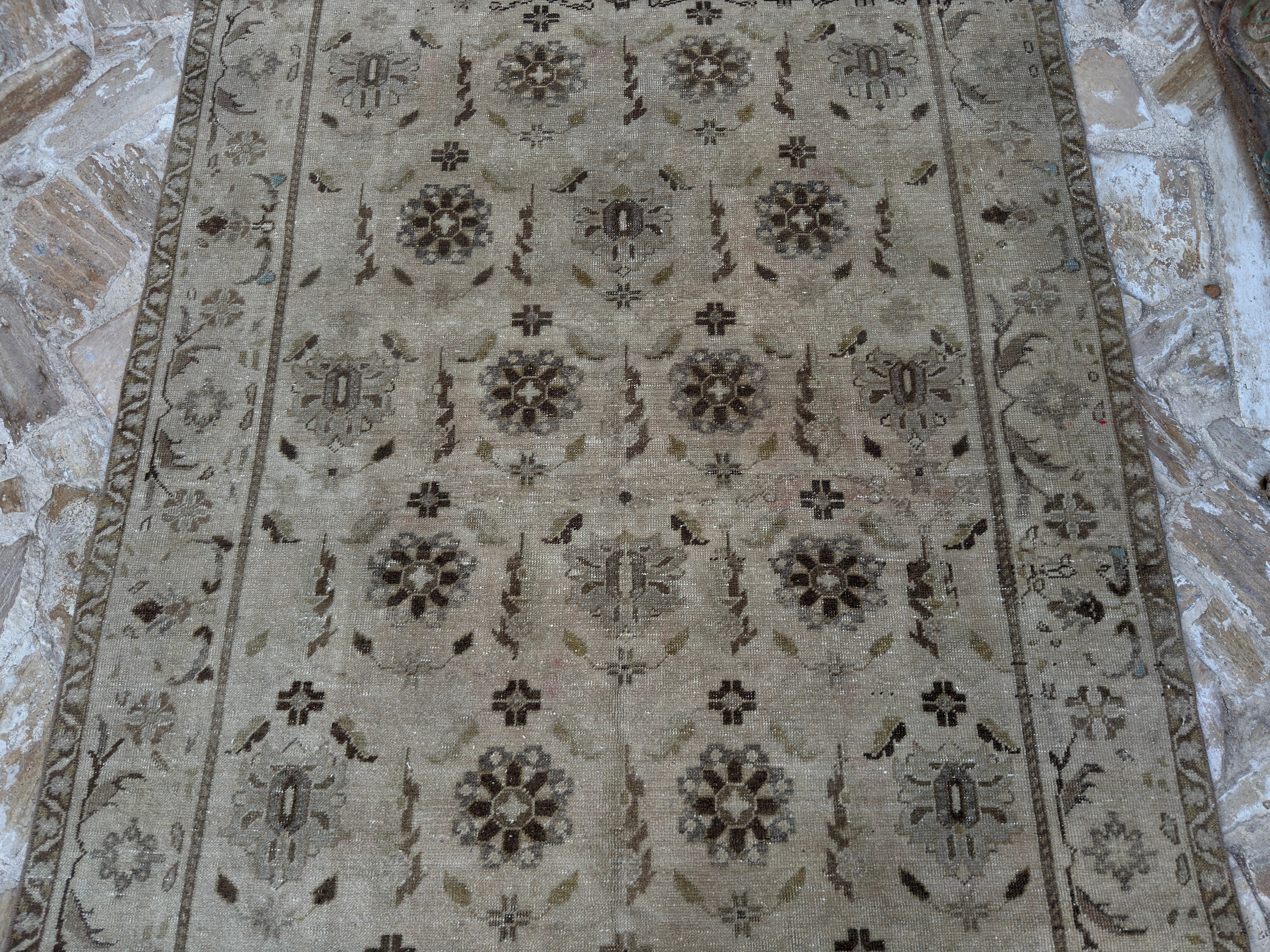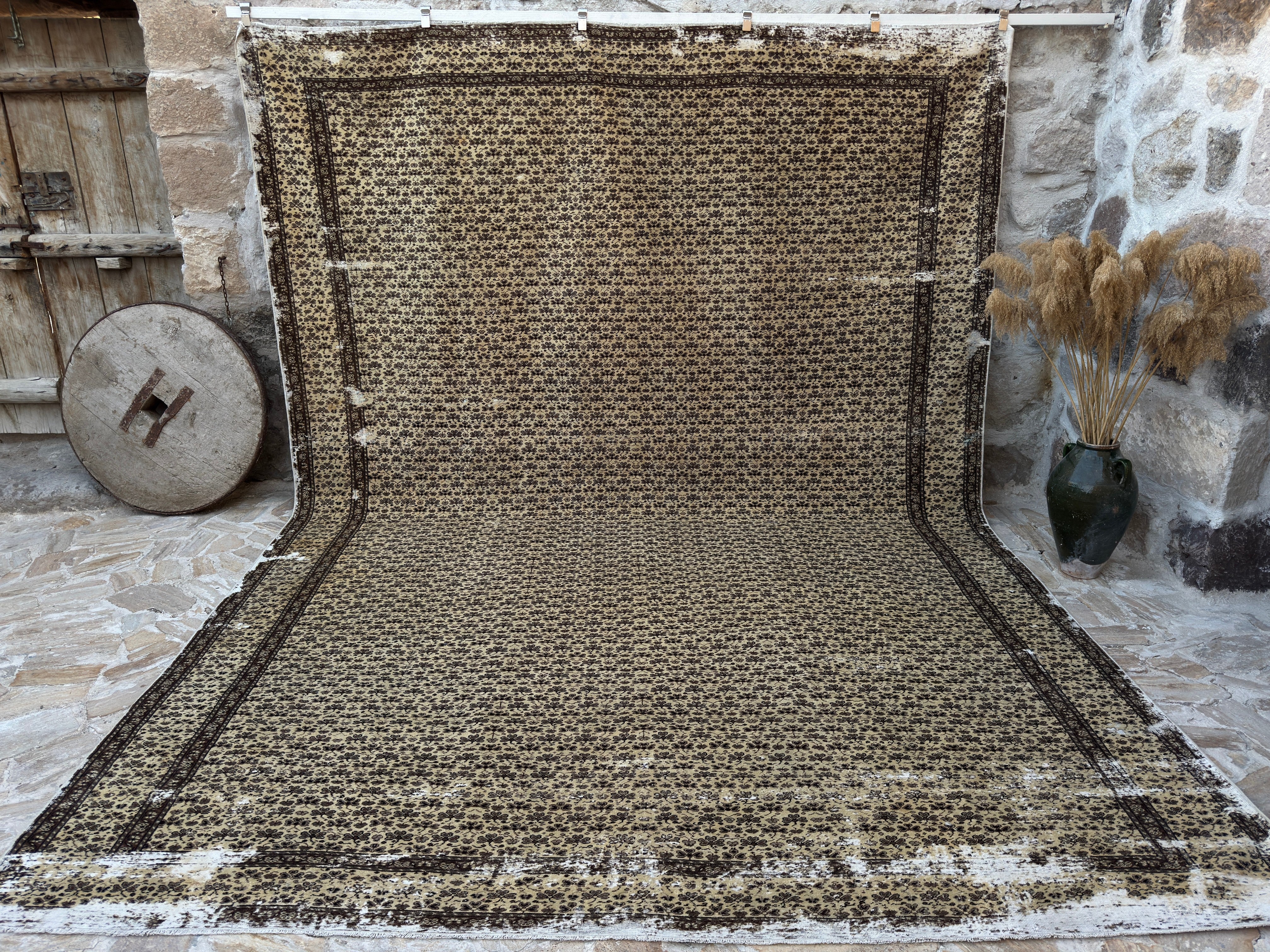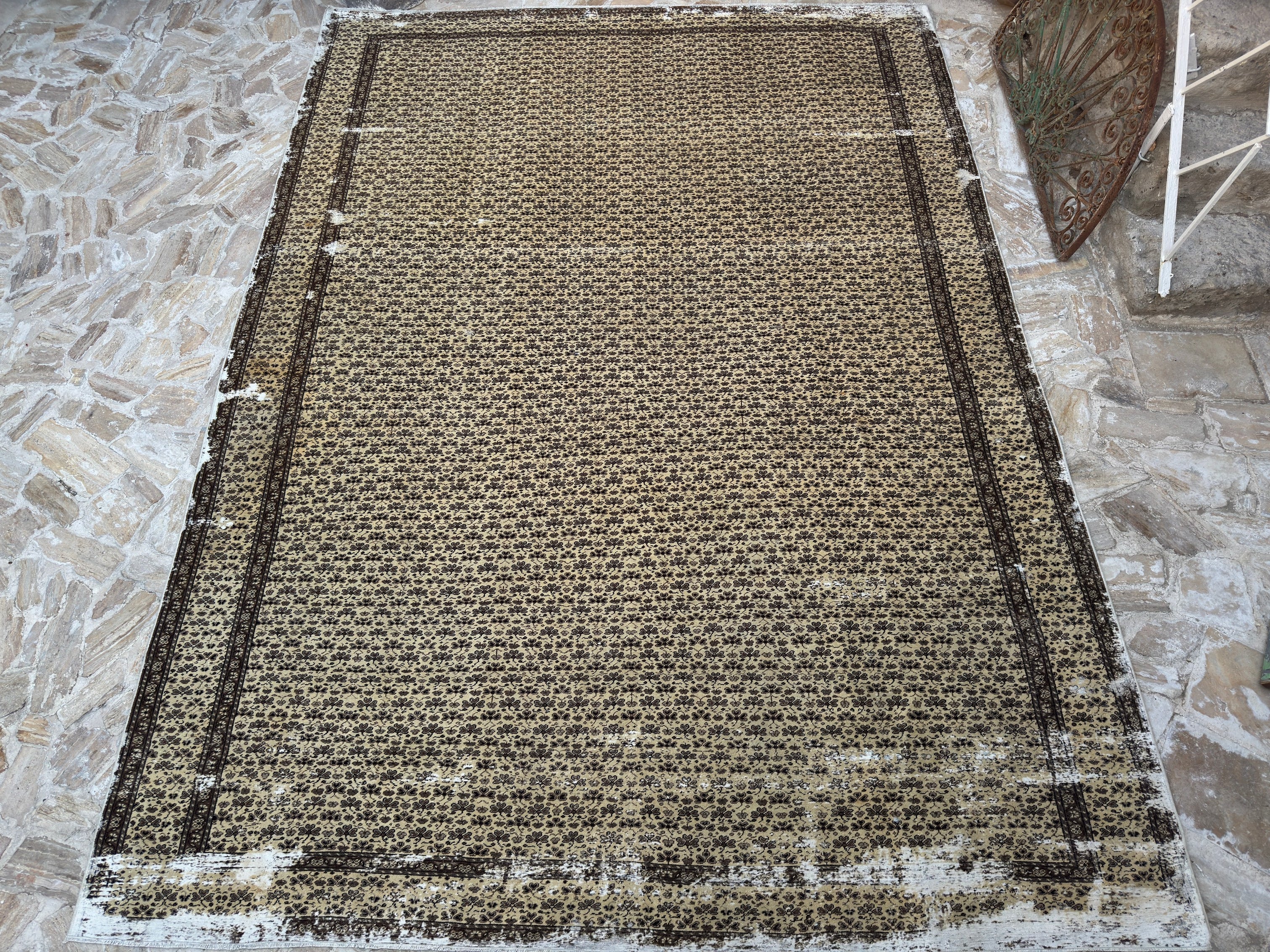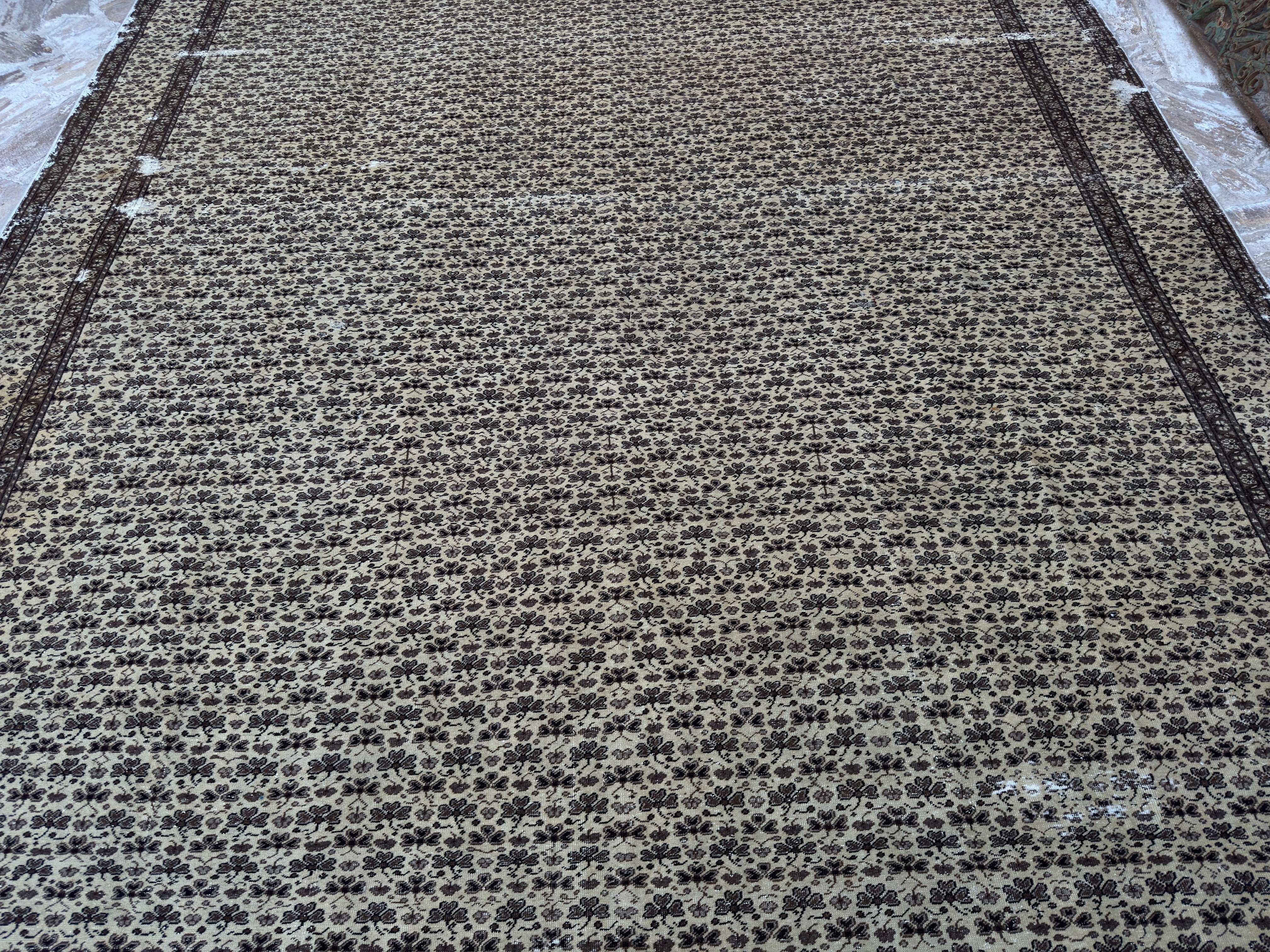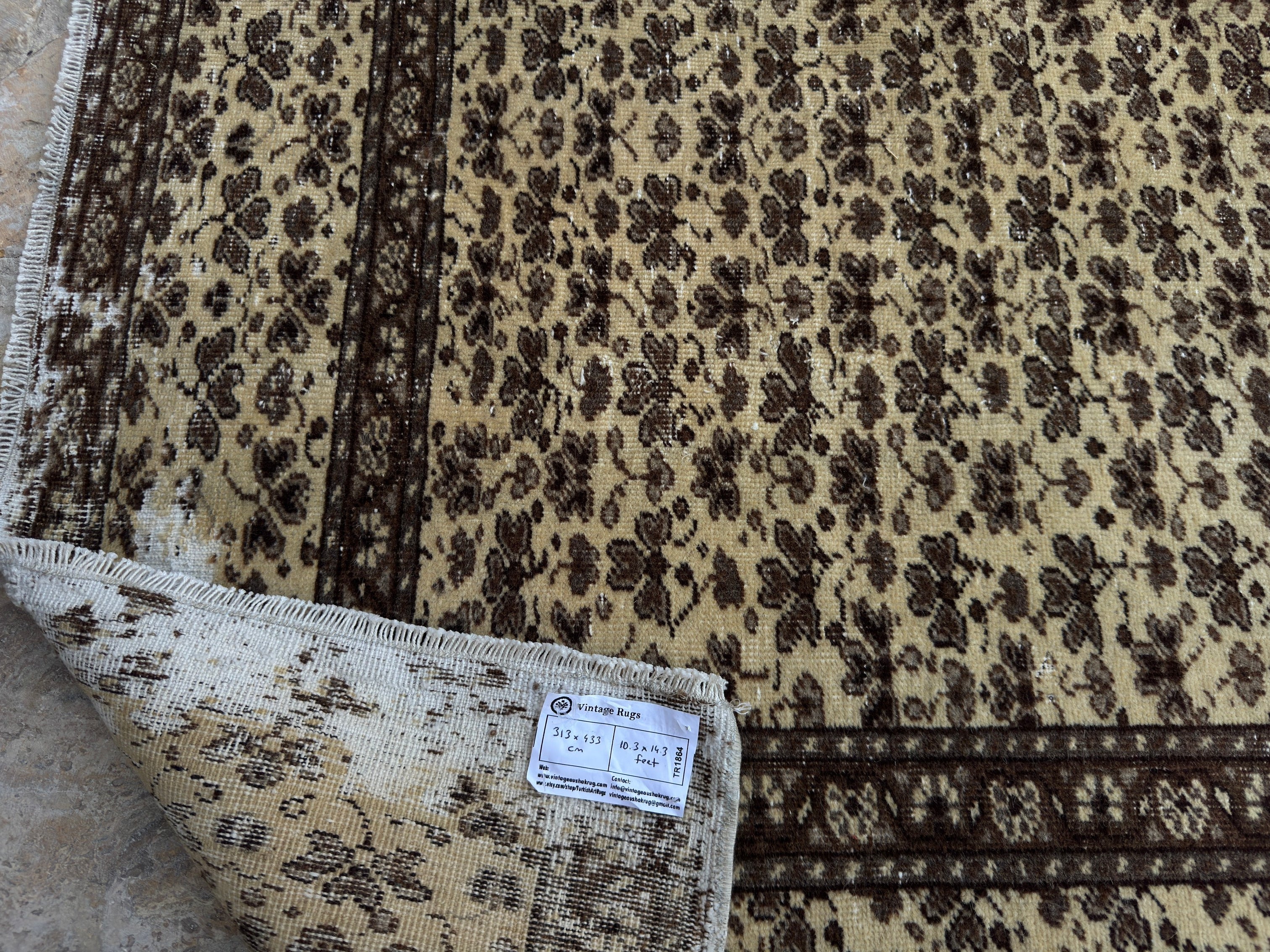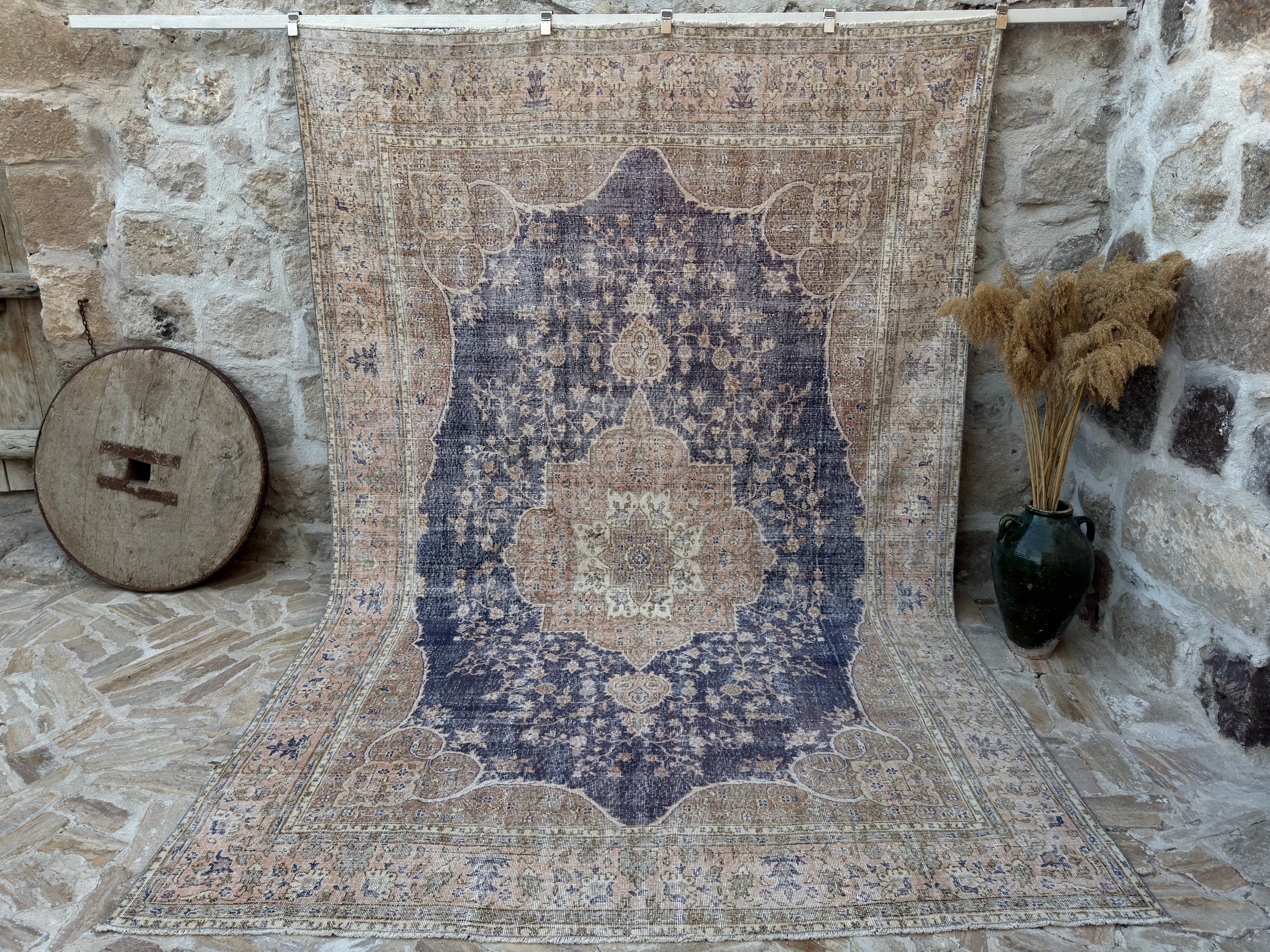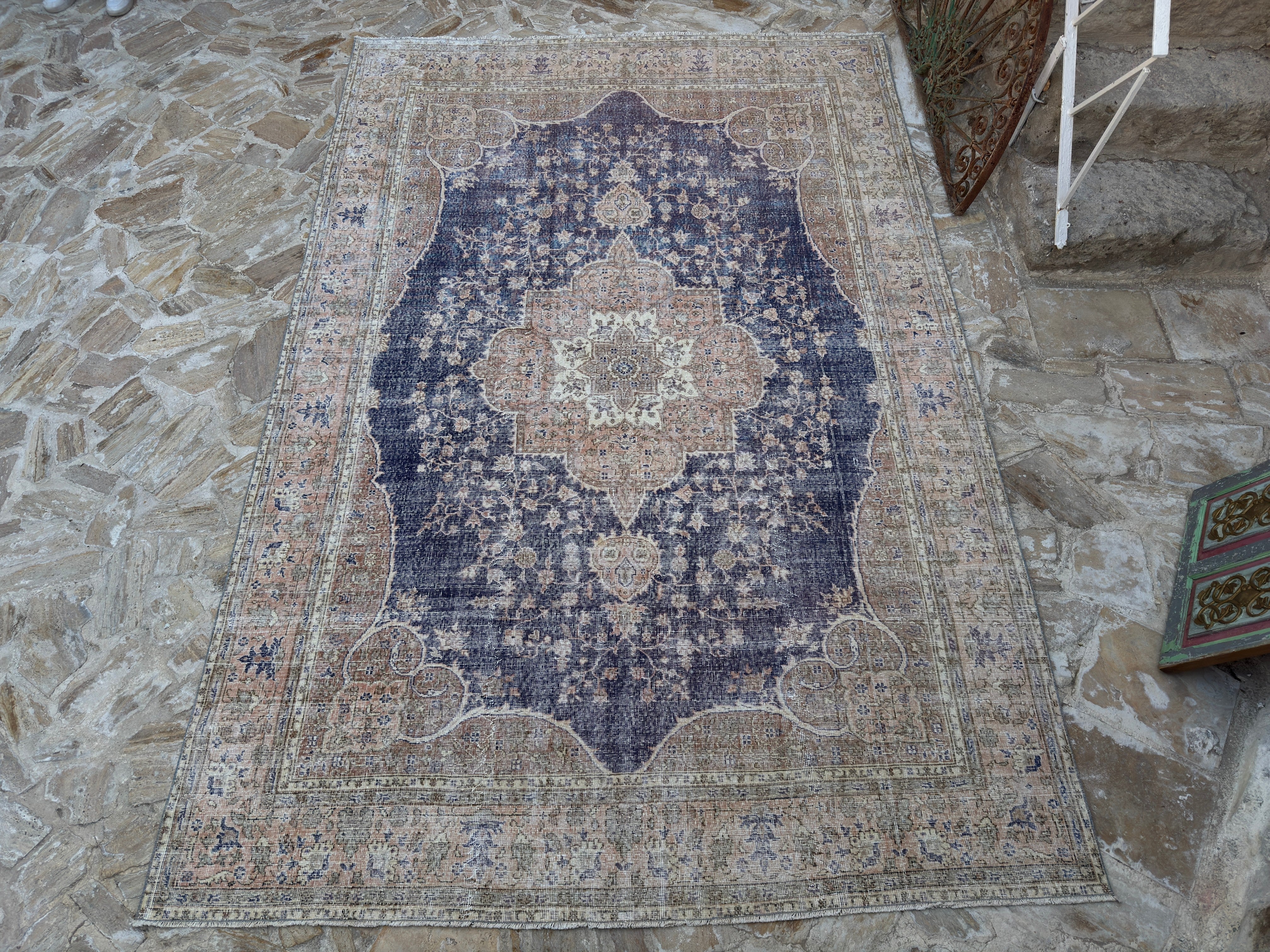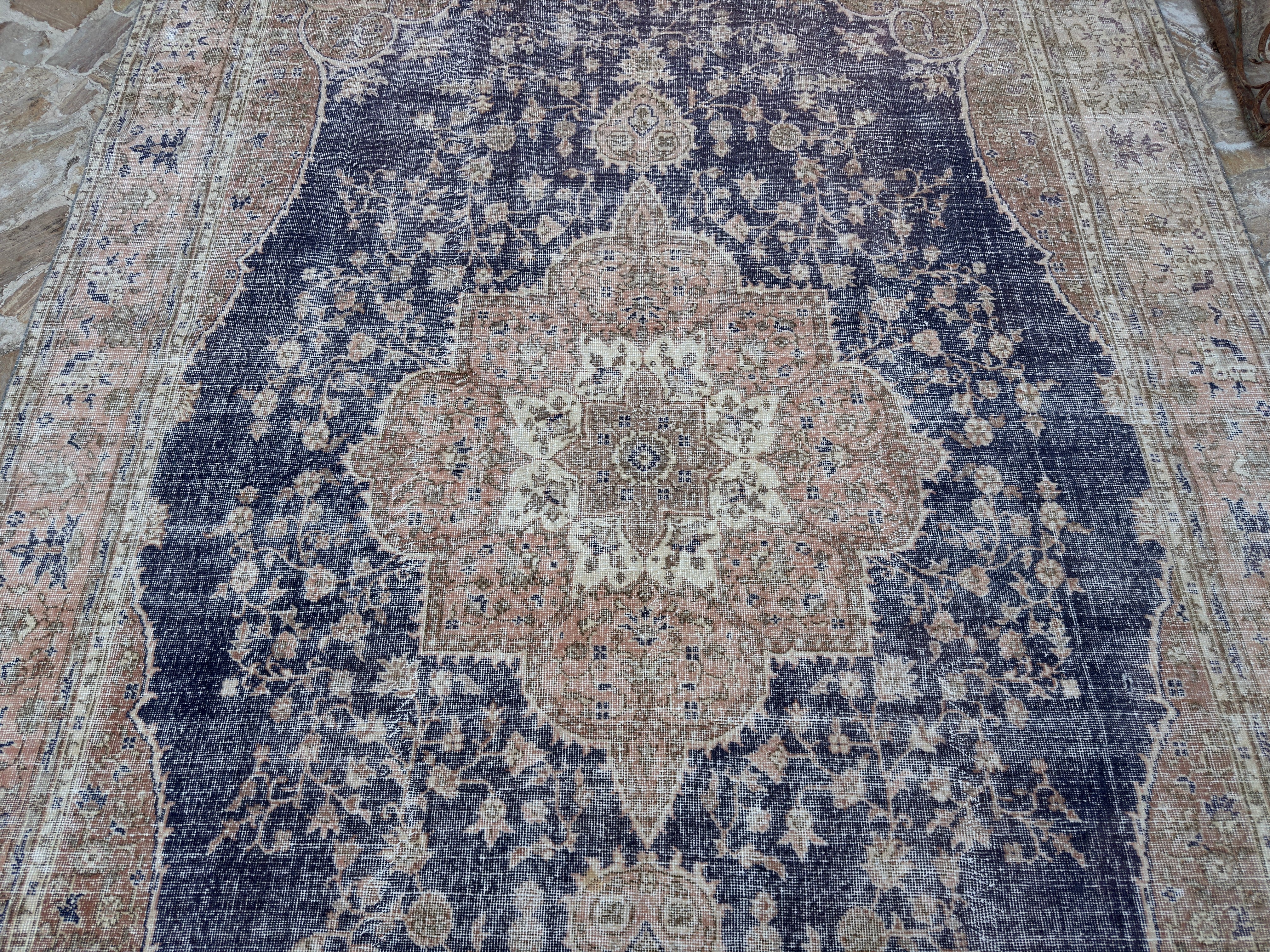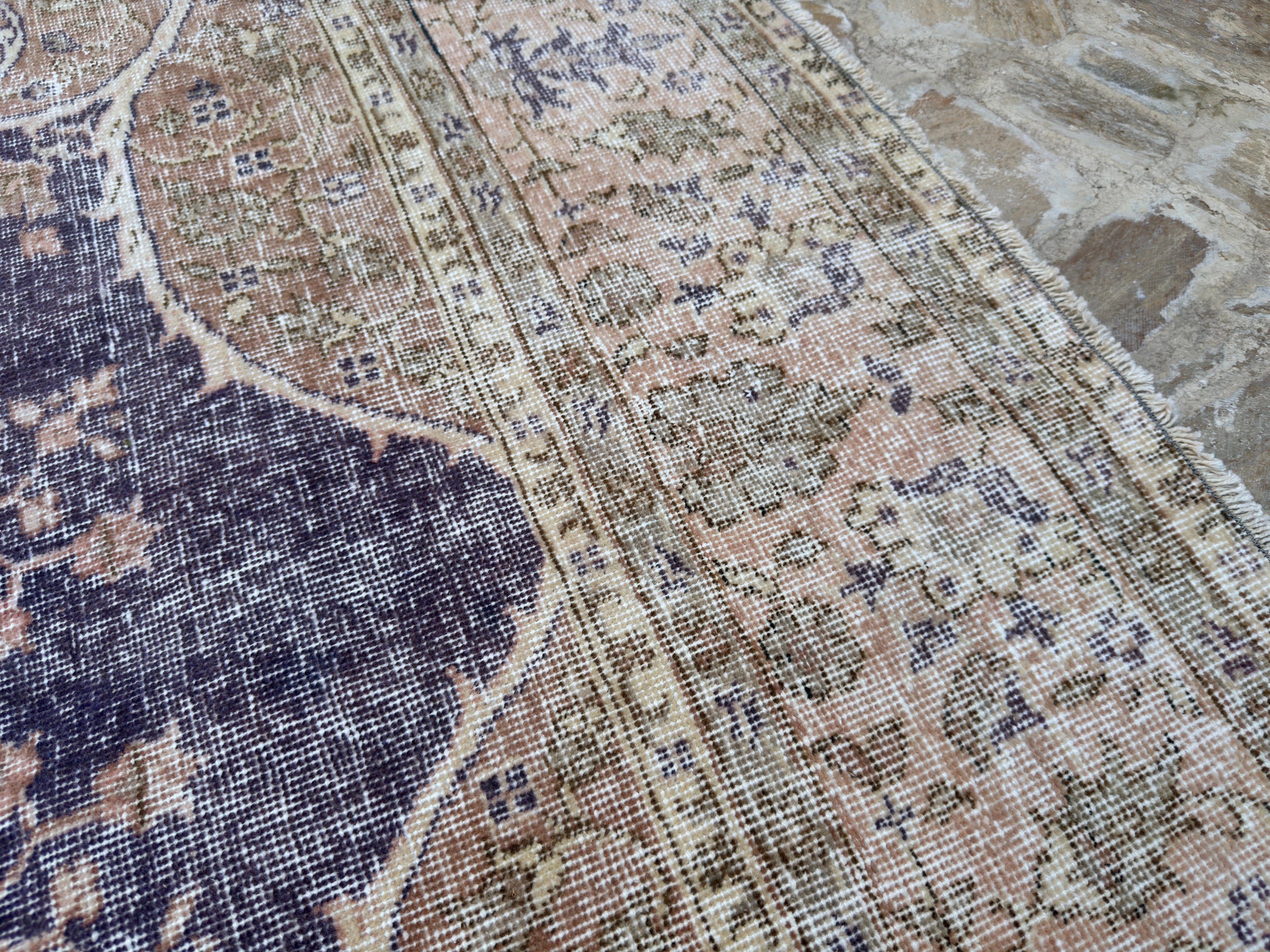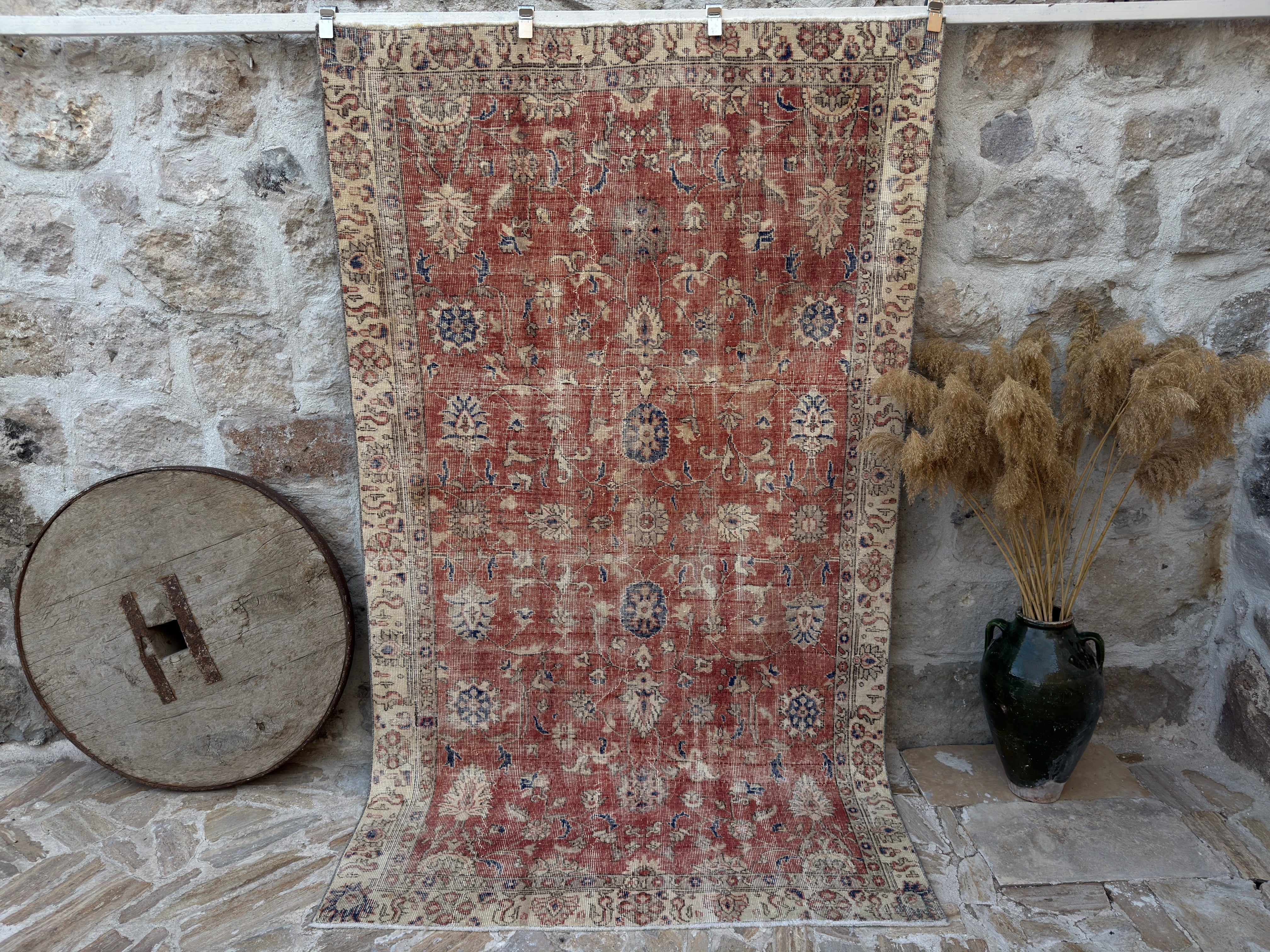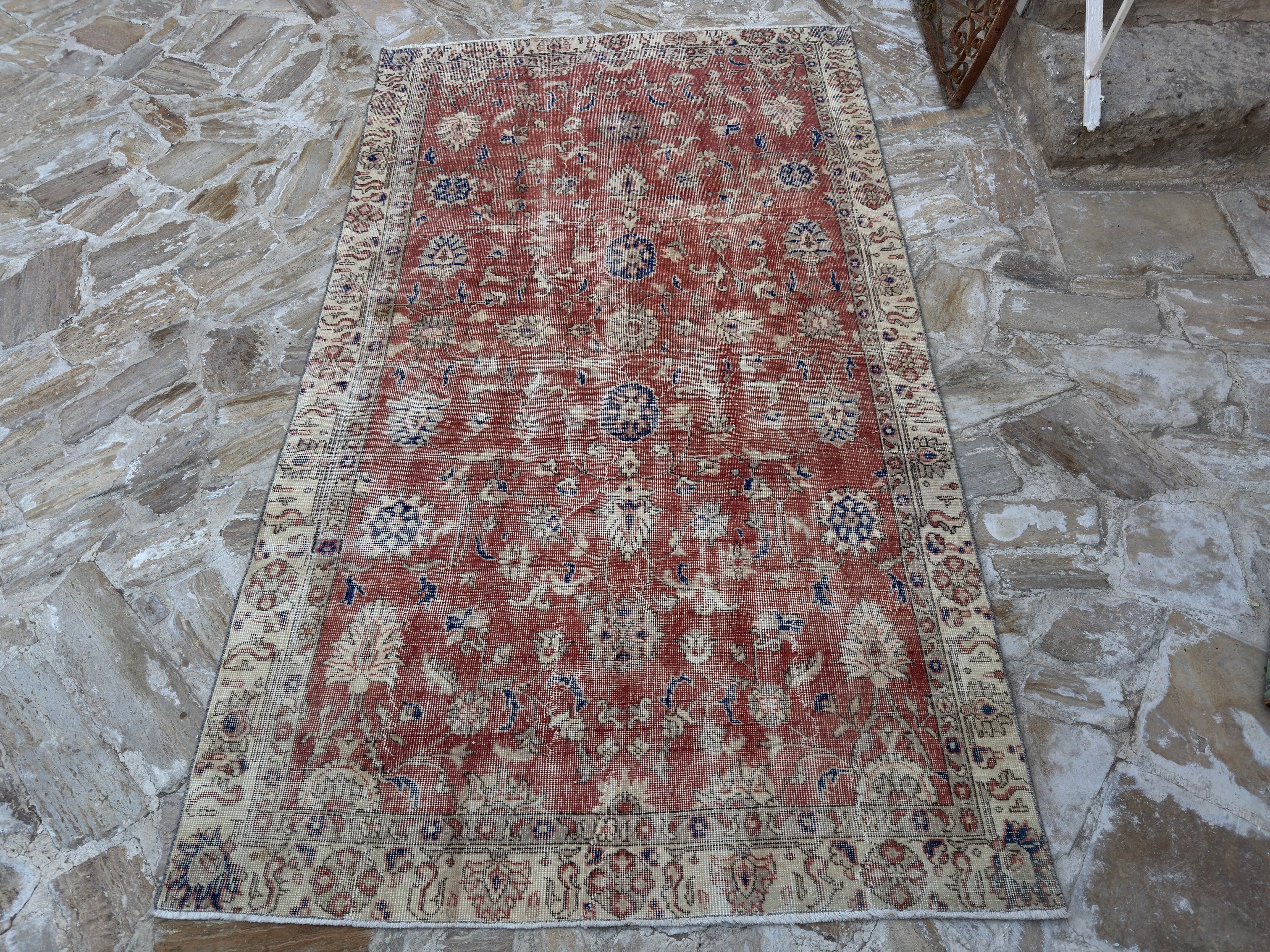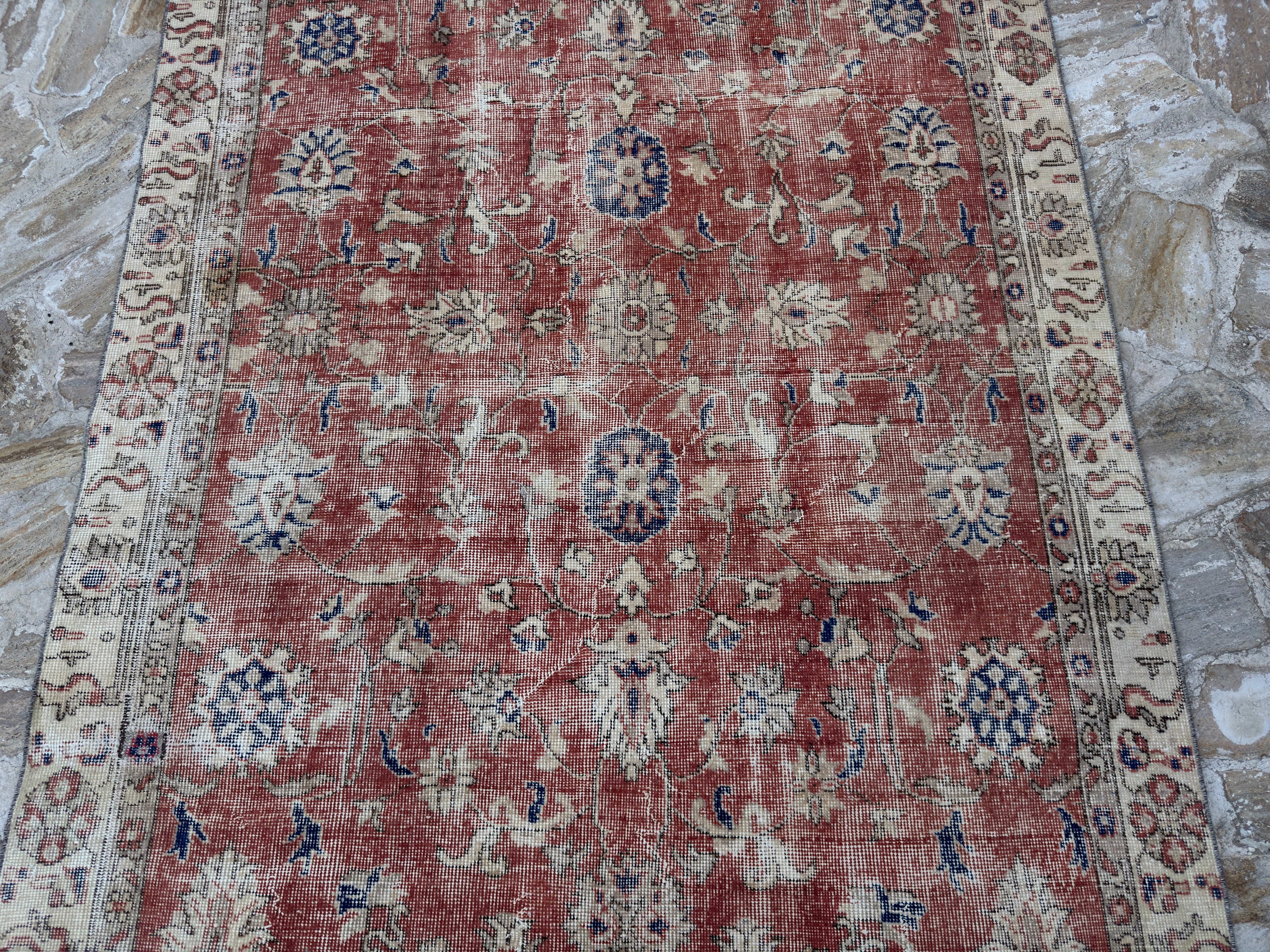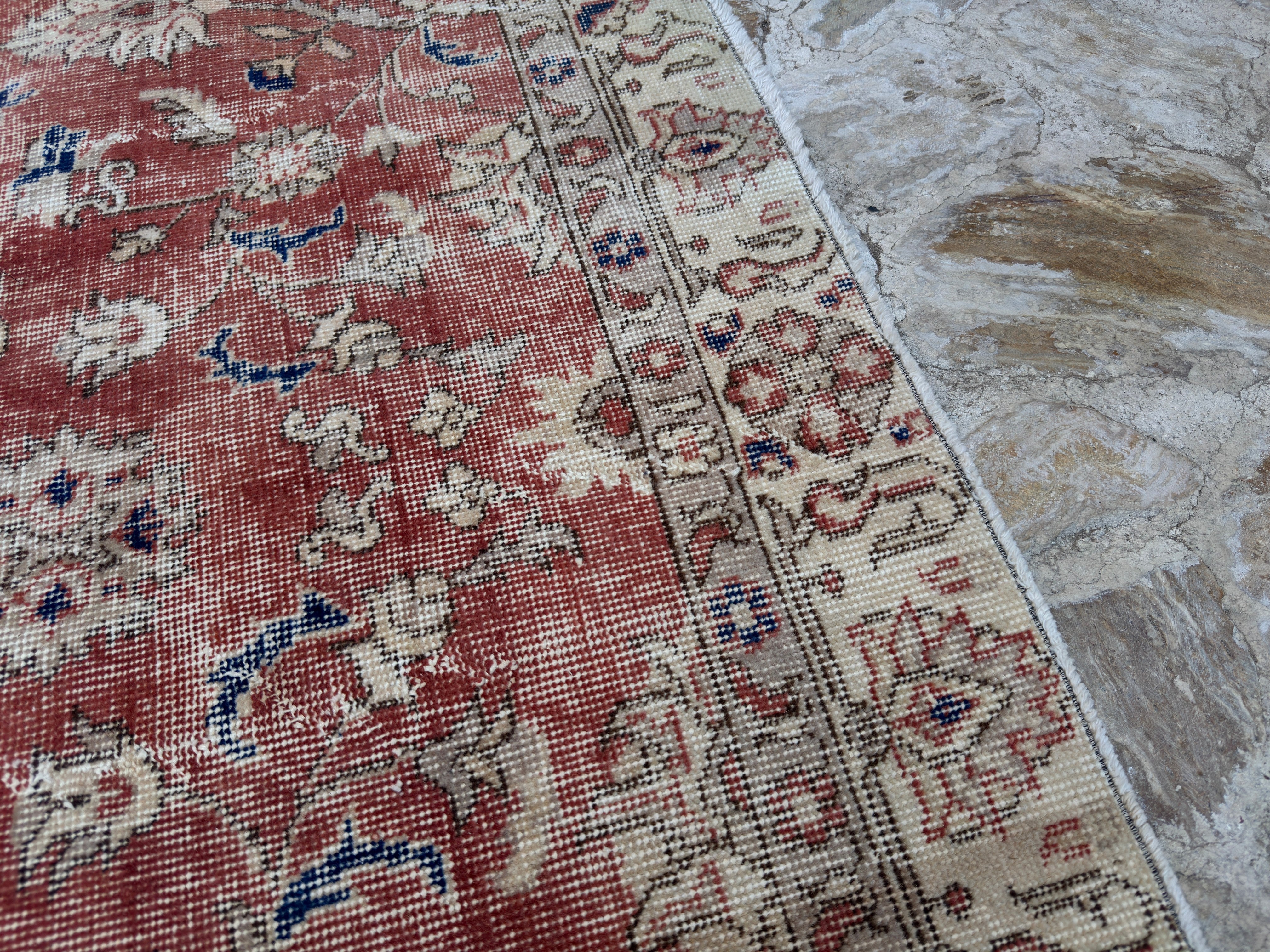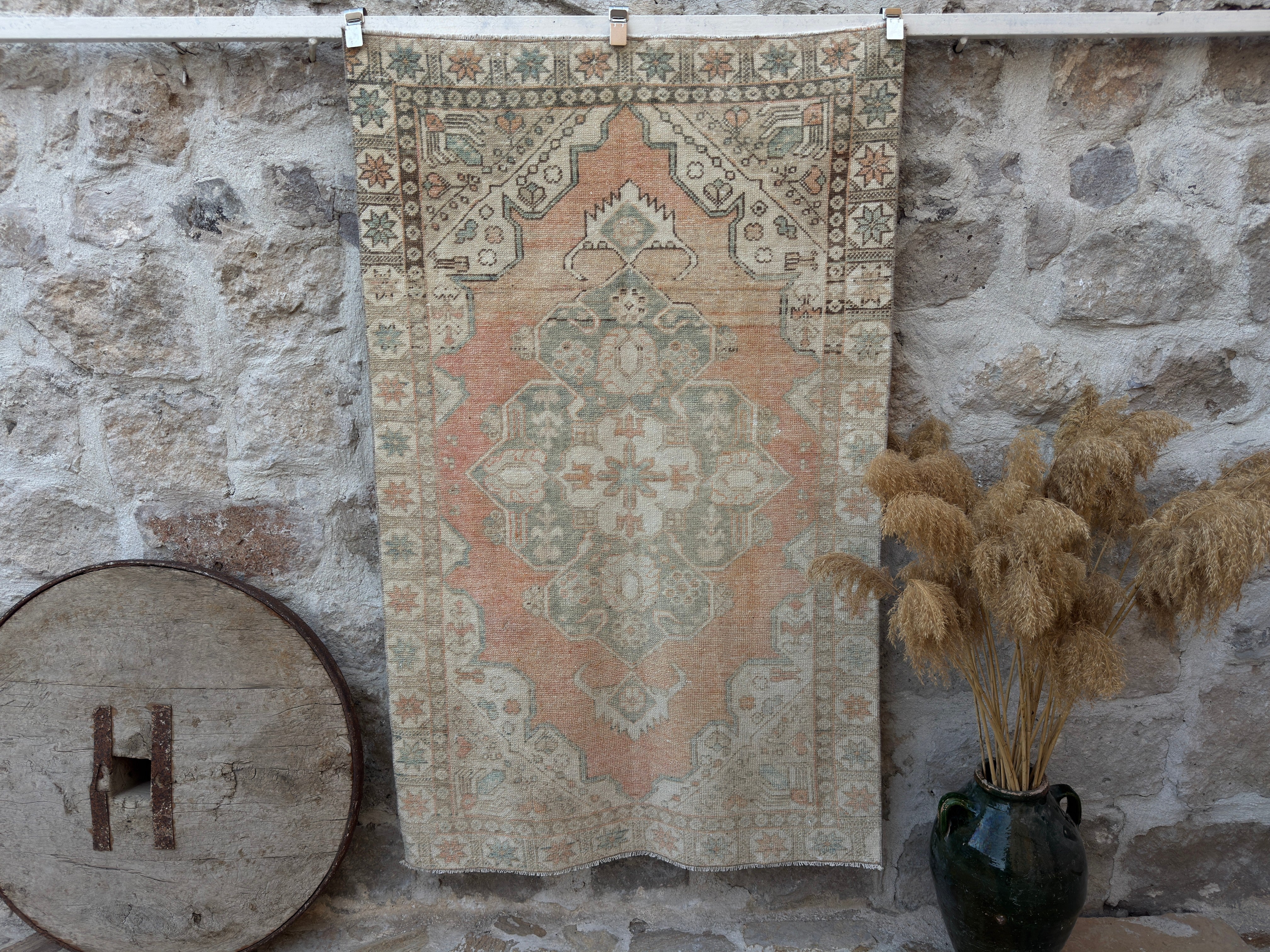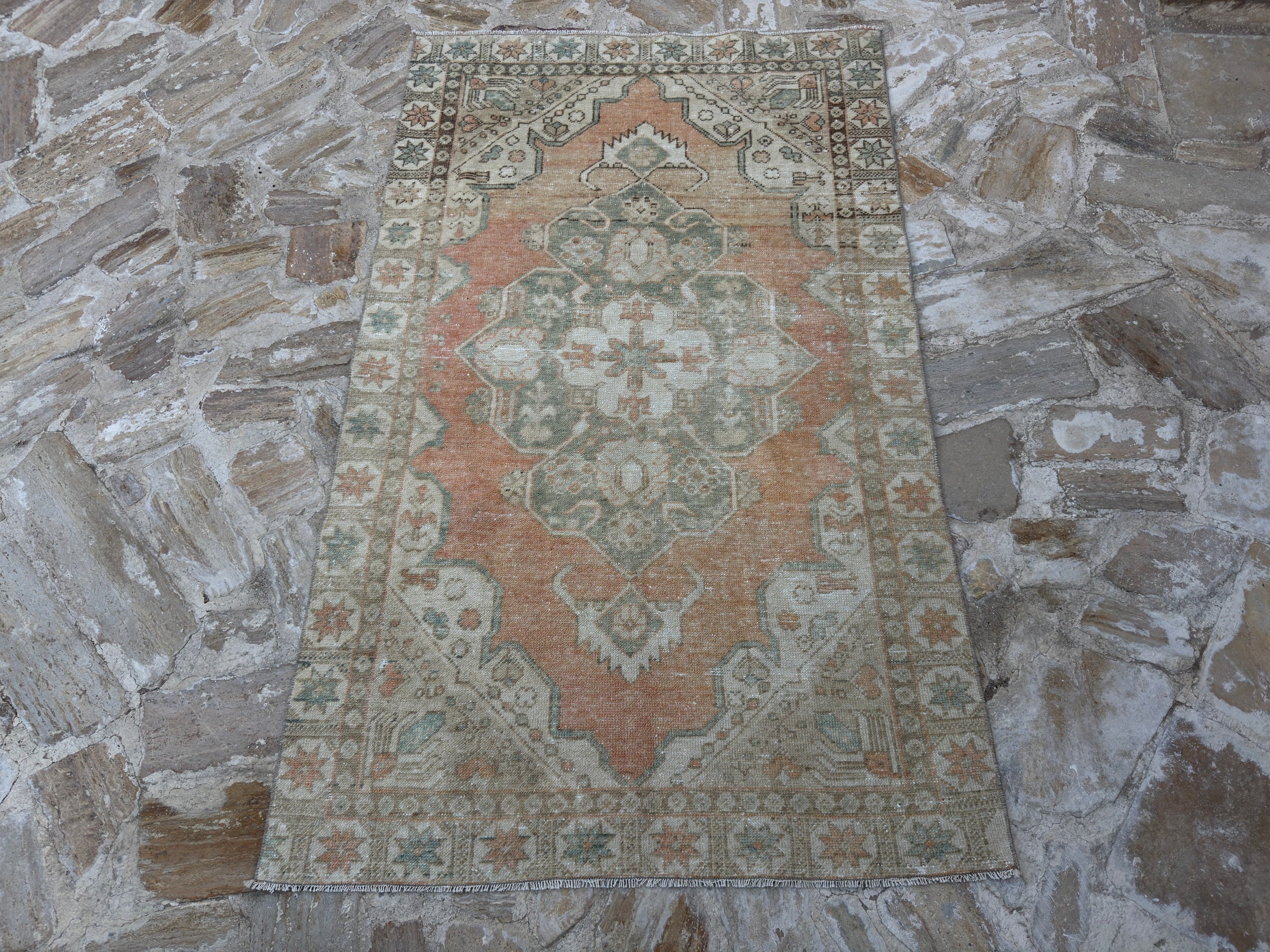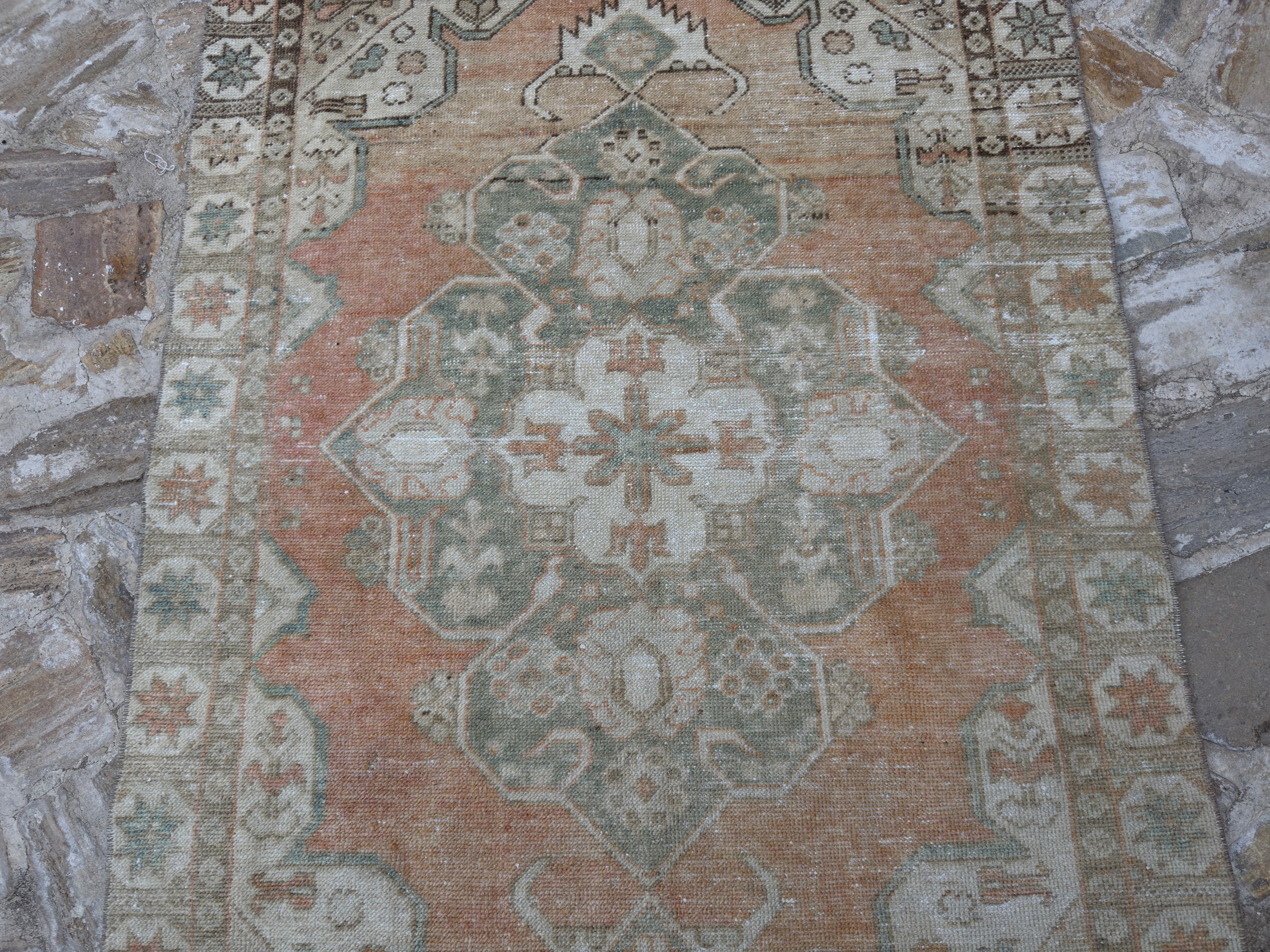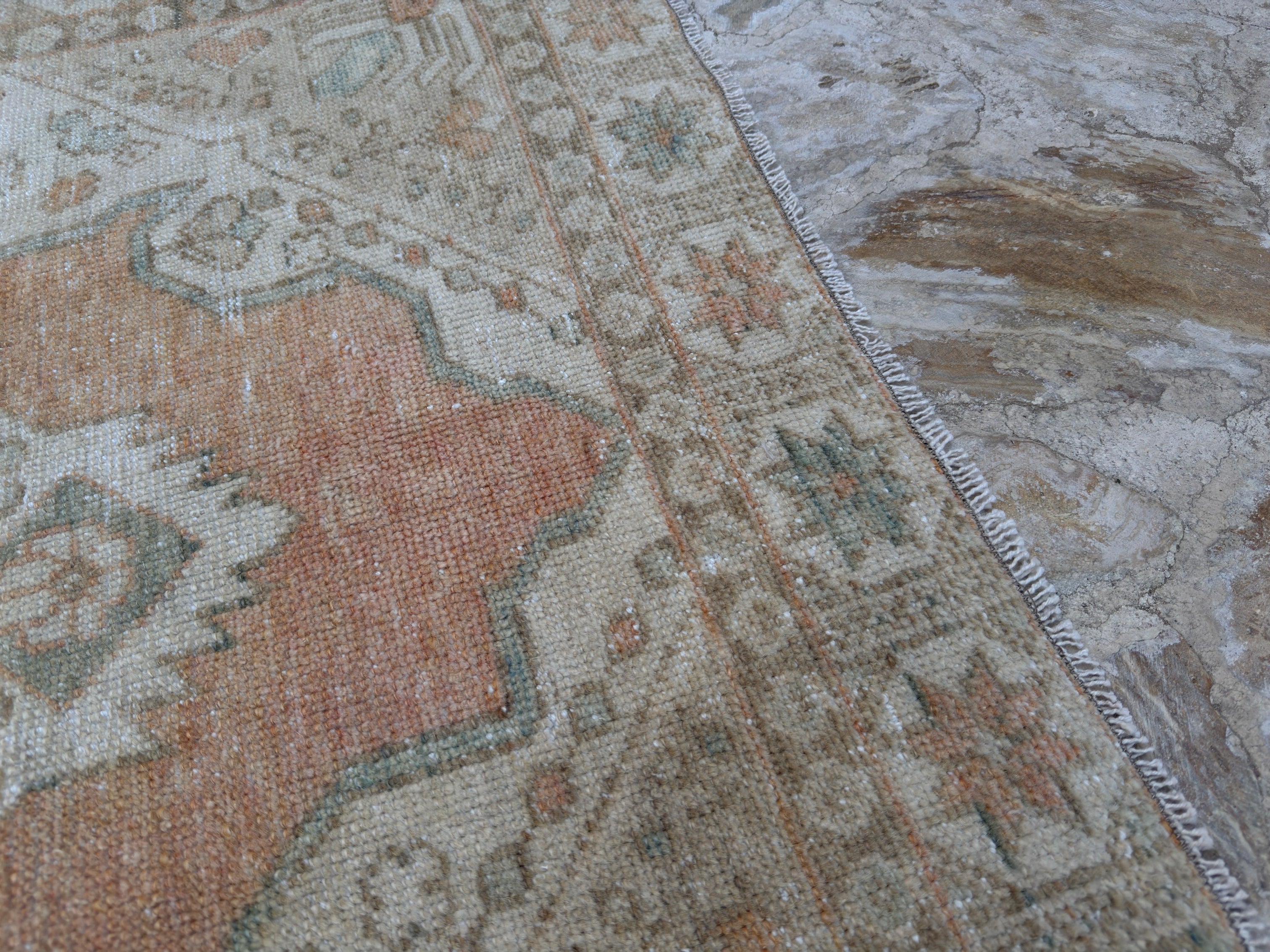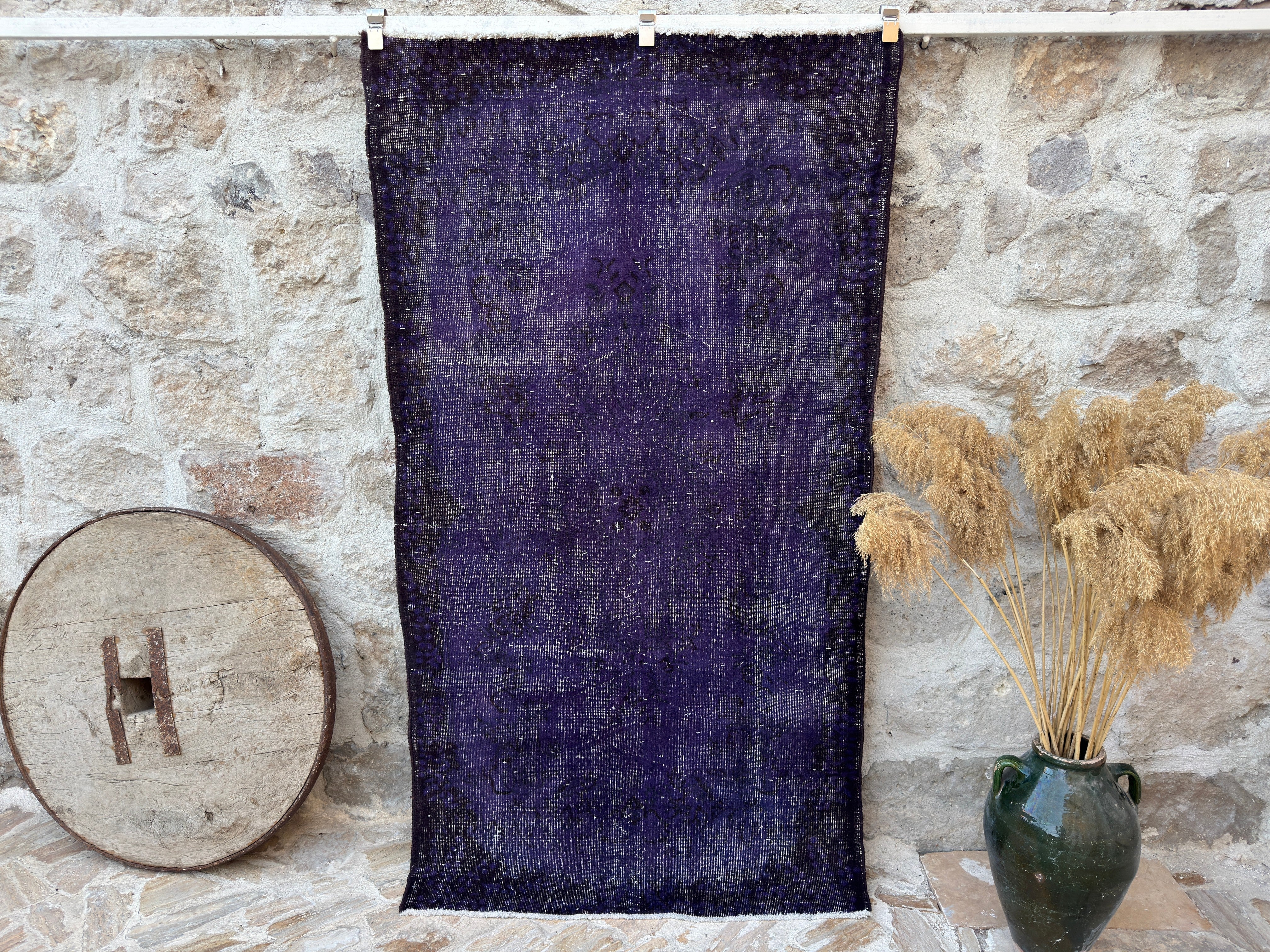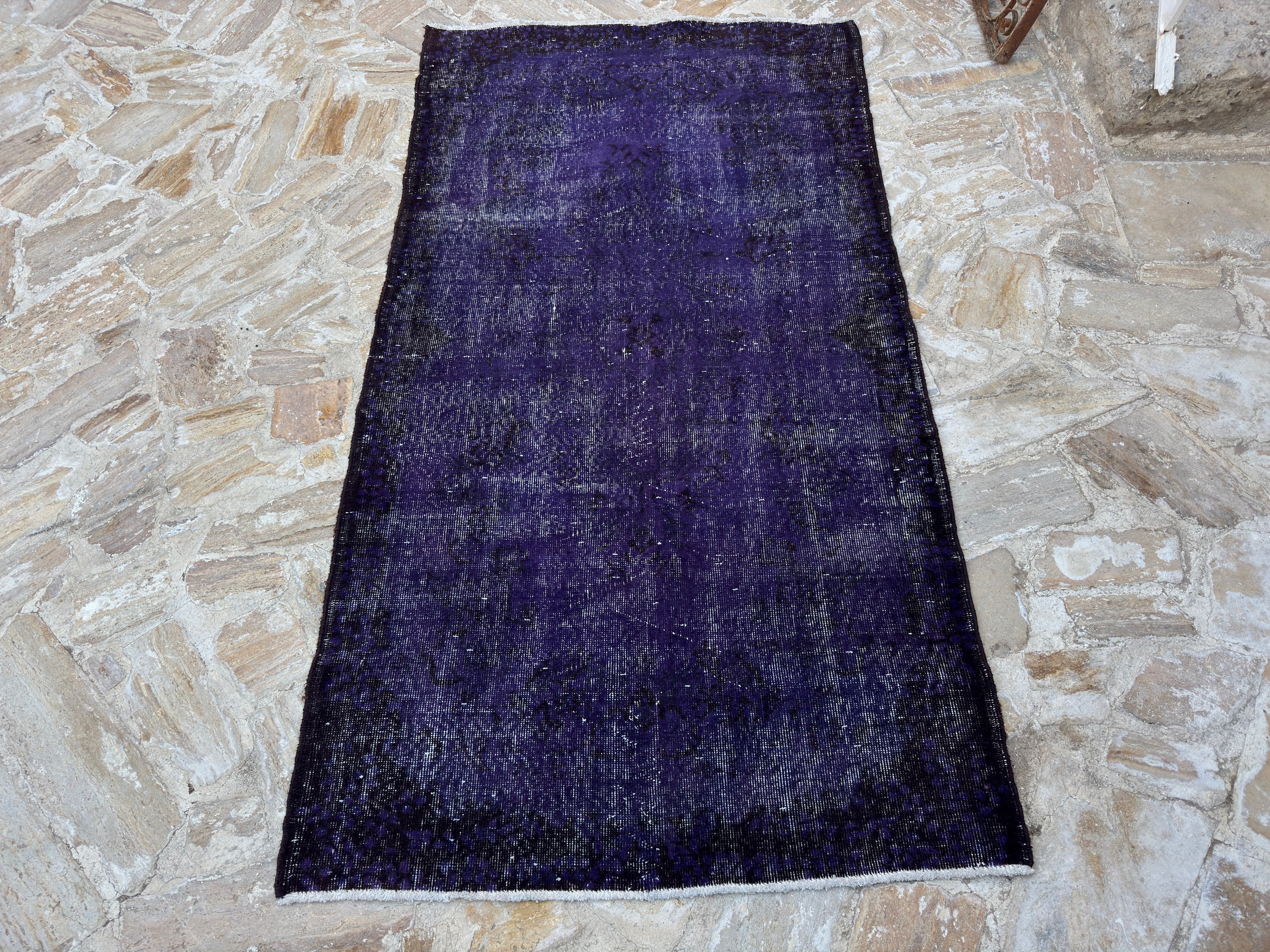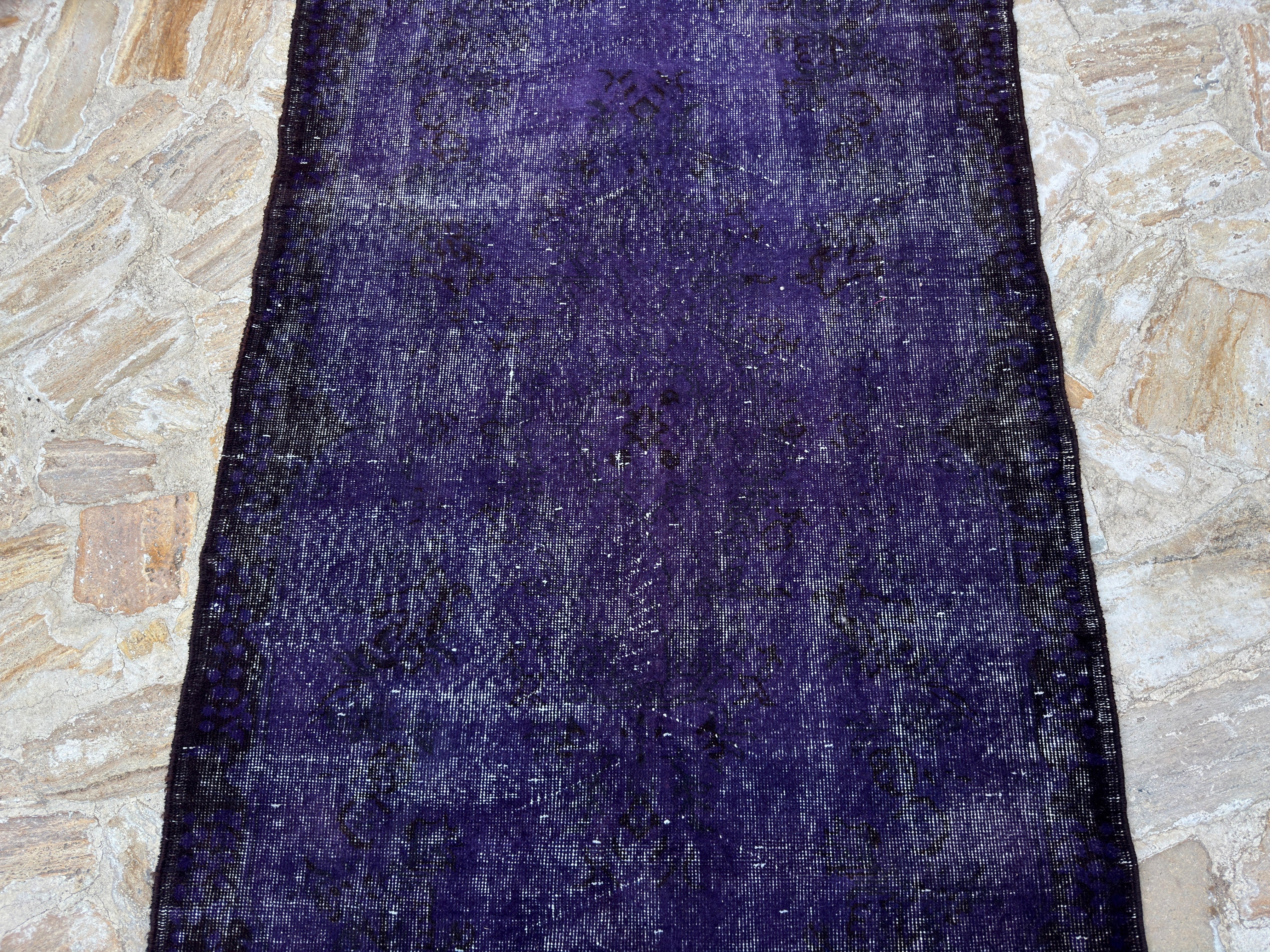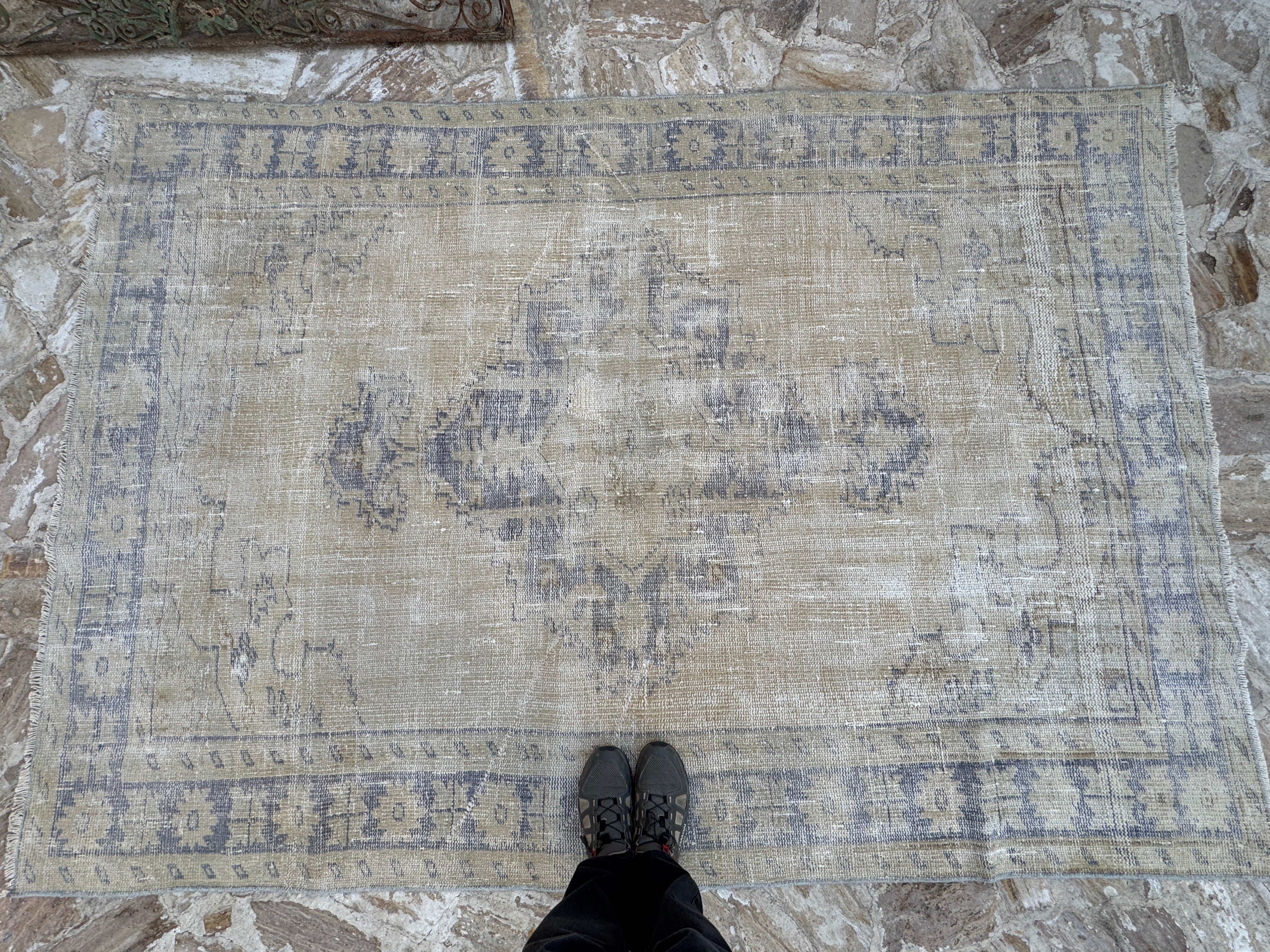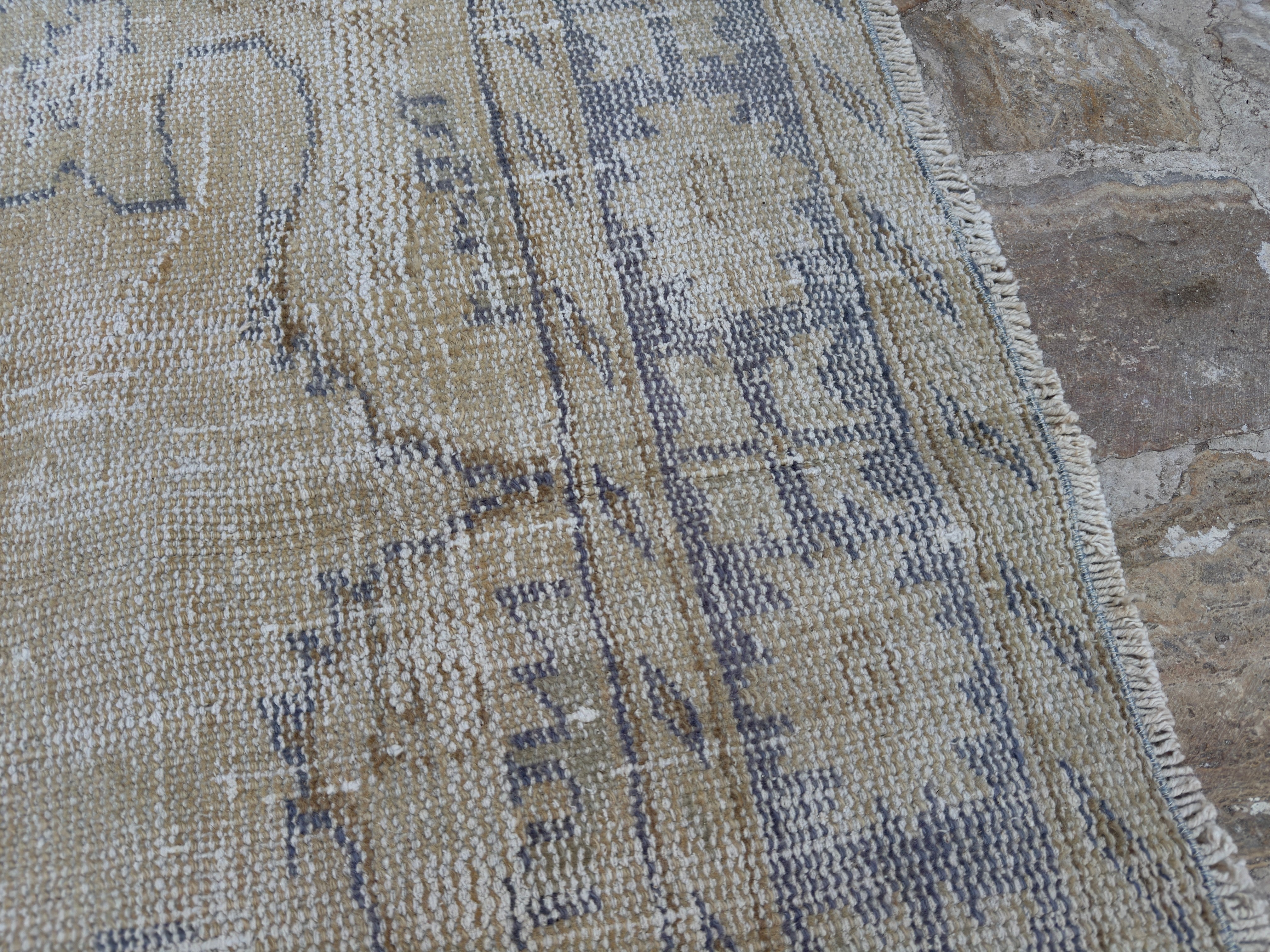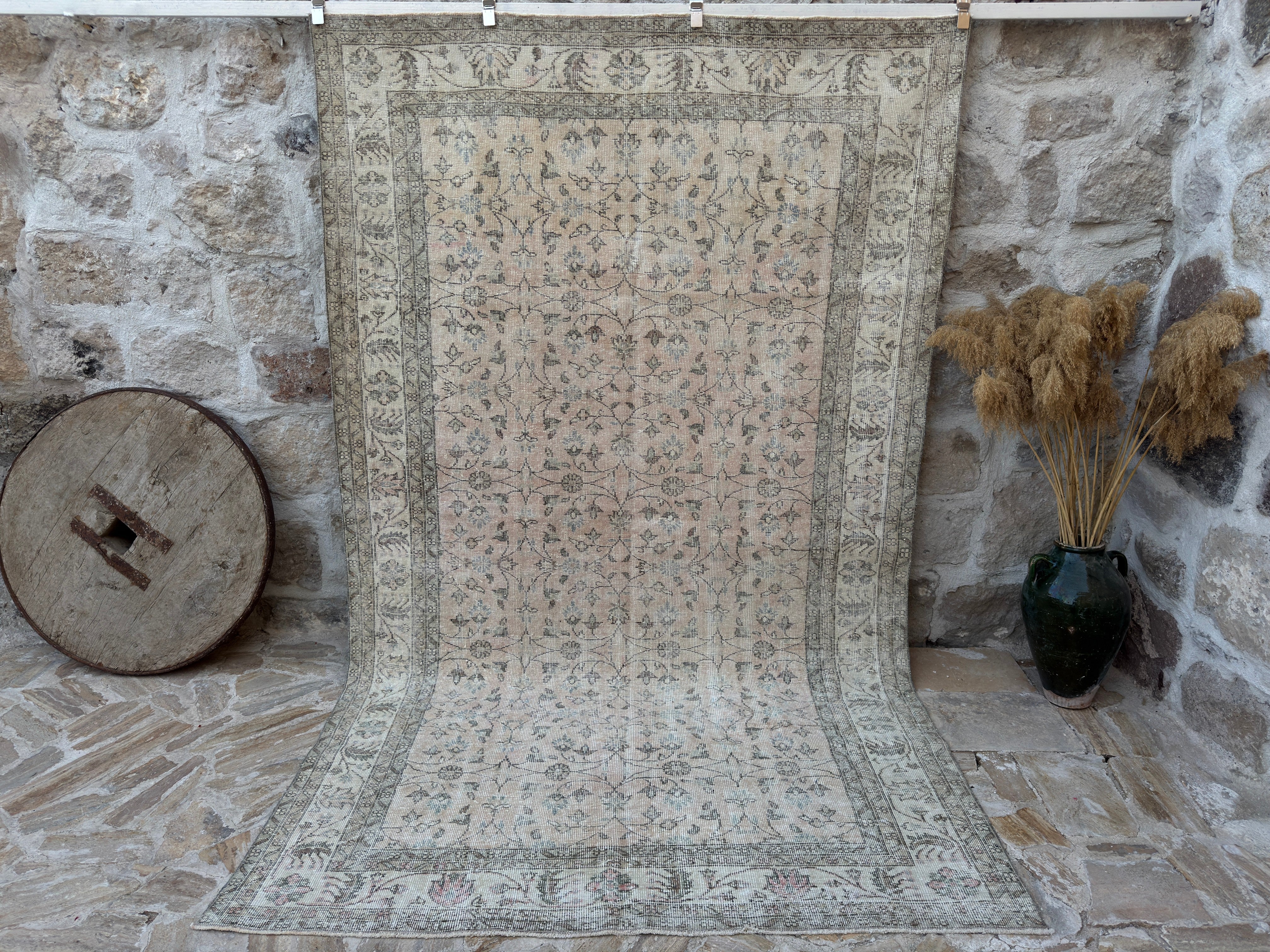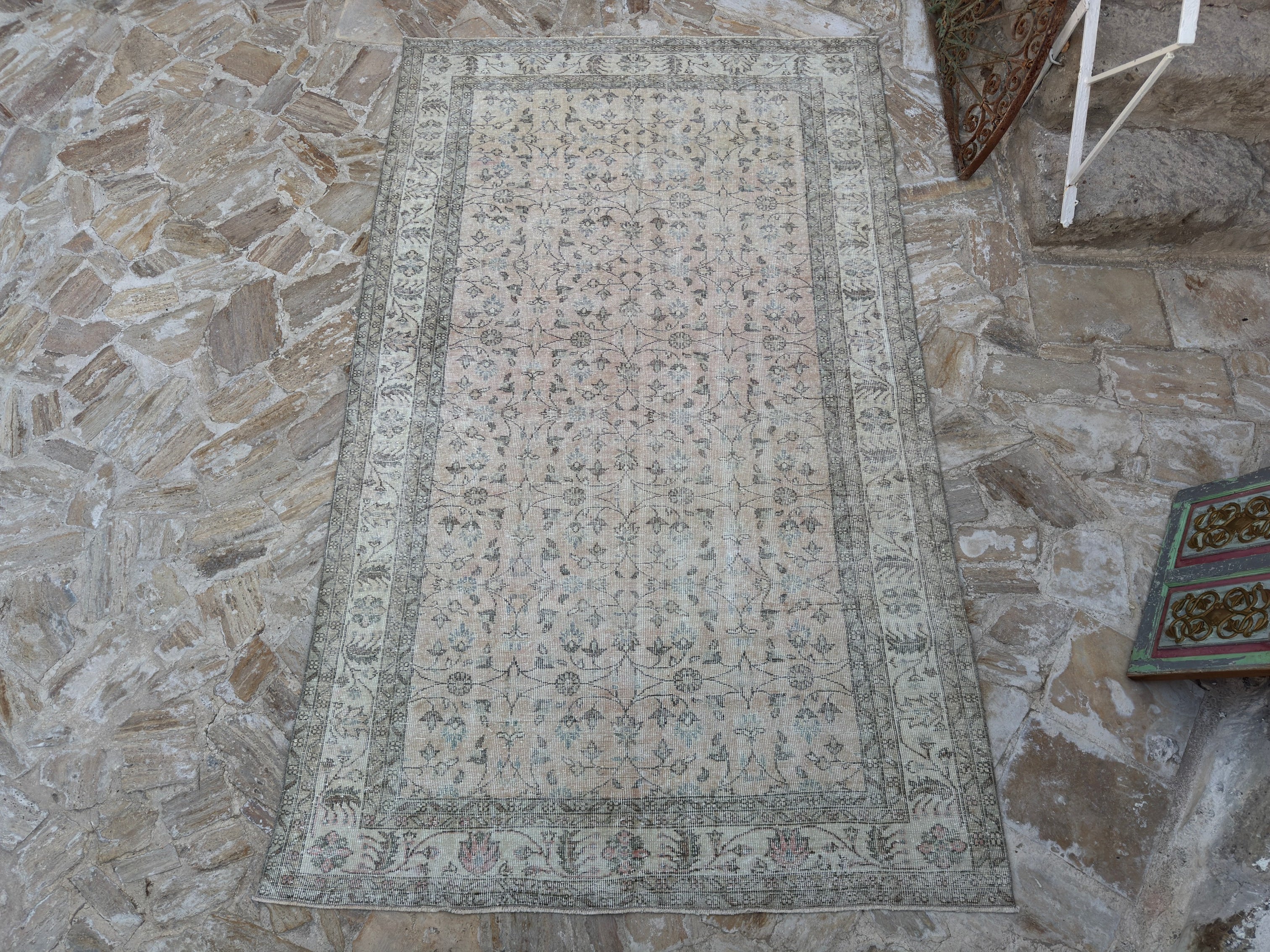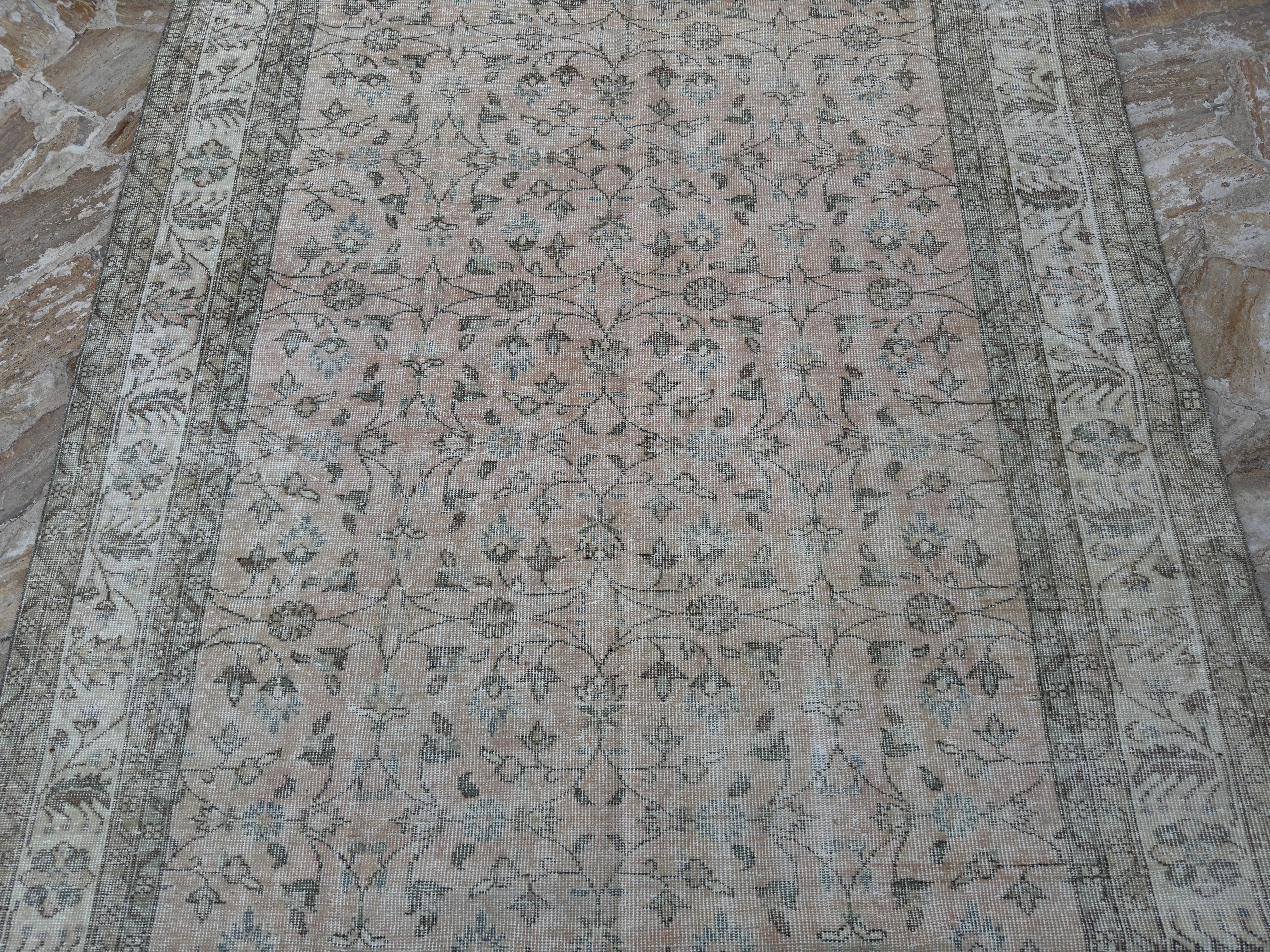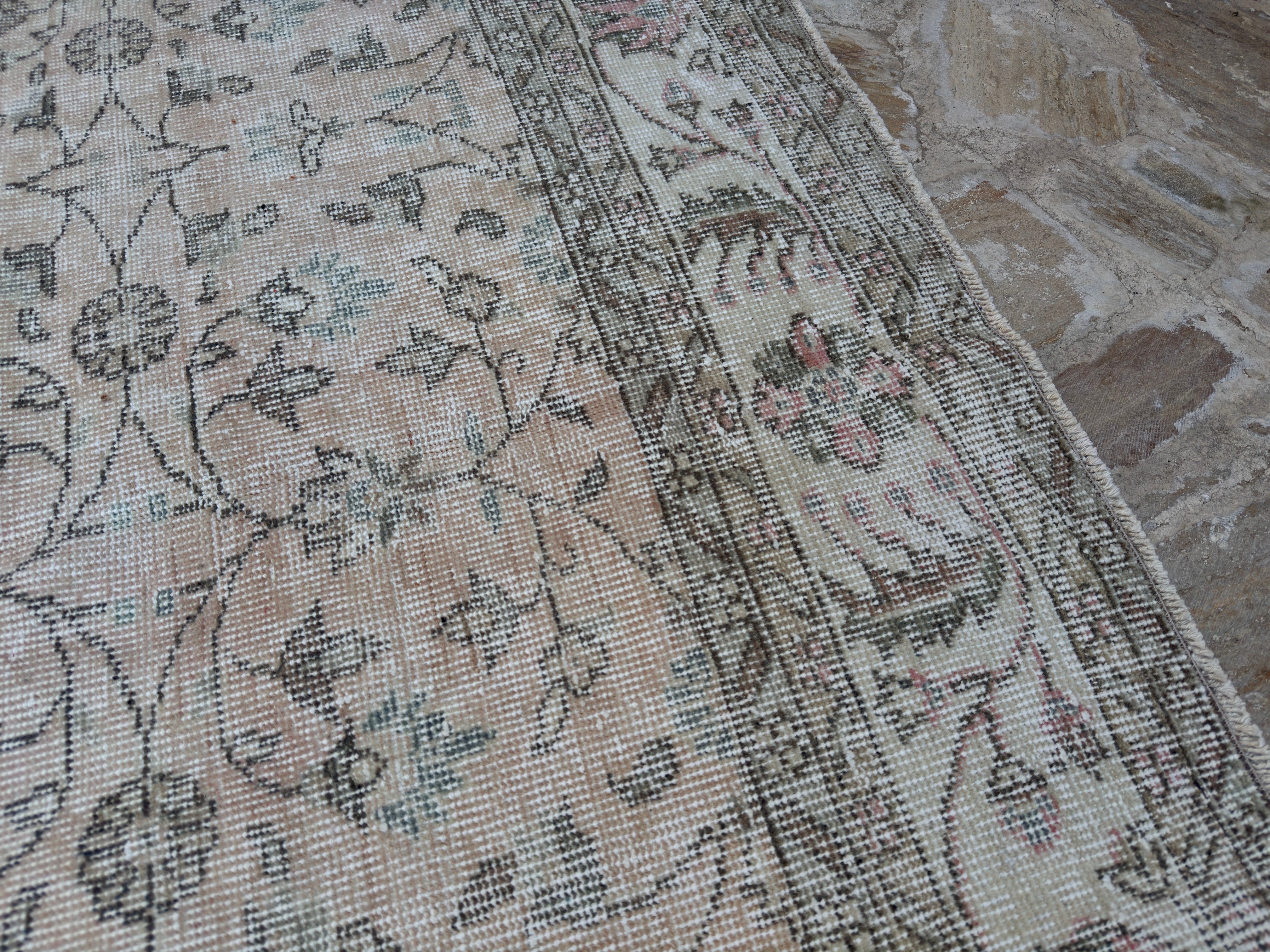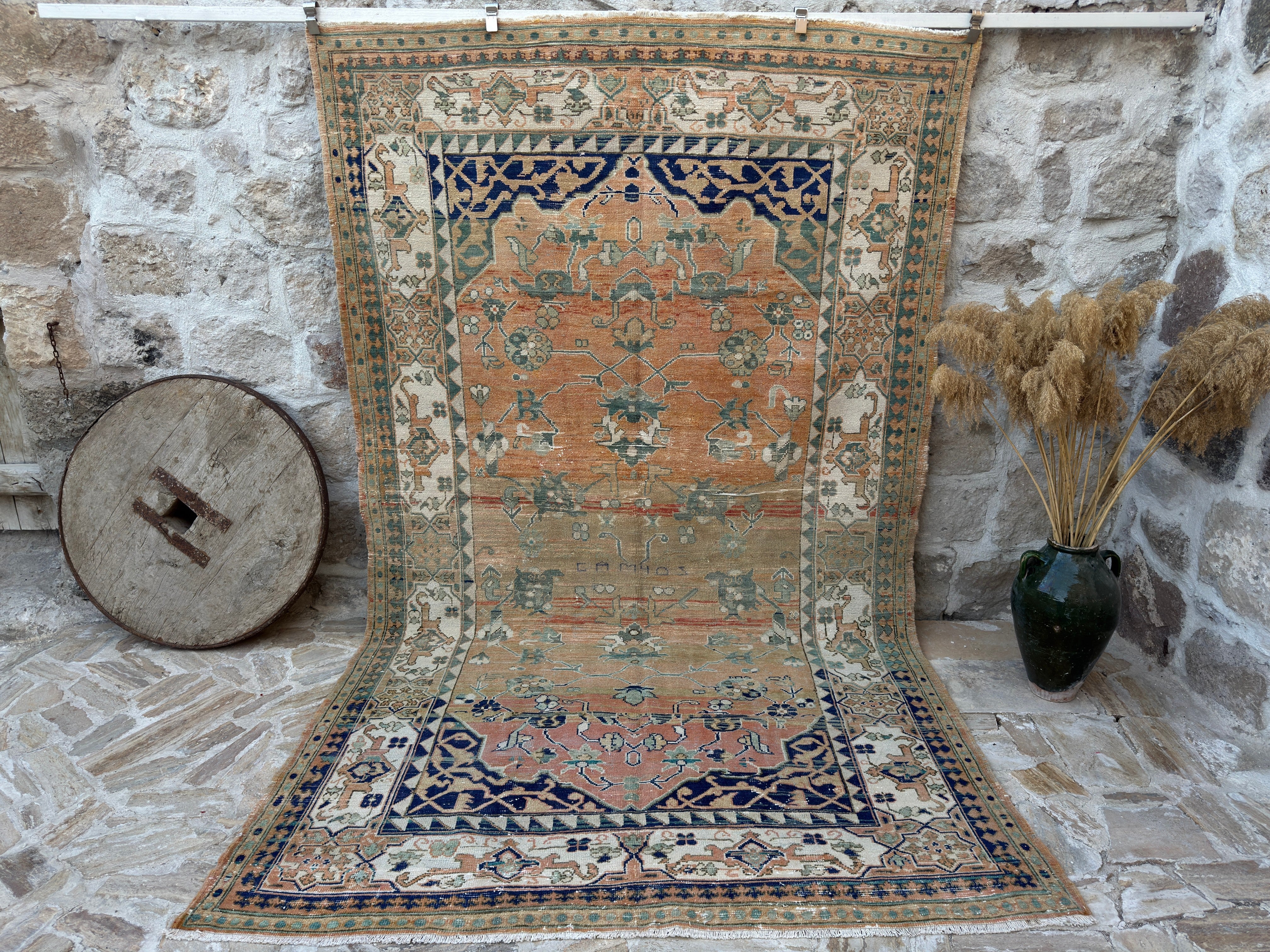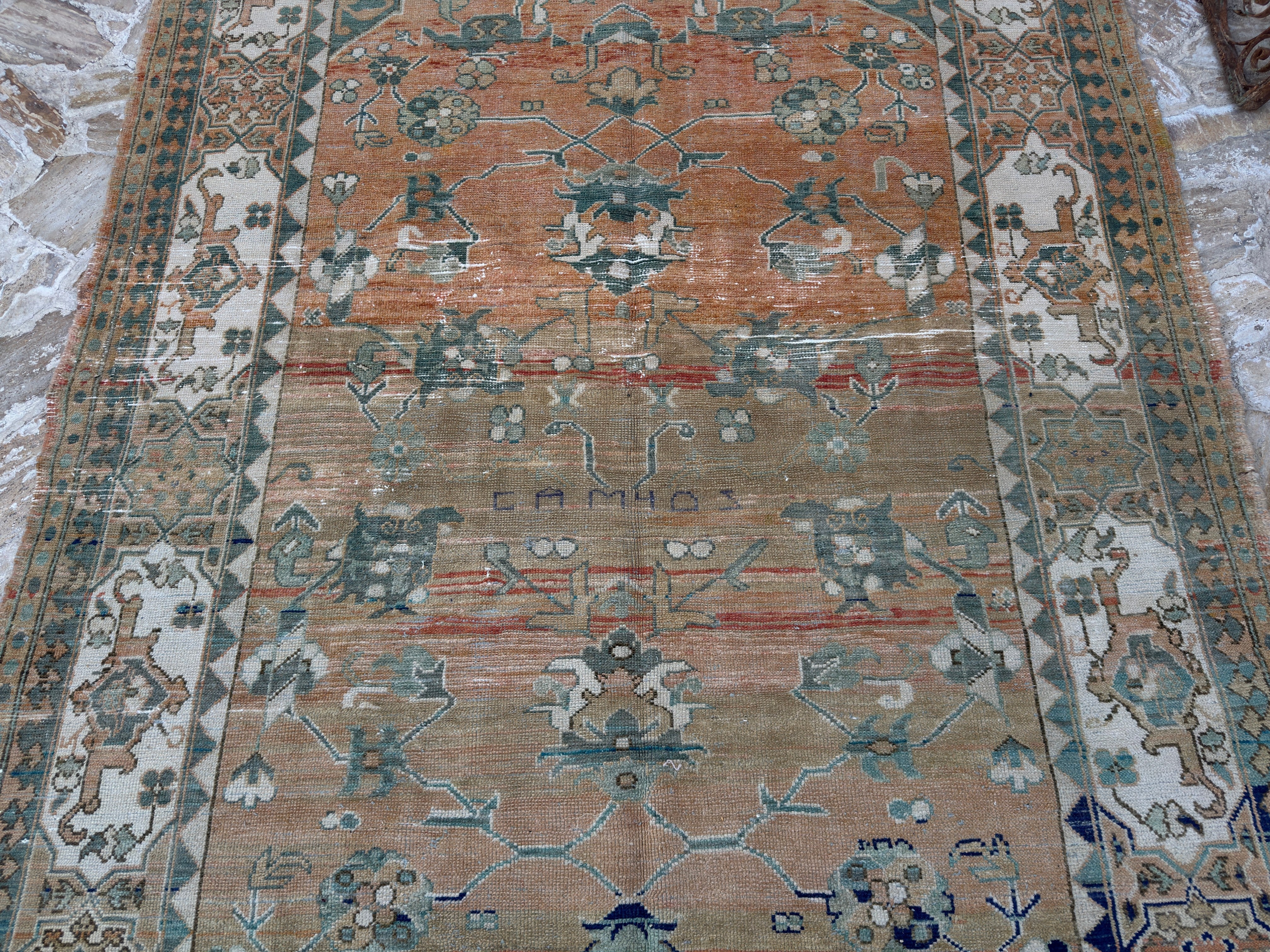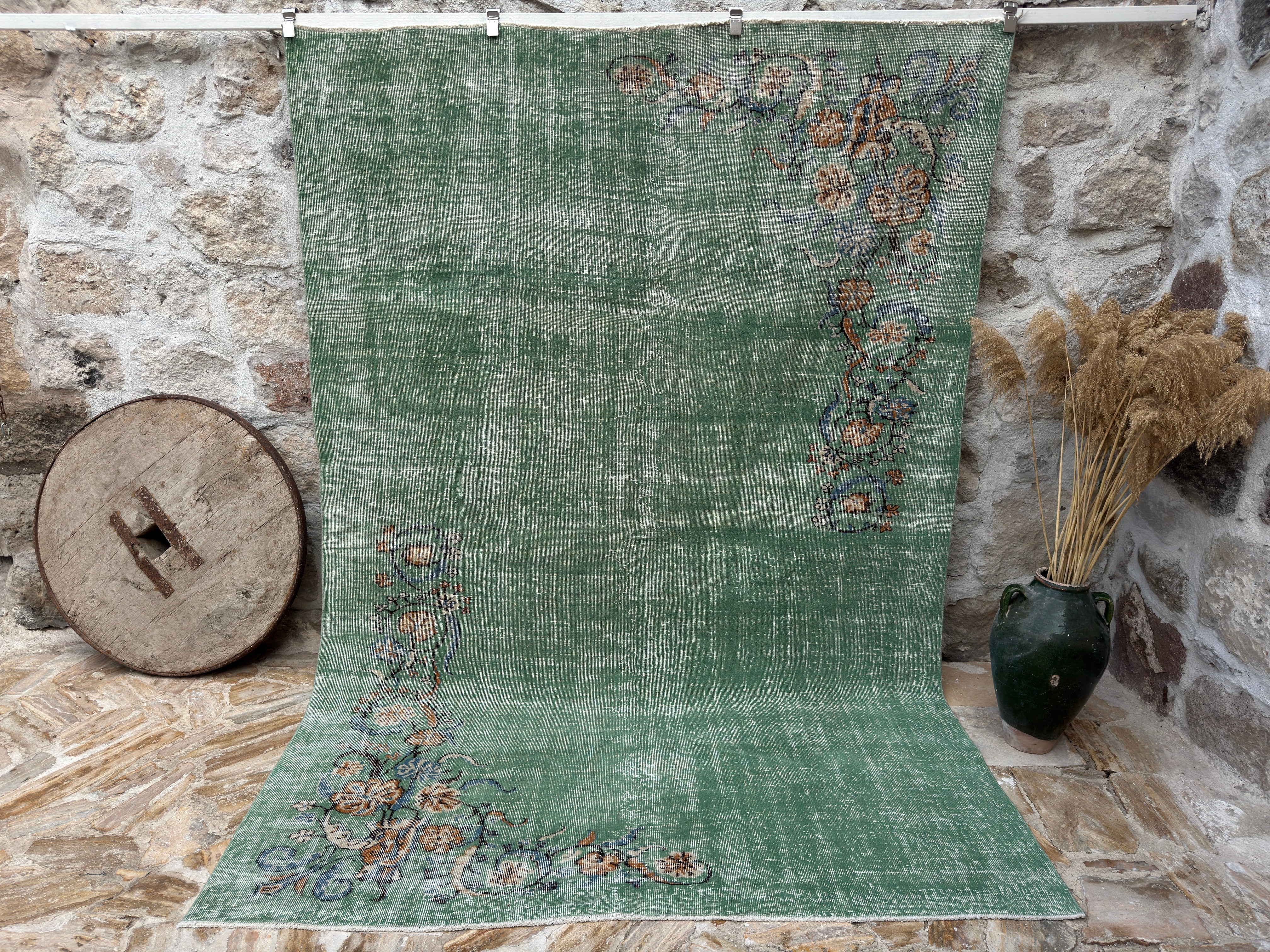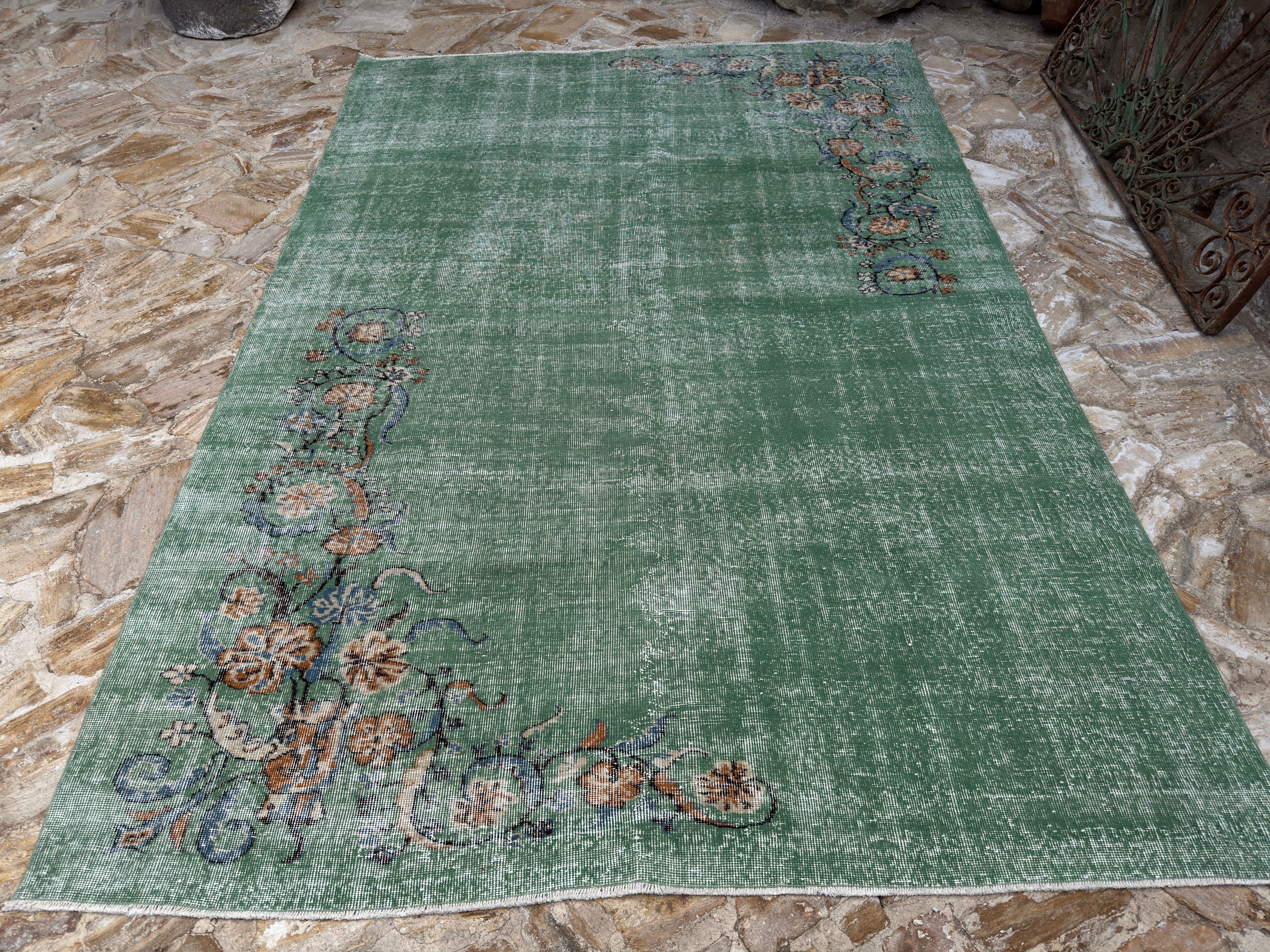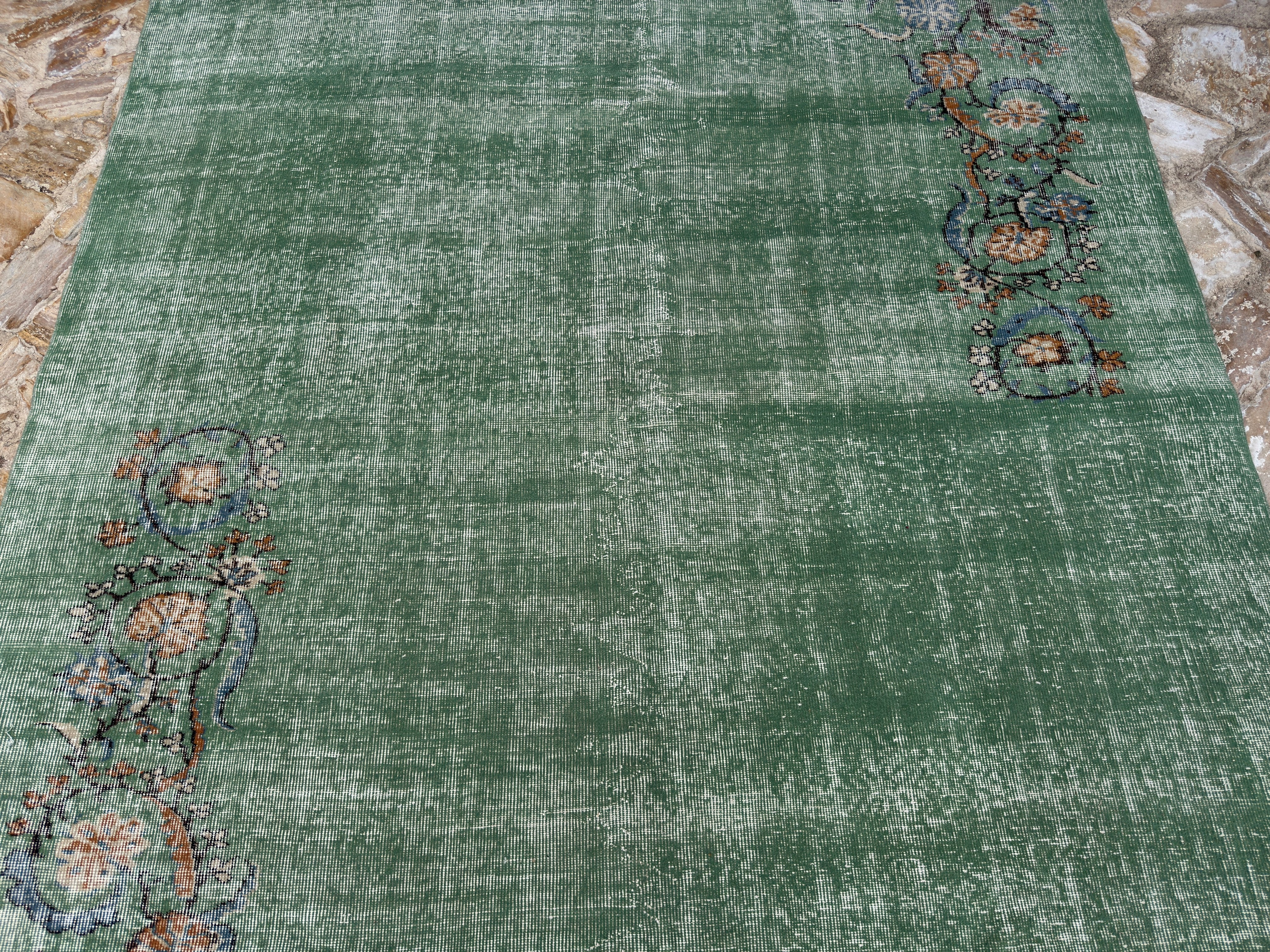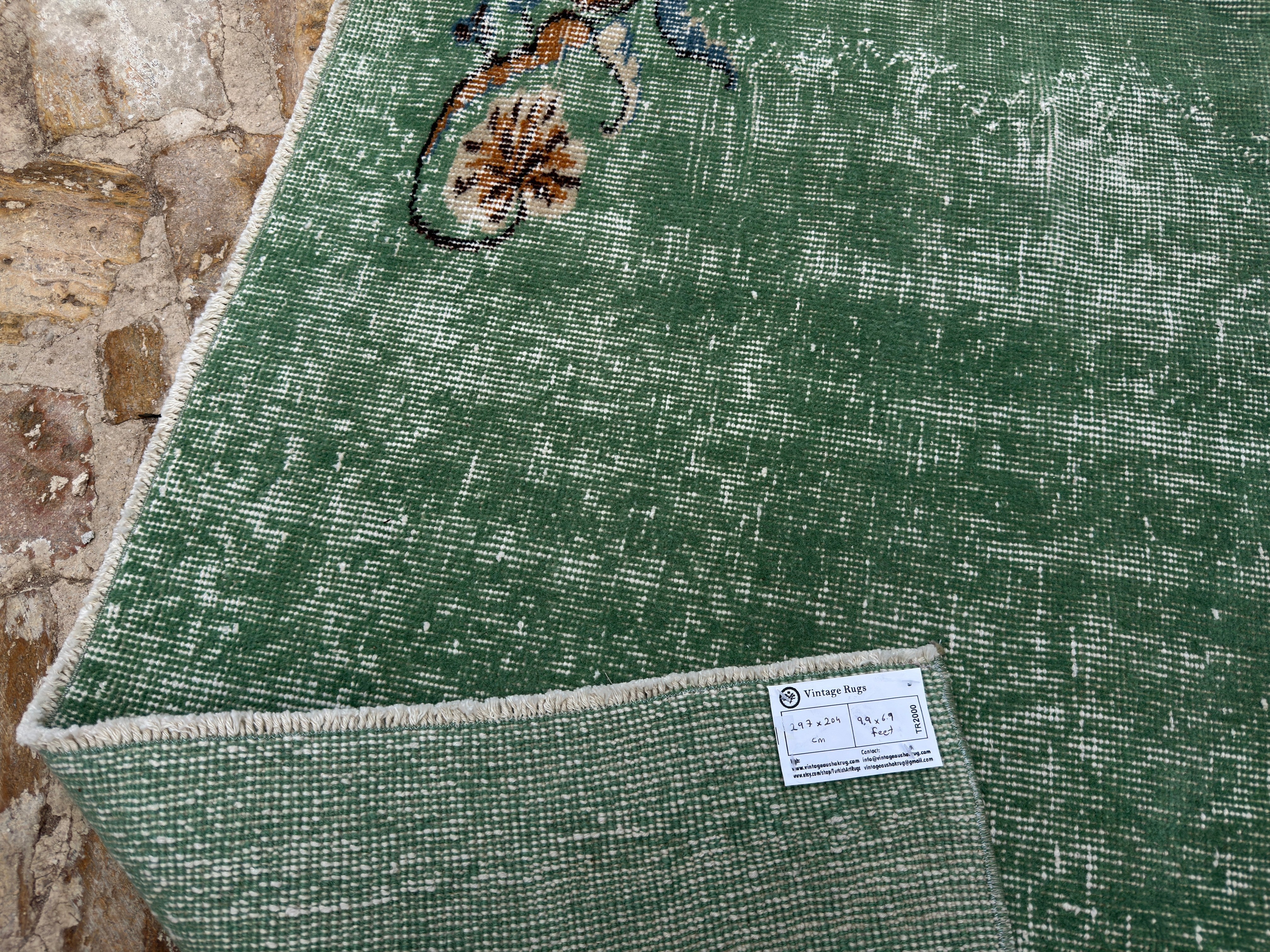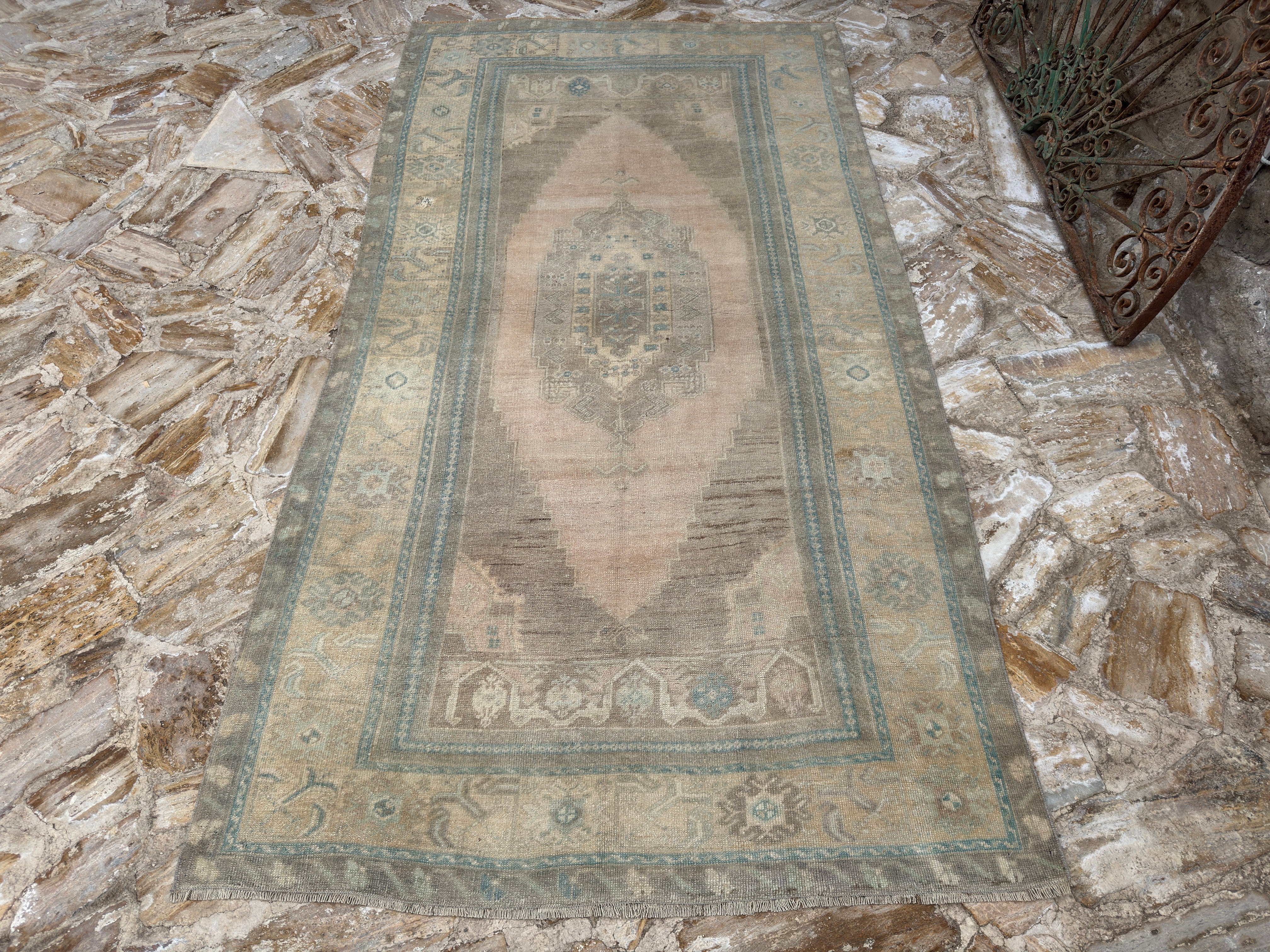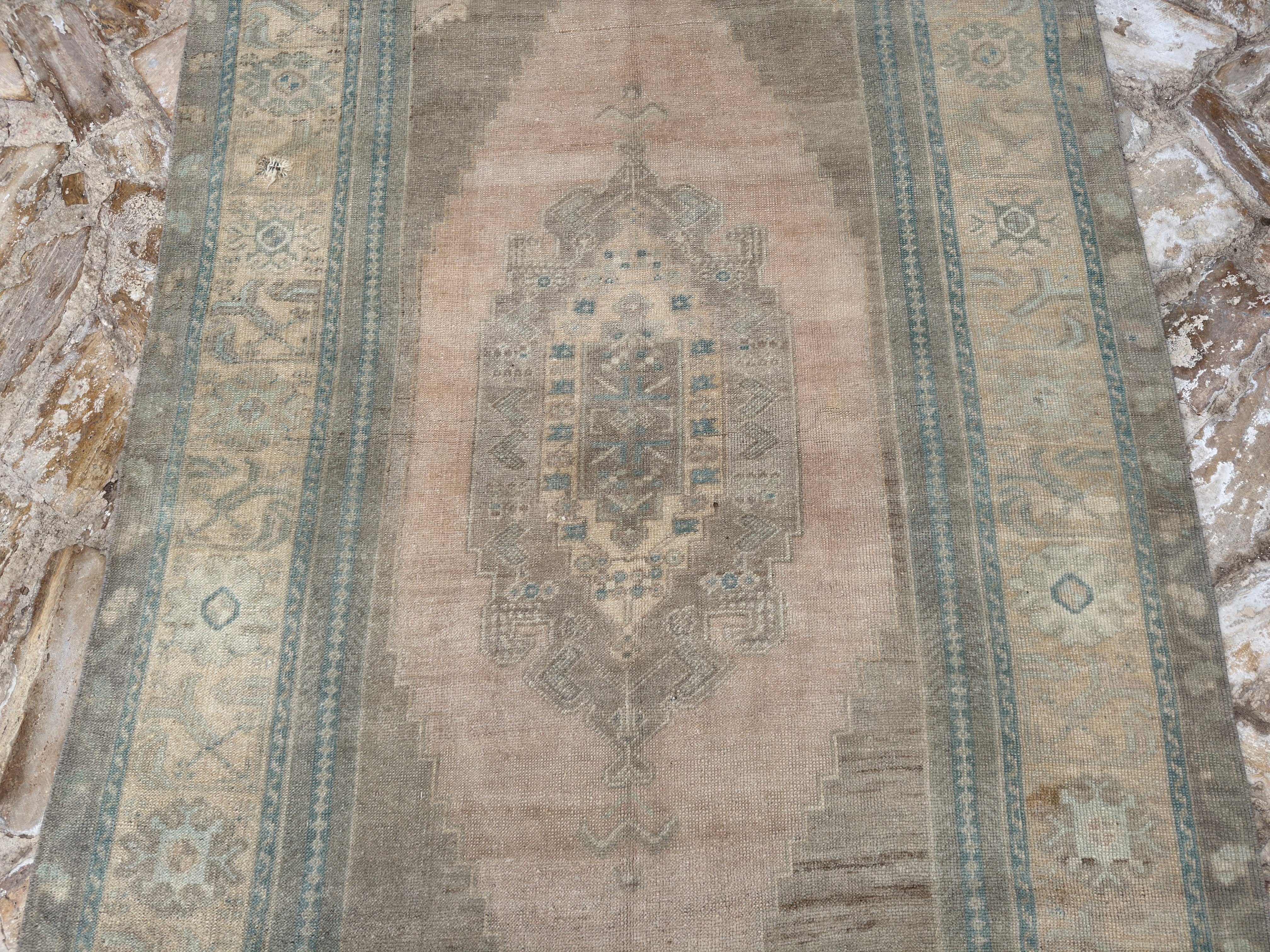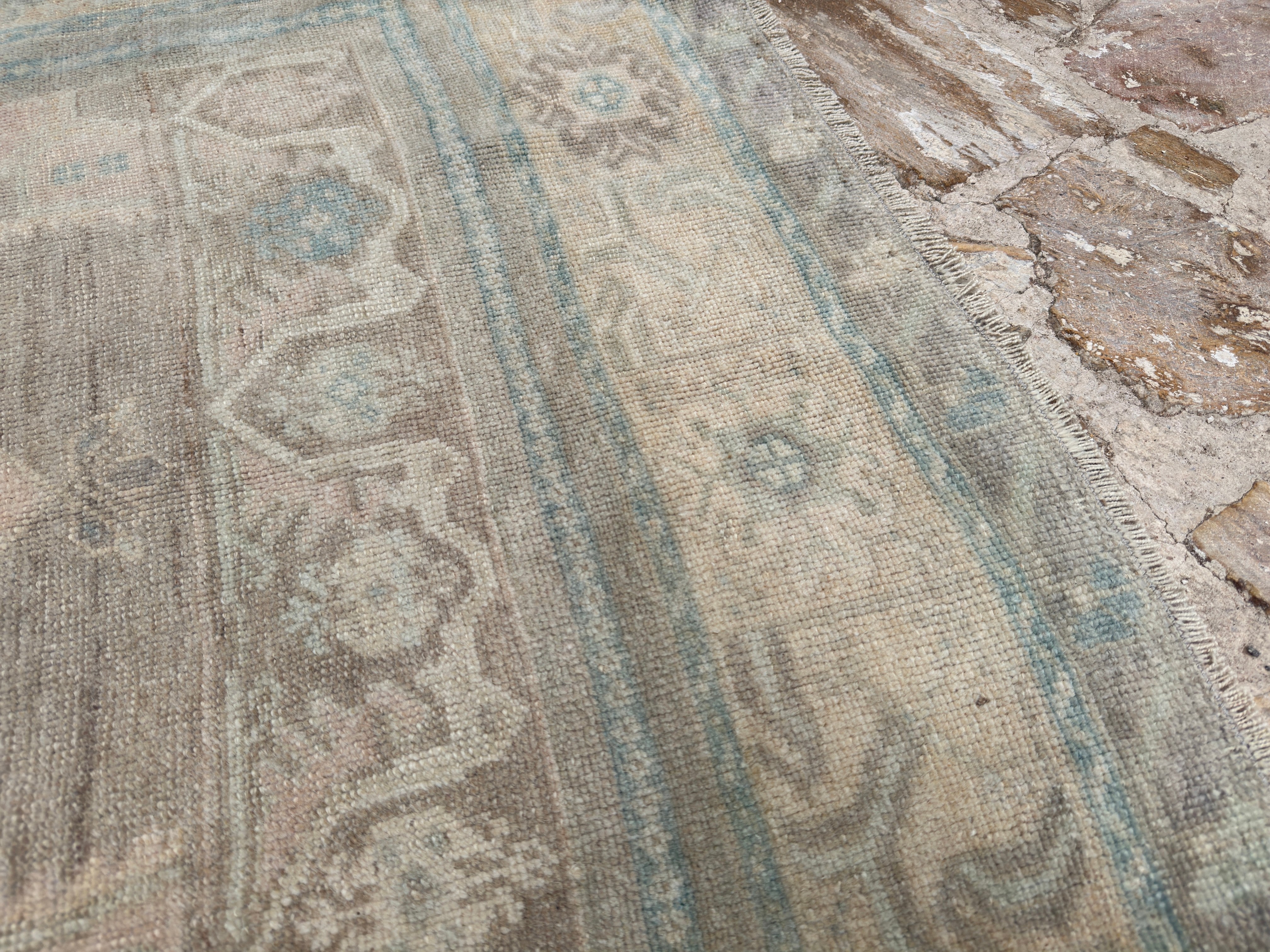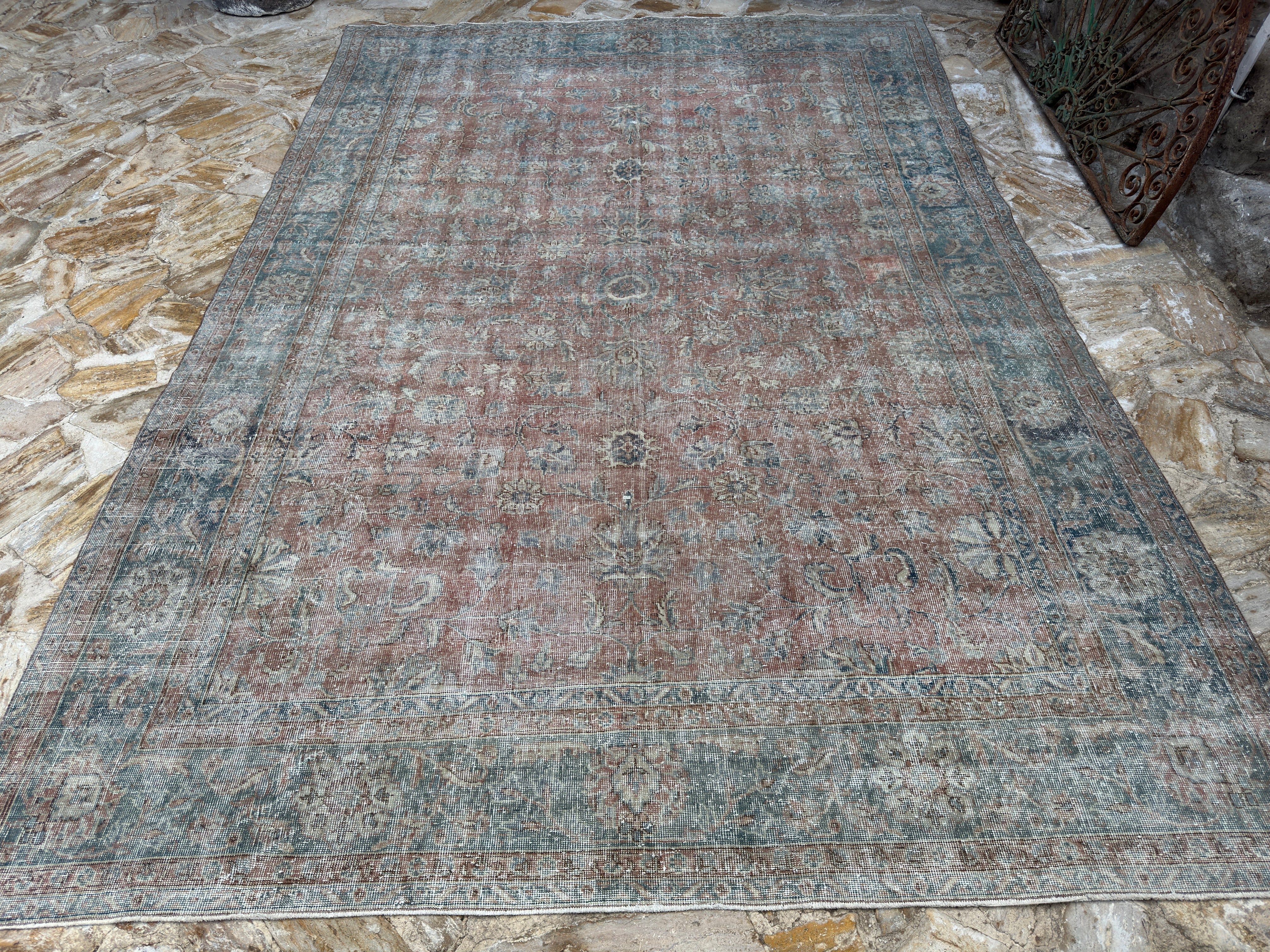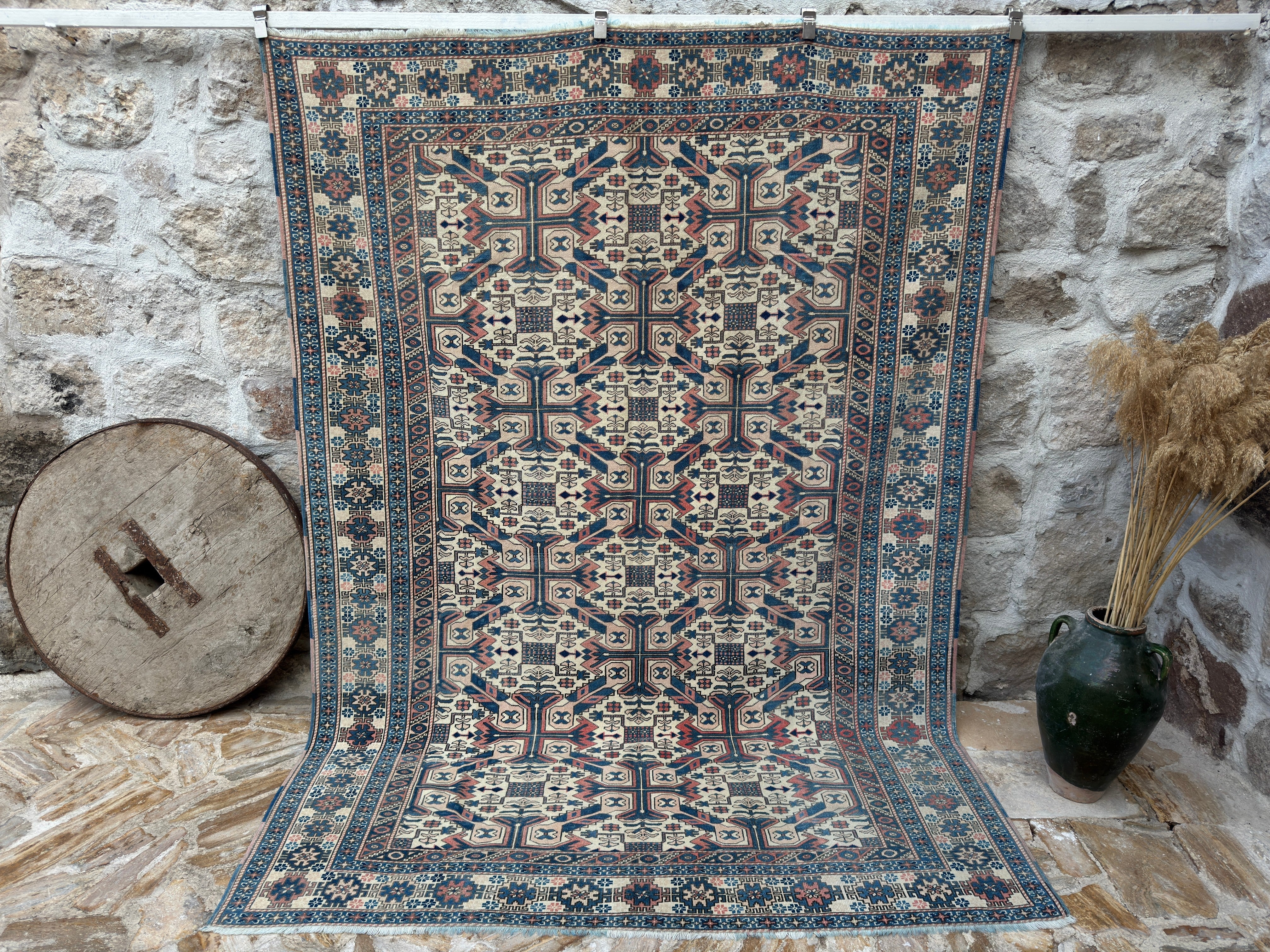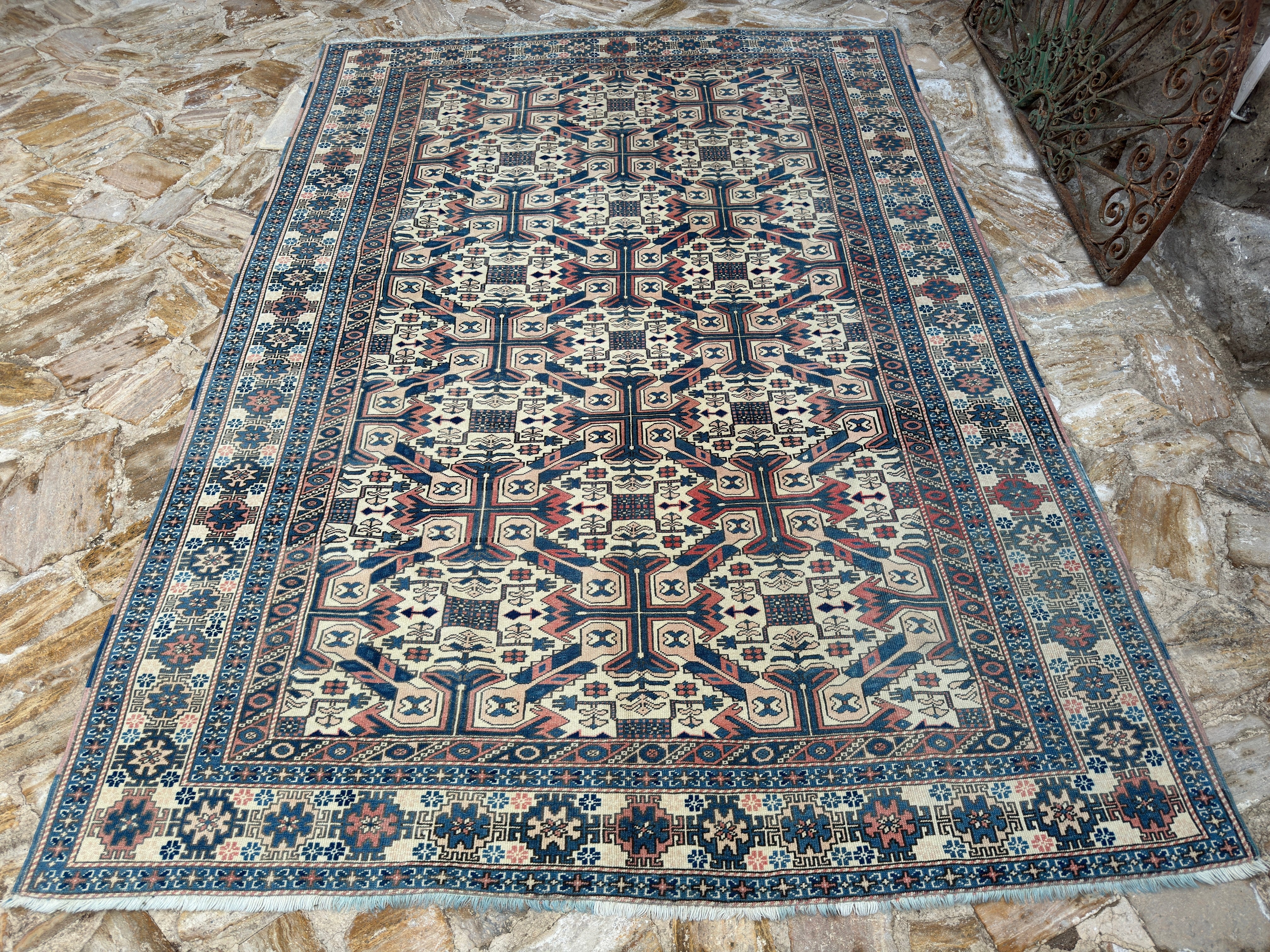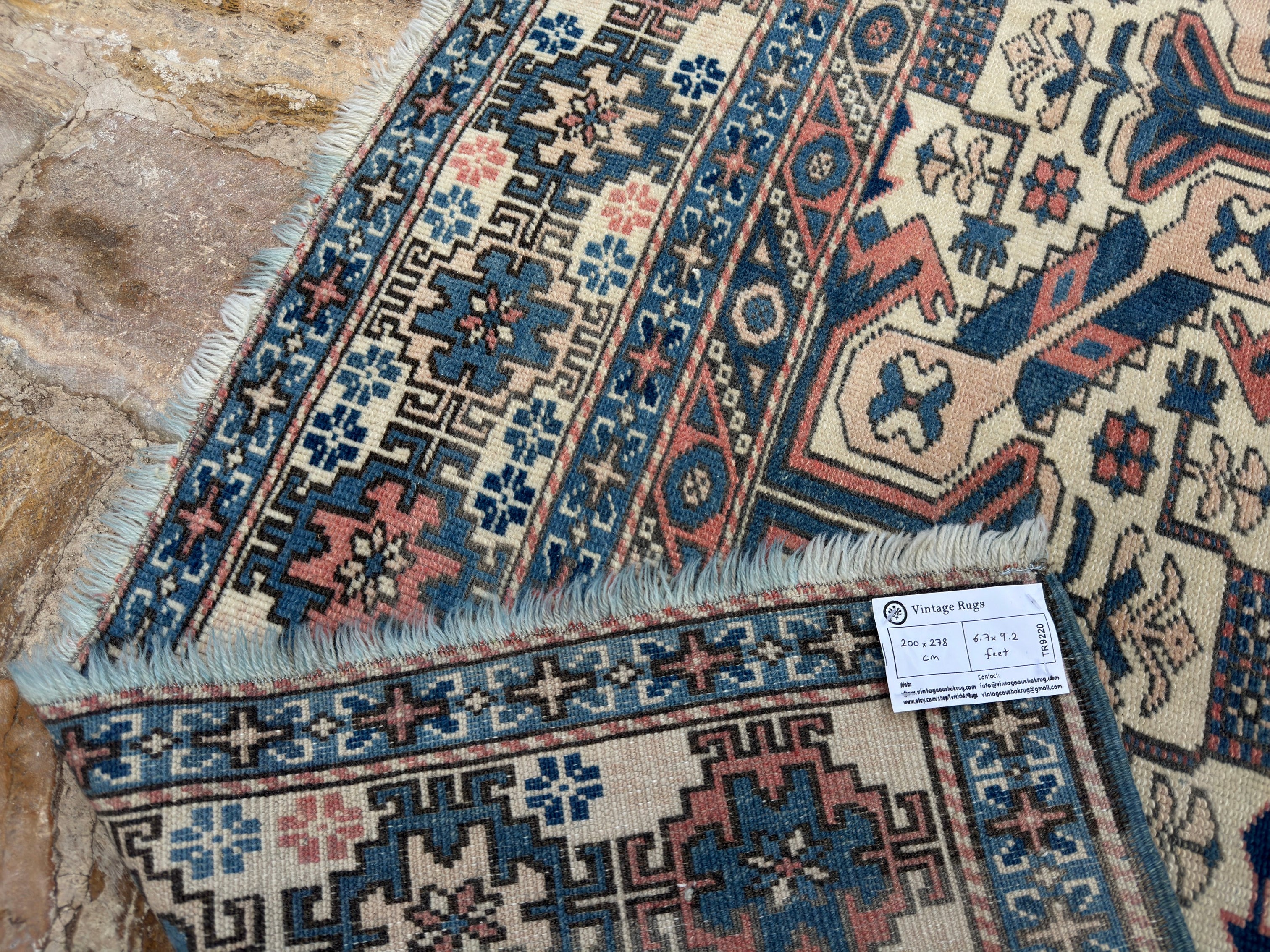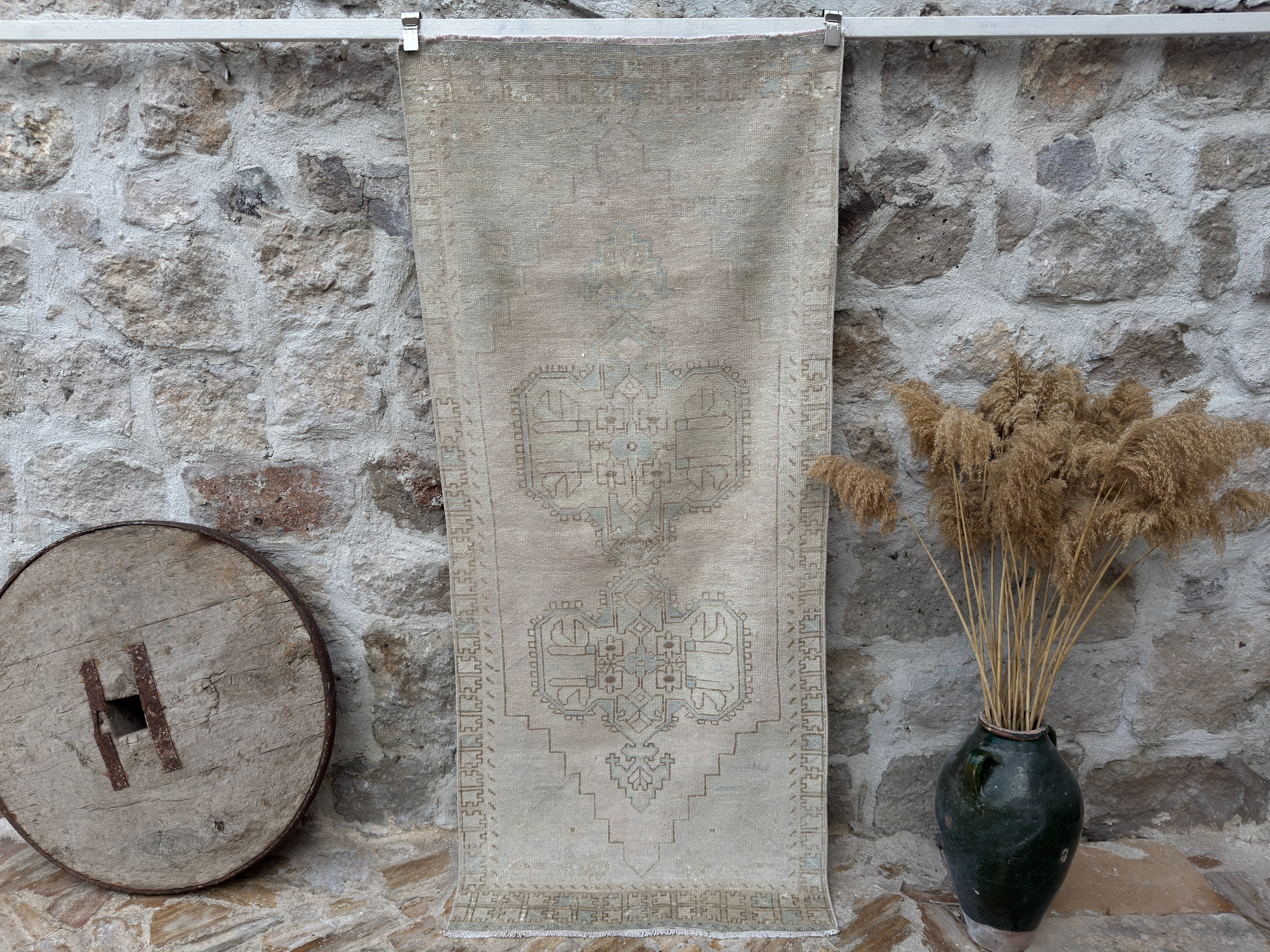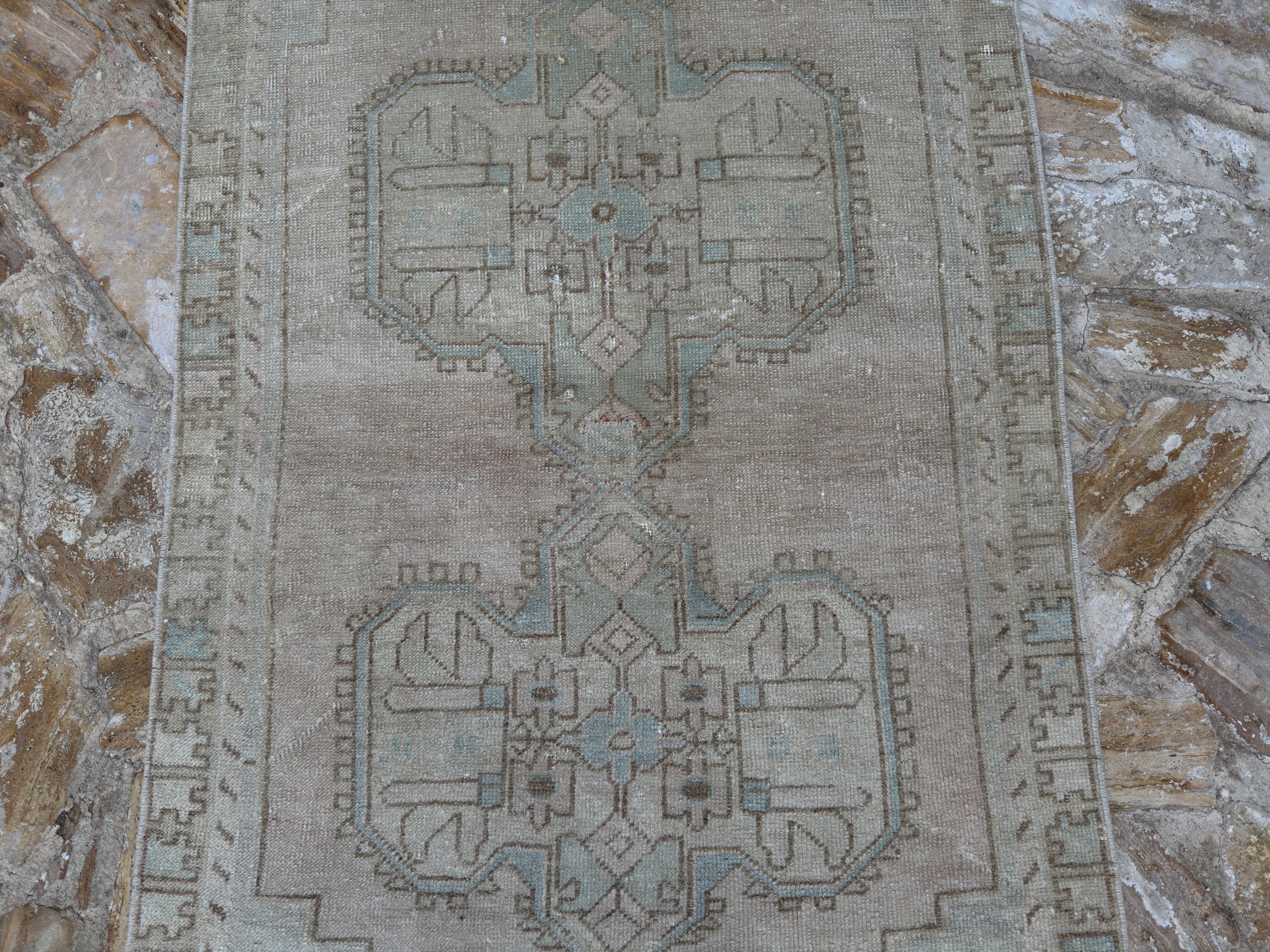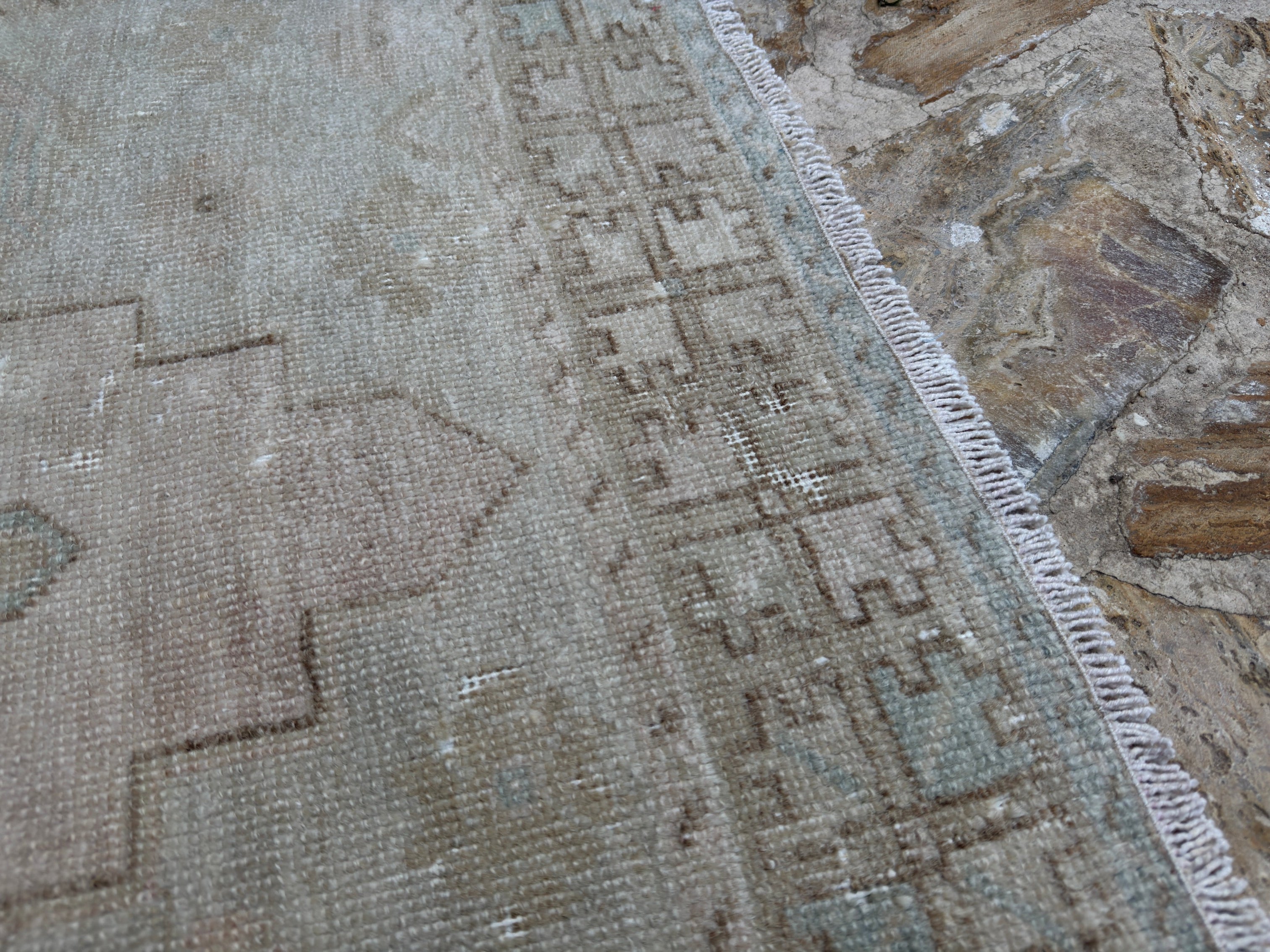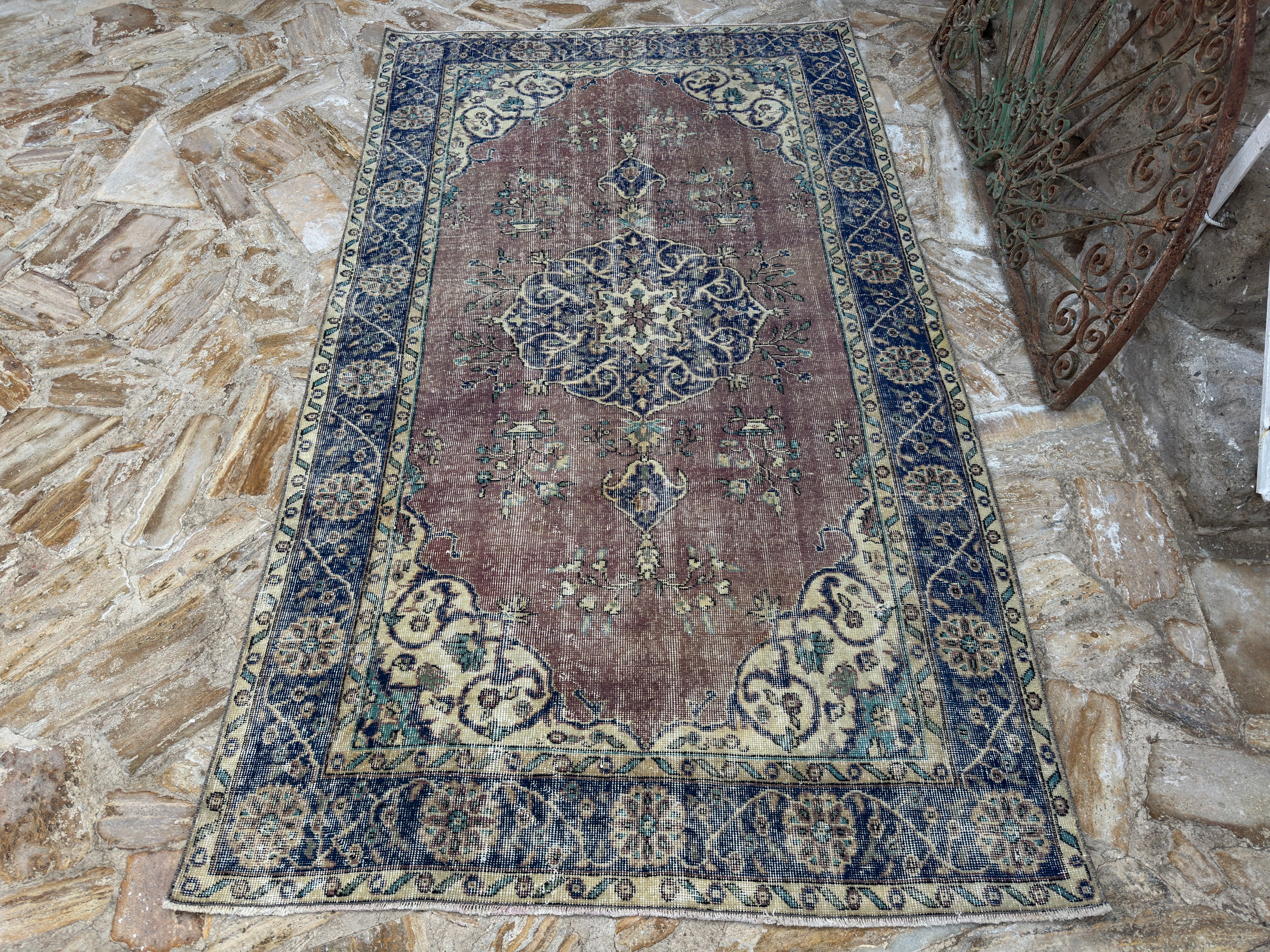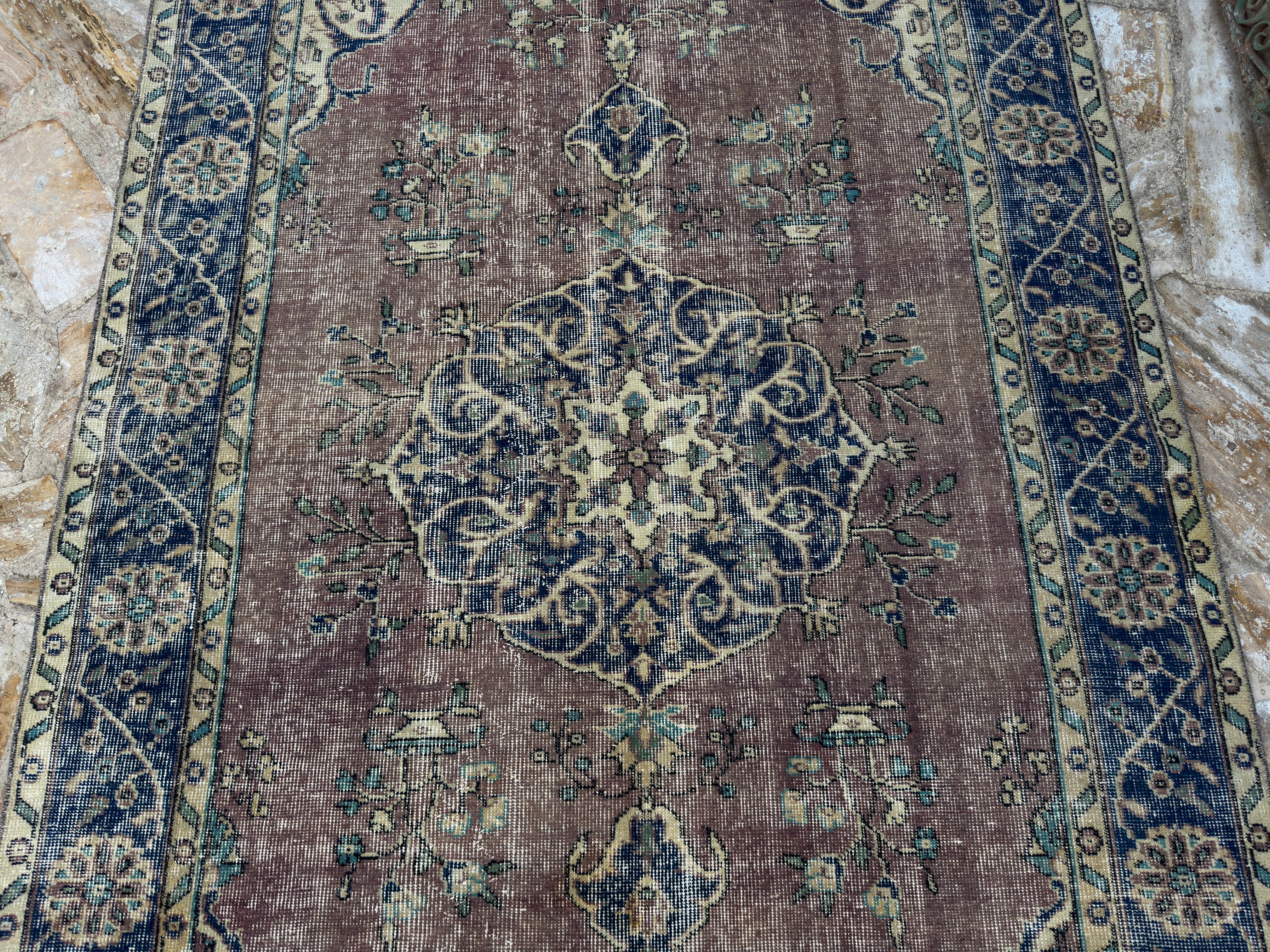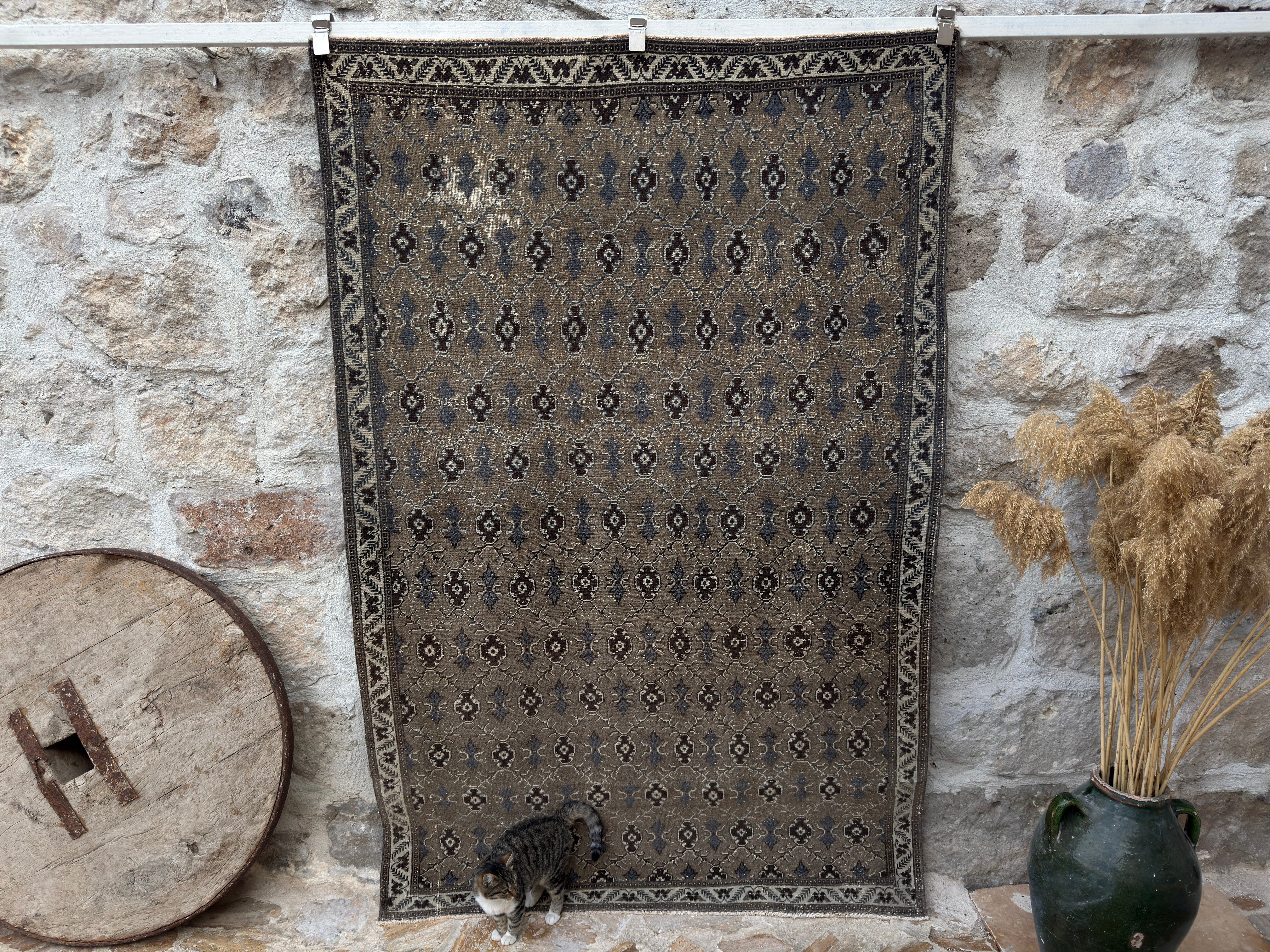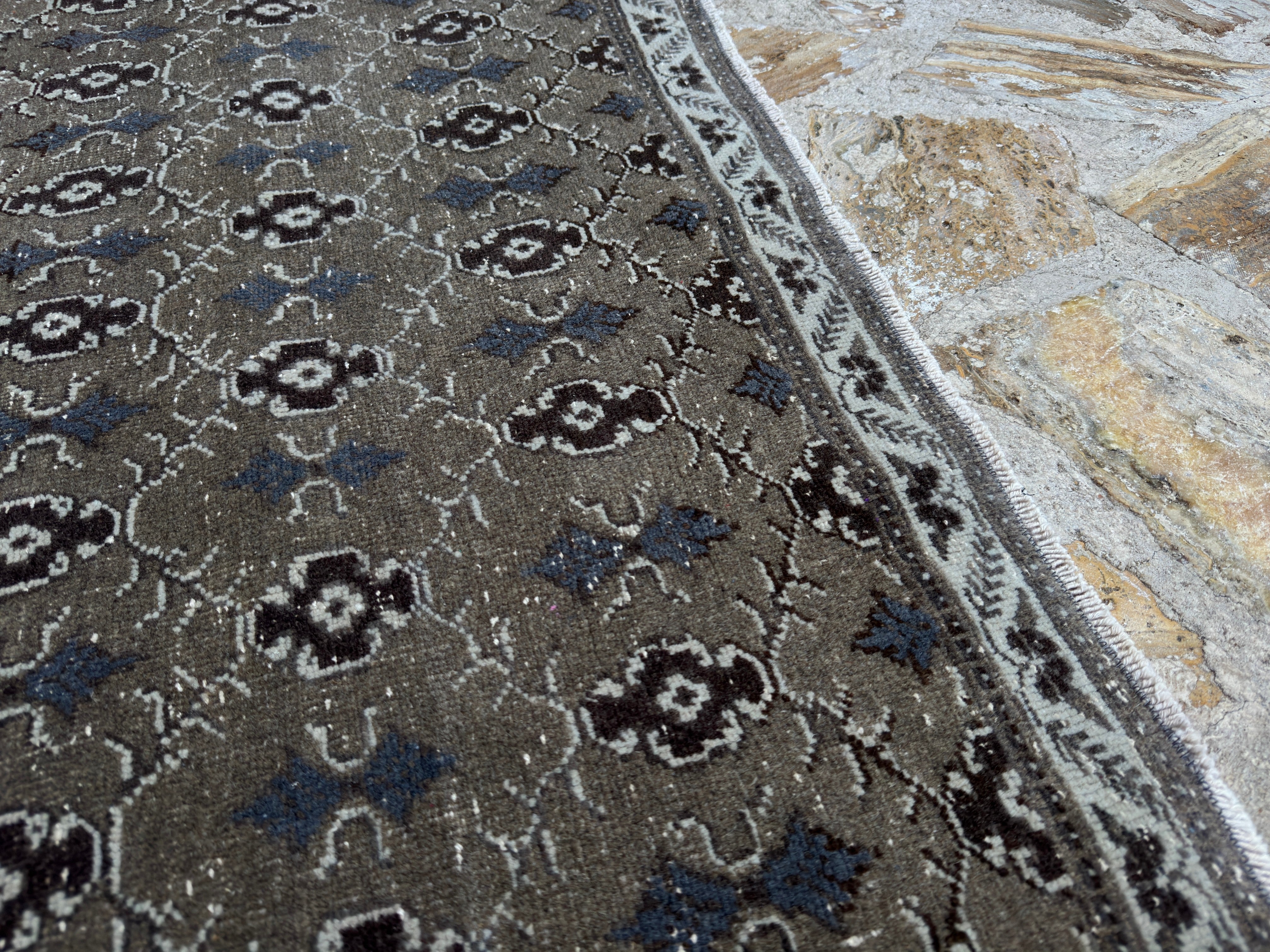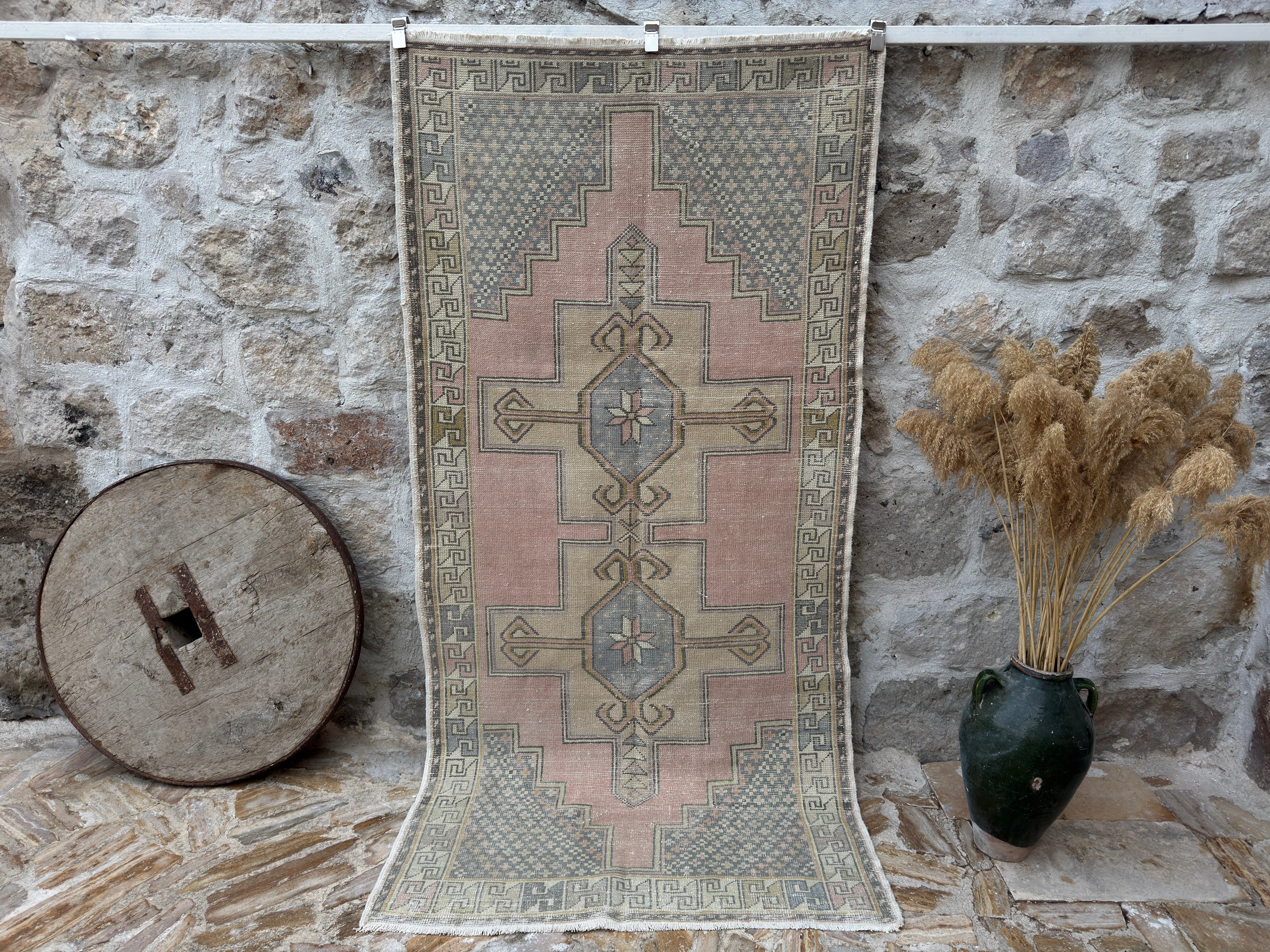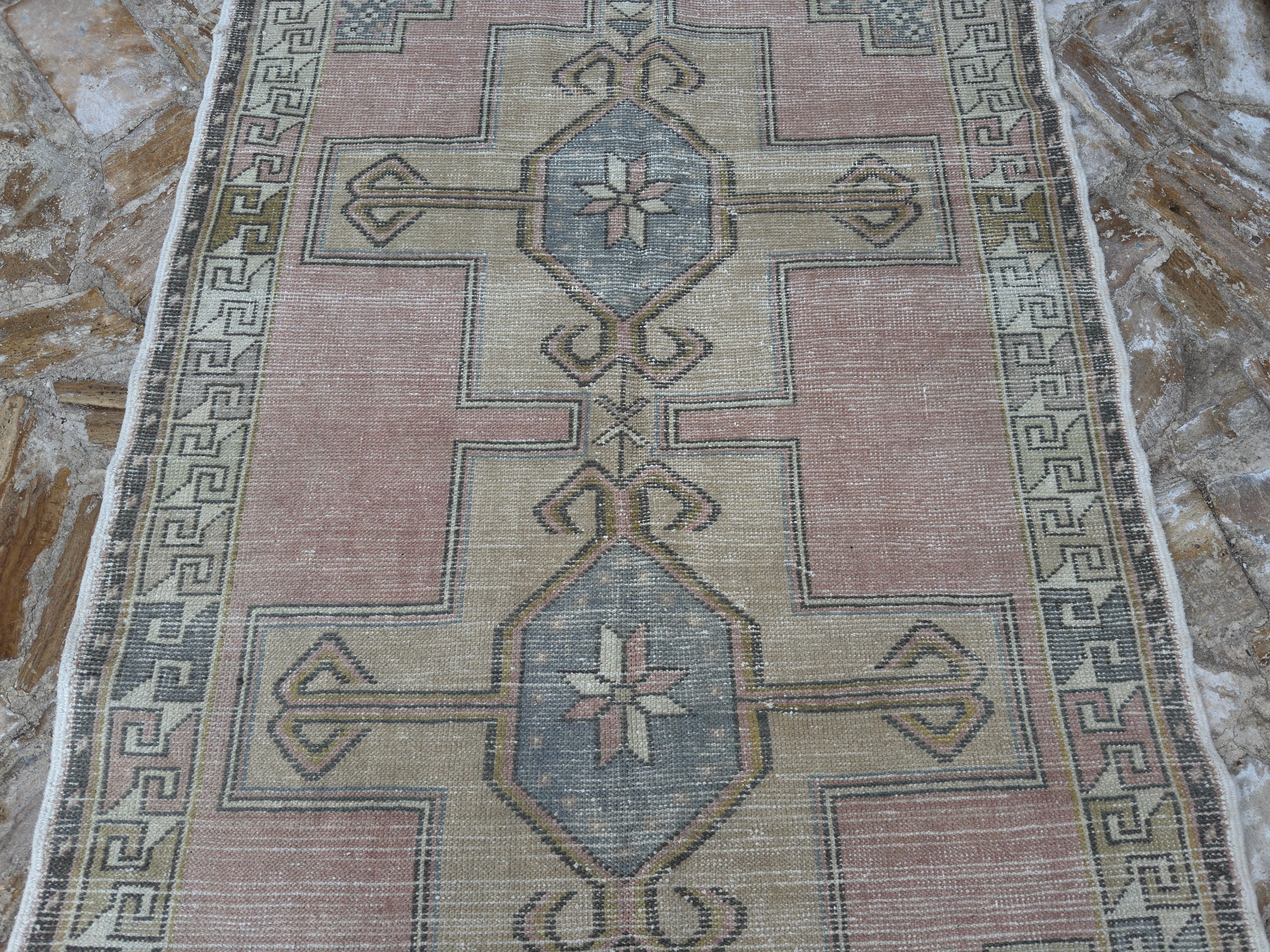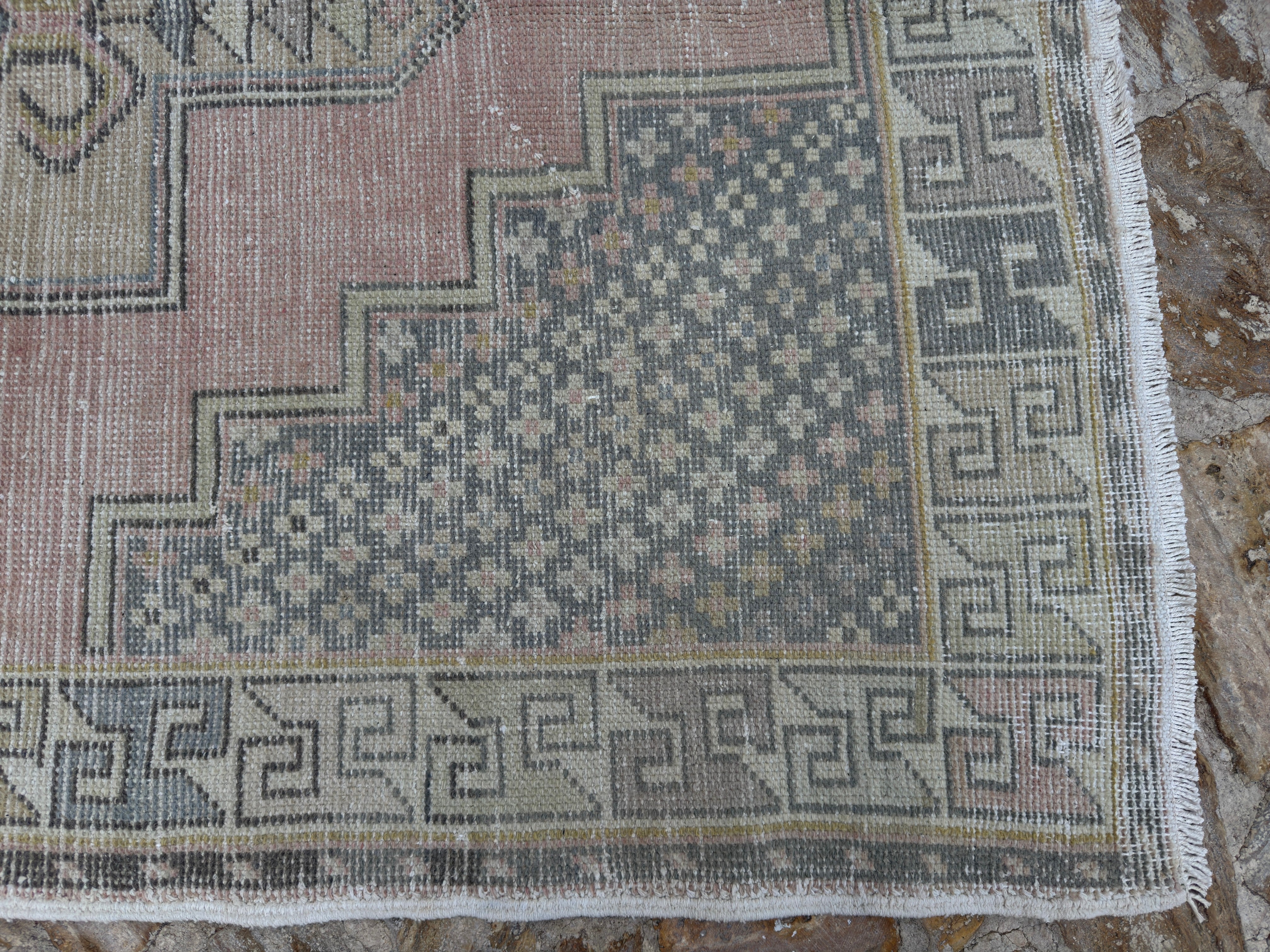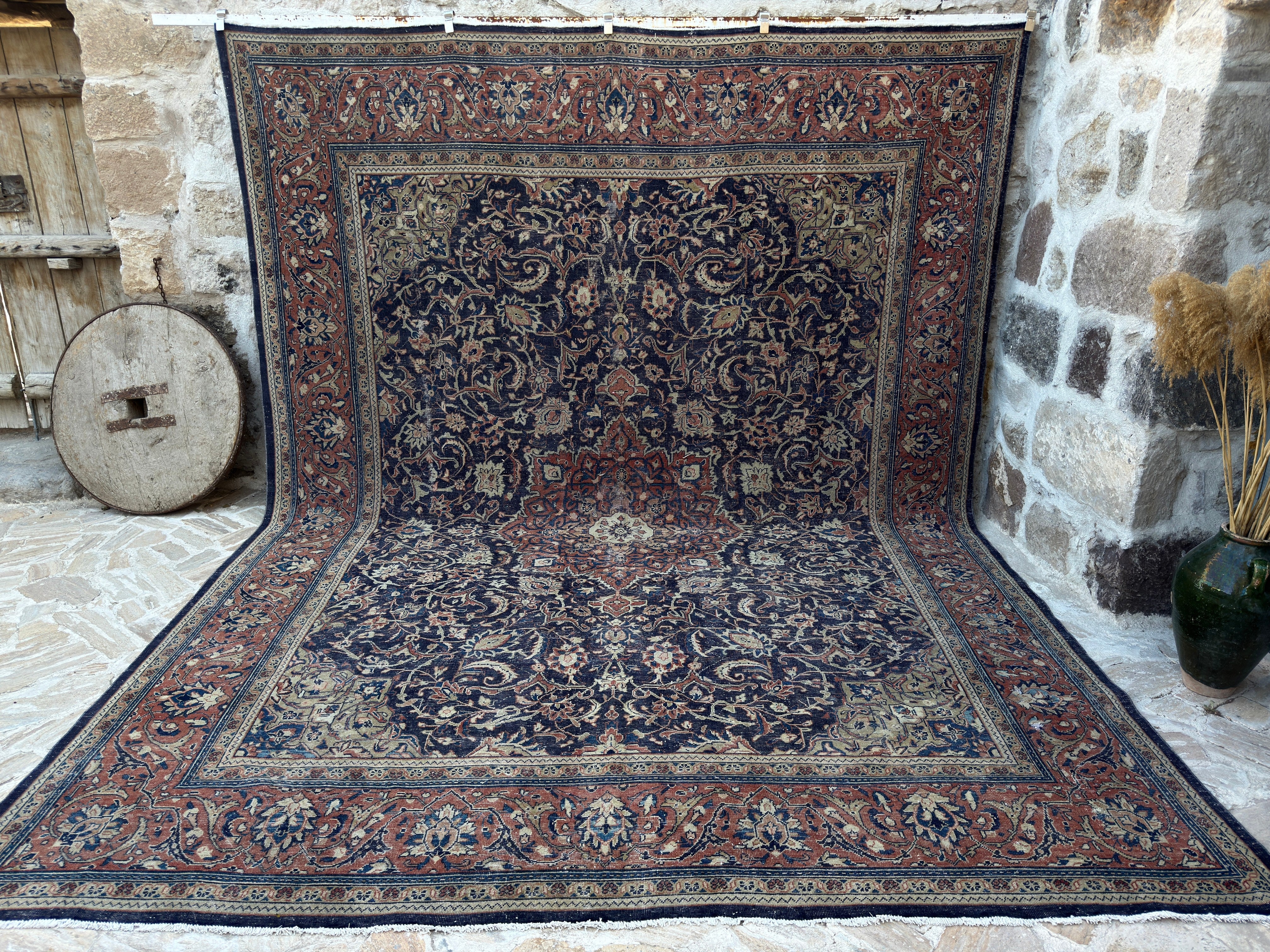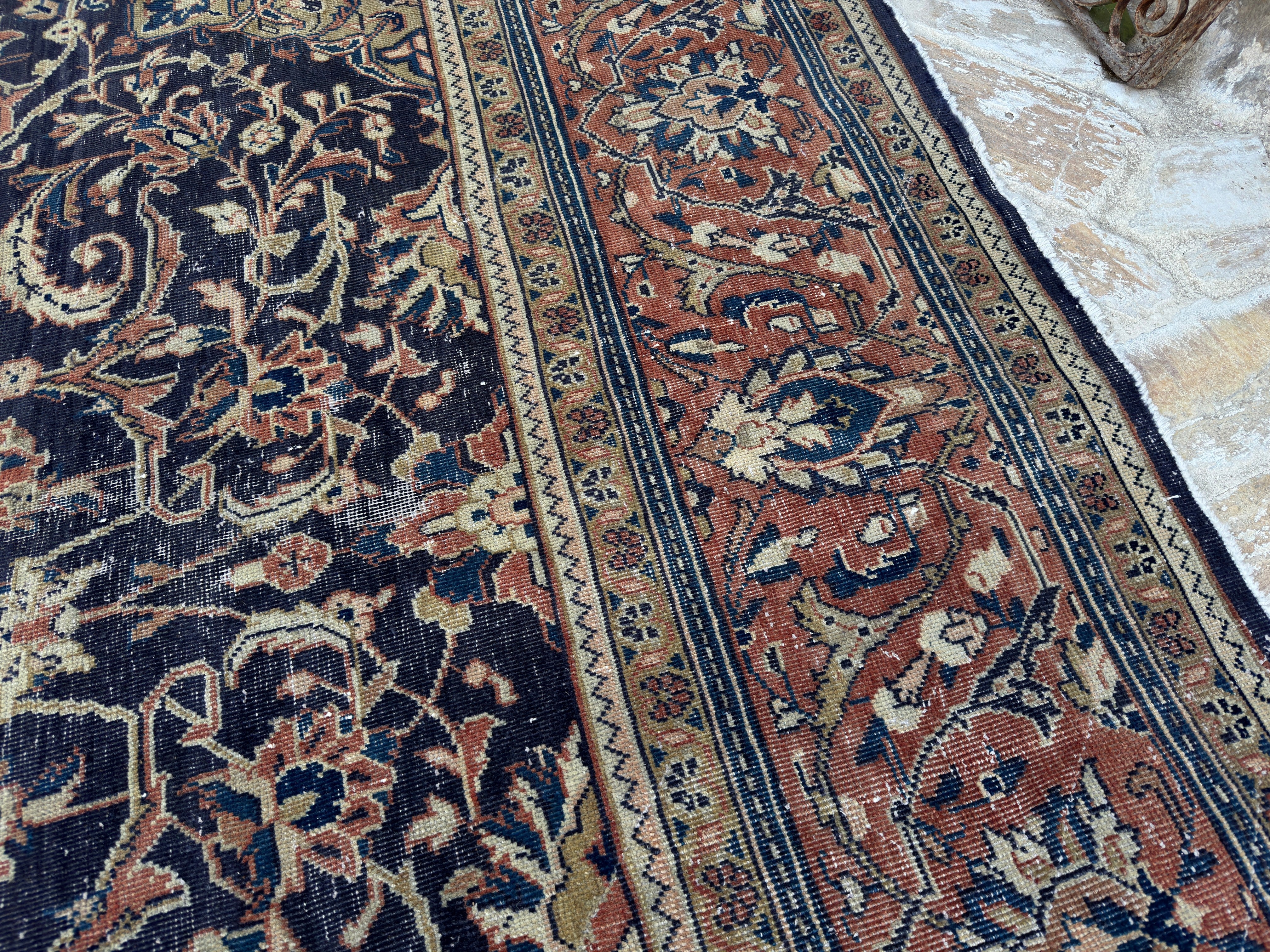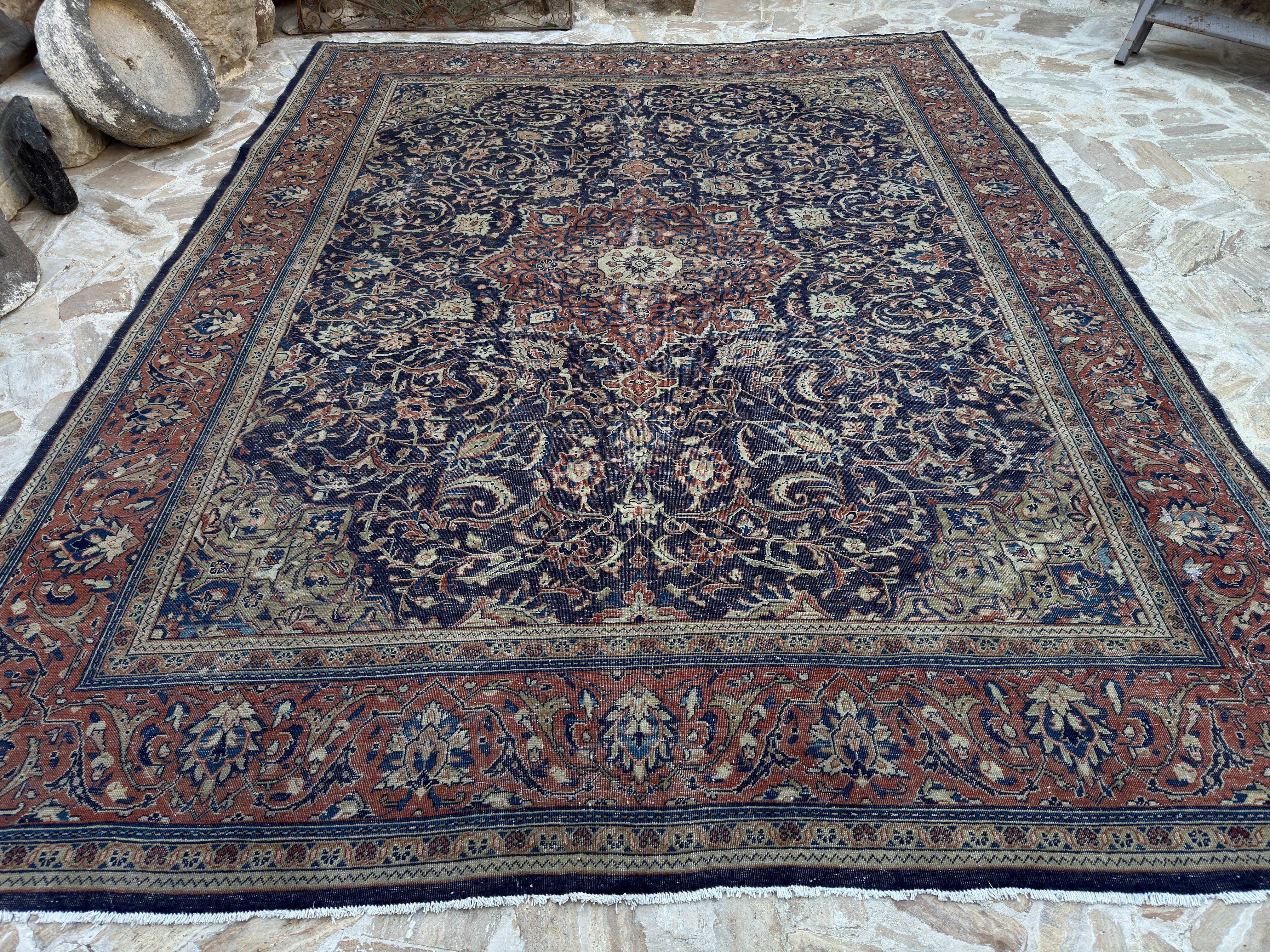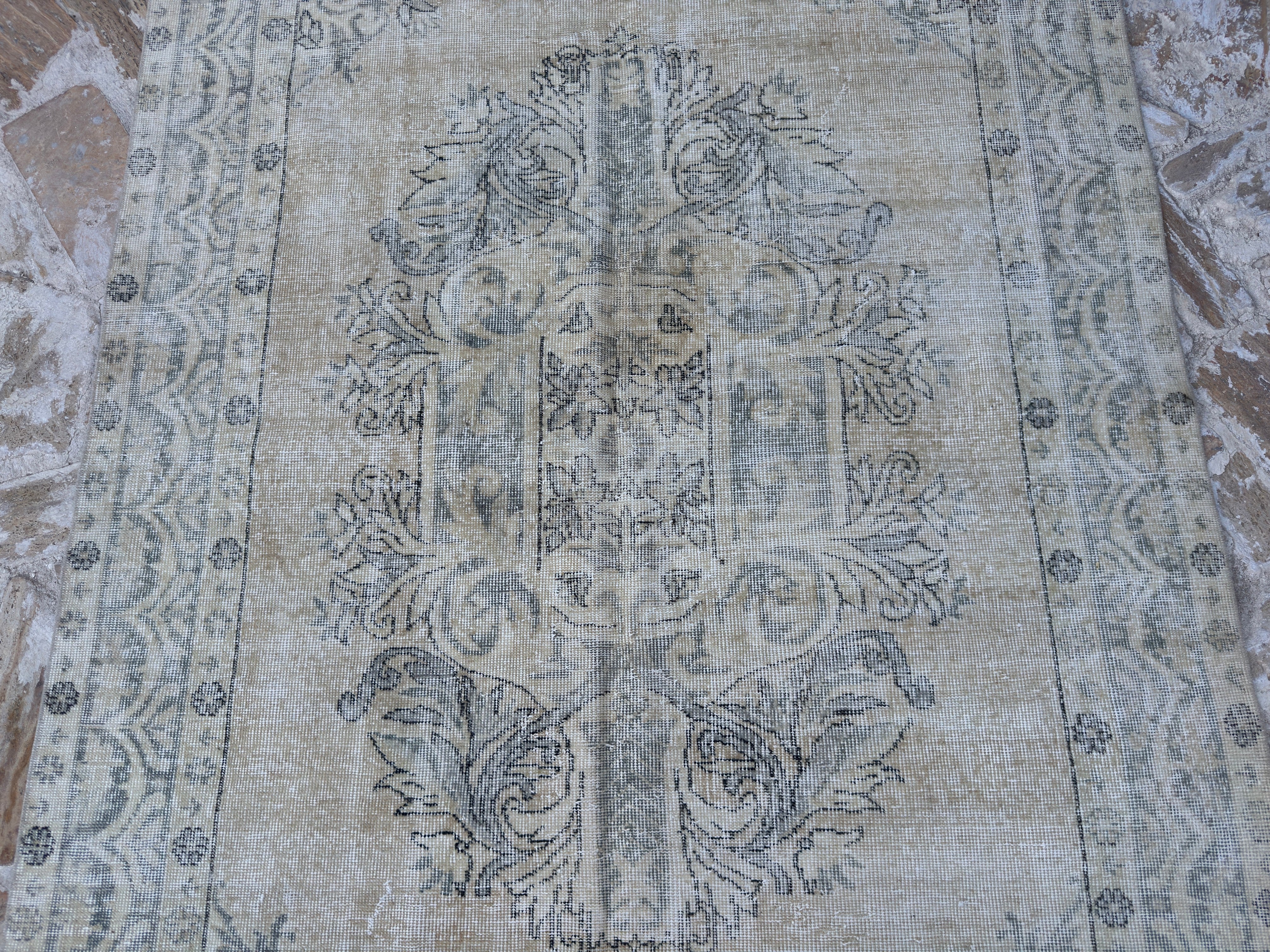
Kids Room Rugs
Brighten up your child's room with our delightful collection of handmade kids room rugs. Each rug is lovingly crafted by skilled artisans, combining playful designs and vibrant colors that spark imagination and joy. These rugs are not only beautiful but also durable, designed to withstand the energy and adventures of little ones. Our handmade kids room rugs are made from safe, high-quality materials, ensuring a healthy environment for your child
Rani 7' x 10'2"
Tabby 6'9" x 10'8"
Worth 7' x 9'10"
Tessy 6'6" x 10'
Rica 6'7" x 9'8"
Noelyn 7' x 11'
Maxy 5'5" x 9'7"
Gui 7'8" x 10'10"
Melly 7’1” x 10’4”
Kayley 6'7" x 9'8"
Jayme 6'10" x 10'9"
Clea 7'10" x 11'
Aleen 7’7” x 10’4”
Laina 5’6” x 10’10”
Delinda 6’8” x 9’8”
Grier 7'7" x 11'3"
Keri 6’7” x 8’
Nita 4’9” x 8’2”
Sonja 5’1” x 7’4”
Madelin 10’3” x 14’3”
Joanie 7’9” x 11’7”
Janis 5' x 8'5"
Denna 3'8" x 6'
Yalonda 3'10" x 7'1"
Teri 5'8" x 8'
Pammi 6'3" x 10'1"
Ardra 6'7" x 11'1"
Ferne 6'9" x 9'9"
Hulda 2'4" x 5'2"
Lexy 7' x 10'
Sandie 4'7" x 8'9"
Pris 4'6" x 10'4"
Valerie 8' x 11'5"
Samir 6'7" x 9'2"
Prue 3'2" x 7'3"
Jyoti 4'10" x 8'5"
Anica 4'6" x 6'9"
Giralda 4'1" x 8'4"
Kelly 10’7” x 14’
Margret 4’7” x 8’
EVERYTHING YOU NEED TO KNOW ABOUT KIDS ROOM RUGS
Vintage Kids Room Rugs & Vintage Nursery Rugs
Starting from the beginning, you can create a supportive environment for your child. Our children's and nursery room carpets at Kirmen combine classic design with contemporary functionality, providing a tastefully chosen assortment of vintage nursery rugs that give both safety and flair. Whether you're looking for the best nursery rugs for a new baby's crib-side retreat or decorating a quirky vintage children's room, our selections are carefully chosen for their strength, comfort, and visual coziness.
We'll address your most important queries in concise, educational paragraphs in this guide, which will assist you in selecting, positioning, and caring for the ideal rug for your child's room.
What types of rugs are best for a baby nursery?
A nursery's foundation choice must strike a balance between simplicity of maintenance and softness underfoot. The best nursery rugs, such as flatweaves, loomed cotton mats, and short-haired wool blends, frequently have low to medium pile heights. While premium synthetic mixes, like recycled polyester, provide stain resistance and rapid-dry technology, natural fabrics, like cotton and wool, are breathable, hypoallergenic, and kind to delicate skin. A wool nursery rug is a good option because of its natural ability to wick away moisture and resist flames. The majority of handwoven cotton pieces are machine-safe or spot-clean friendly, adding a handcrafted flair without compromising on practical washability. These decisions minimize slipping hazards, keep play areas comfortable, and guarantee quick cleanup following any spilled snacks or art accidents.
Which rugs are good for nursery durability?
Nurseries are bustling places where you may witness everything from babies moving to siblings sharing stories and, at the end of the day, maybe building Legos. Sturdy rugs retain their character, endure frequent use, and adjust to changing décor. Low-pile, flatweave construction is the winner here because of its tight, consistent weave pattern, which resists stains and pulls. While flatwoven Anatolian kilims are valued for their sturdy craftsmanship—they withstand active play without fading because of vegetable-dyed, colorfast yarns—a rug for a child's room made from jute-cotton mixes adds texture while still holding up to wear. Look for short, dense piles that rebound after footfall rather than flattening out permanently if you like your feet to feel soft. Double-stitched backings and reinforced binding on the edges further prolong a rug's lifespan; these features guarantee that your old nursery carpets can be turned into treasures that will be passed down through the generations.
Do you need a rug in the nursery?
Of course. In addition to being aesthetically pleasing, a rug in a nursery can be used to define zones, cushion tumbles, and warm cool flooring. Even simple arrangements have advantages: a bigger mat beneath a changing table collects supplies rather than hard tile, and an accent rug beneath a nursing chair offers a dedicated reading area. Carpets in nursery rooms absorb sound, reducing echoes and fostering a calm environment that is ideal for naps. Additionally, when they learn to roll and crawl, babies who experiment with tummy time develop confidence as they learn to obtain traction on textured surfaces. Rugs placed strategically in children's rooms can help stabilize furniture, keeping little tables or rocking chairs from moving, extending safety and style in a space that changes every week.
Is a wool rug good for a nursery?
Yes, and for a number of strong reasons. Wool nursery carpets are excellent for both performance and environmental health. Most spills bead up rather than soak in because wool fibers have a waxy layer that repels liquids, making them inherently soil-resistant. Without the need for chemical treatments, flame resistance is inherent, lowering the risk of fire. Because of its bulk, wool resists crushing and maintains its soft texture even with heavy use. Additionally, by directing moisture into the wool core, where it evaporates, wool wicks moisture away from the surface and blocks odors. A rug with these qualities will remain fresh in between cleanings. For environmentally conscious parents, wool is one of the most sustainable solutions because it is renewable and biodegradable. Any vintage children's room can have a hypoallergenic, long-lasting focal point if you combine a kebab-weave wool rug with a waterproof underlay to protect flooring and lessen slippage.
How Can I Choose The Best Vintage Rug For Kids’ Rooms And Nursery Rooms?
Scale, appearance, and safety must all be considered when selecting the perfect vintage item. The crib zone, play nook, and reading alcove all have different sizes and pile requirements, so start by measuring your space and noting any locations that see a lot of activity. Next, decide on the pile height that you want. While medium-pile knotted rugs provide cloud-like softness and low-pile woven rugs reduce tripping, be sure that cleaning is simple. Think about the fiber content: blends with recycled synthetics for stain resistance, or natural wool or cotton for breathability. Check for worn patches or loose threads in any vintage rug. Kirmen's expert cleaning and restoration guarantee that every vintage nursery carpeting satisfies current safety regulations and feels brand new under small hands. Lastly, match the pattern to the concept of your nursery. Classic geometrics, hand-drawn flowers, or whimsical animal themes look well in bright primary colors or subdued pastels. Kirmen's comprehensive product descriptions demystify the decision process by providing information on pile heights, material certifications, and maintenance recommendations.
Which Vintage Rug Is Best For Kids’ Rooms Or Nurseries?
Practically speaking, hand-knotted kilims and mid-century flatweave runners provide striking vintage accents for children's rooms because they lie flat and need no support, which lowers the risk of a trip. Modern wool mixes in gentle creams and greys fit in perfectly with changing design, while kilims, with their geometric patterns and plant-based dyes, add visual appeal and cultural legacy to spaces. Consider a Ghiordes knot rug for further tactile comfort; its thick weave feels soft underfoot and keeps fibers near the base for easy vacuuming. If colorfastness is important to you, search for rugs that have been re-dyed using low-impact pigments that won't fade or bleed, so your children's room rug will stay colorful for many play sessions.
Where Should You Place A Vintage Rug In Your Kids’ Rooms Or Nurseries?
Placement affects both visual flow and safety. To catch rolling toys and establish a secure area, place a medium-sized rug in the middle of a crib. To create a comfortable storytime nook, place a modest accent piece close to a rocker or reading chair. Little feet value a designated drainage area when moving from chair to floor. Large rugs can be placed beneath a group of seating poufs or under spaces designated for group play in shared bedrooms to create regions without strict boundaries. Each rug layer should always be securely anchored with non-slip pads underneath to avoid shifting during romps. To prevent overpowering patterns, consider one statement item and pair it with neutral or tonal underlays if layering—combining a flatweave foundation with a fluffy topper.
What Size Should My Vintage Rug Be For My Kids’ Room & Nursery?
Reaching the ideal scale guarantees both usefulness and beauty:
Small rugs (up to 2' x 4'): These make great little havens where kids can curl up with their favorite toys in entryways, under door arches, or within play tents. During late-night lullabies, a small wool nursery rug alongside the chair adds comfort.
Medium-sized rugs (2' x 4' to 6' x 9') are perfect for the main nursery footprint because they cover a large area of the floor without protruding under bulky furniture legs, such as beneath cribs, dresser sets, or reading stations. A medium flatweave keeps upkeep easy while adding flair.
Large Rugs (6' x 9' to 8' x 11') are ideal for playrooms, shared bedrooms, or open-concept living/nursery combinations. They offer a single space for play mats, toy chests, and afternoon dance parties.
Before making a purchase, sketch the plan of your room or lay kraft paper out to see the rug boundaries. This will help you avoid any overlaps and guarantee that your new children's room rugs will look great in your room.
How Do I Clean and Maintain a Vintage Rug in a Kids’ Space?
Care must be constant and delicate to preserve heirloom quality. Avoid beater bars that might fray yarns by vacuuming twice a week on a suction-only setting. Clean up accidents right away by using a white cloth to blot liquids, using a water and plant-based detergent solution (avoid harsh chemicals), rinsing with clear water, and blotting dry. To balance out wear patterns in high-traffic areas, rotate the rug every few months. Employing expert cleaning services once a year that have experience with natural and vintage textiles will revitalize texture, bring back color vibrancy, and remove deeply buried filth without the use of abrasive treatments.
Are Natural Dyes and Fibers Safe for Nursery Rugs?
An environmentally responsible substitute for artificial colorants, natural dyes made from plants, minerals, and insects (like cochineal) lessen the possibility of irritation in settings where children are present. Rugs colored with walnut hulls, indigo, or madder root produce subtly rich colors and have been used for millennia without posing any health risks. Similarly, textiles like hand-sheared wool, jute, and organic cotton are naturally hypoallergenic, lightly processed, and free of dangerous finishes. When choosing a vintage nursery rug, seek out vendors who reveal the origins of the fabric and dyes. Kirmen offers transparency on the composition of each piece, so you can be sure that your purchase promotes environmental stewardship and child wellness.




















